site search
online catalog
IDENTIFIED CIVIL WAR US NAVY GROUP OF G.W. BROWN, PUBLISHED IN TIME-LIFE AND IN BLUEJACKETS, EX-STAMATELOS COLLECTION AND TEXAS CIVIL WAR MUSEUM
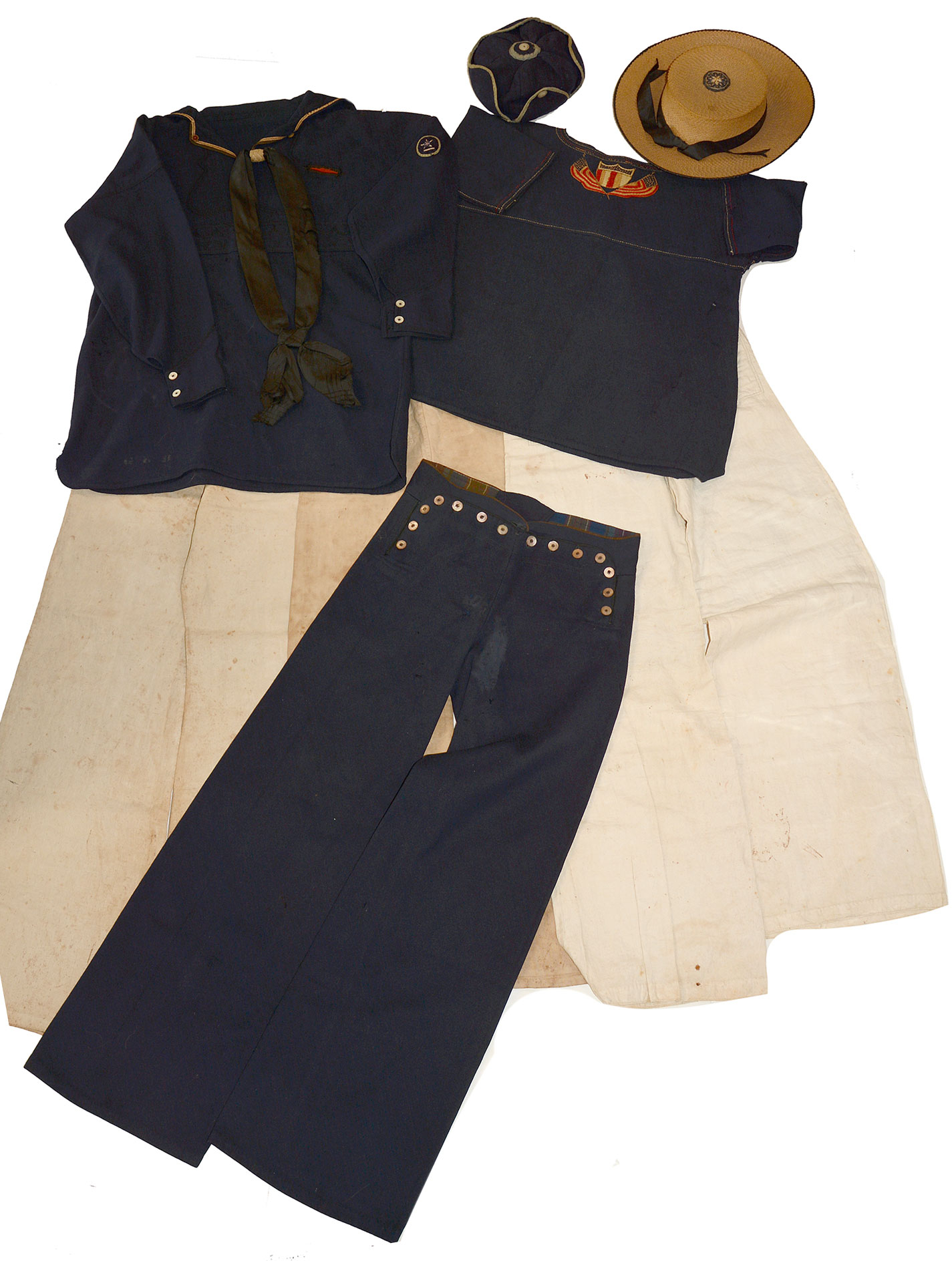
Hover to zoom

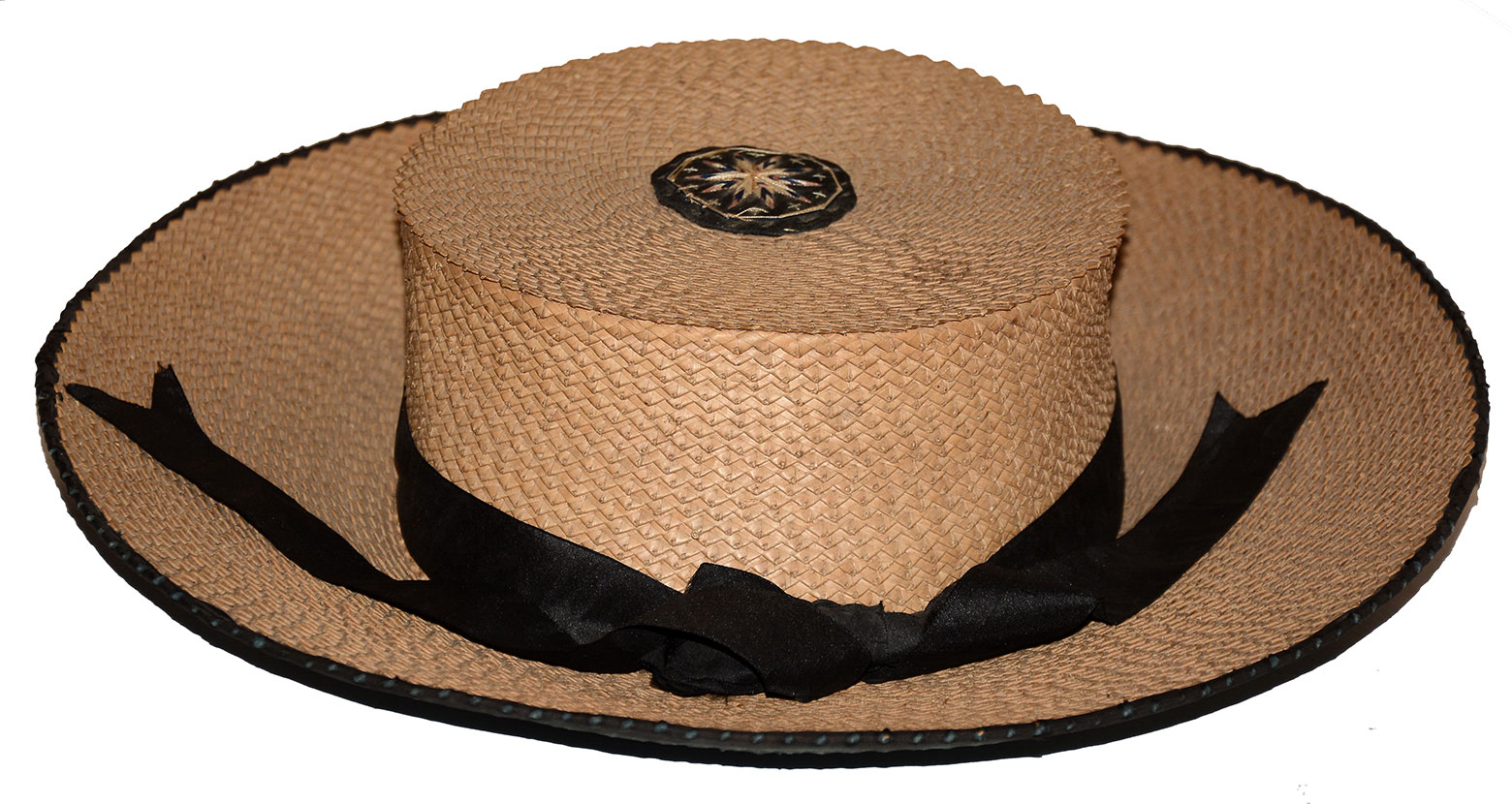
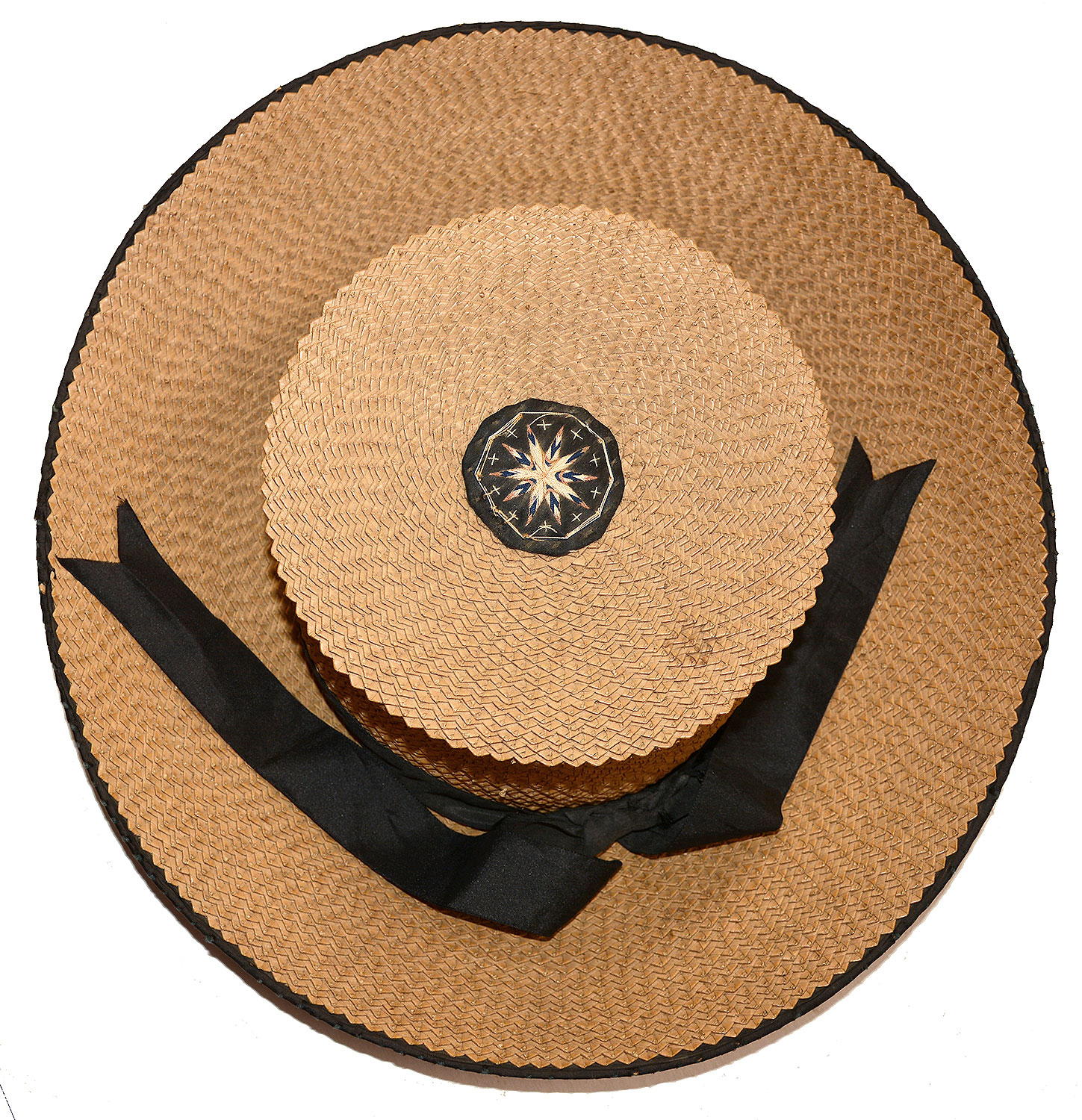
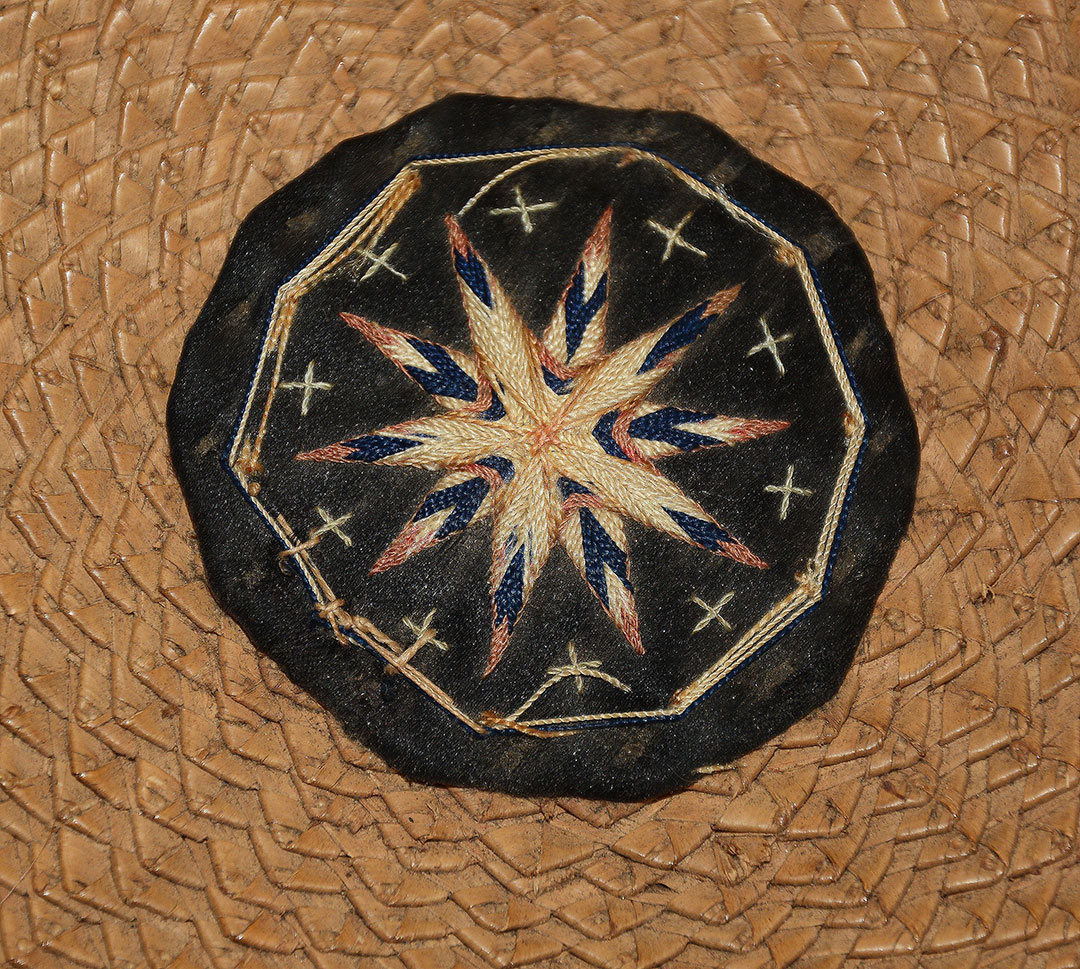
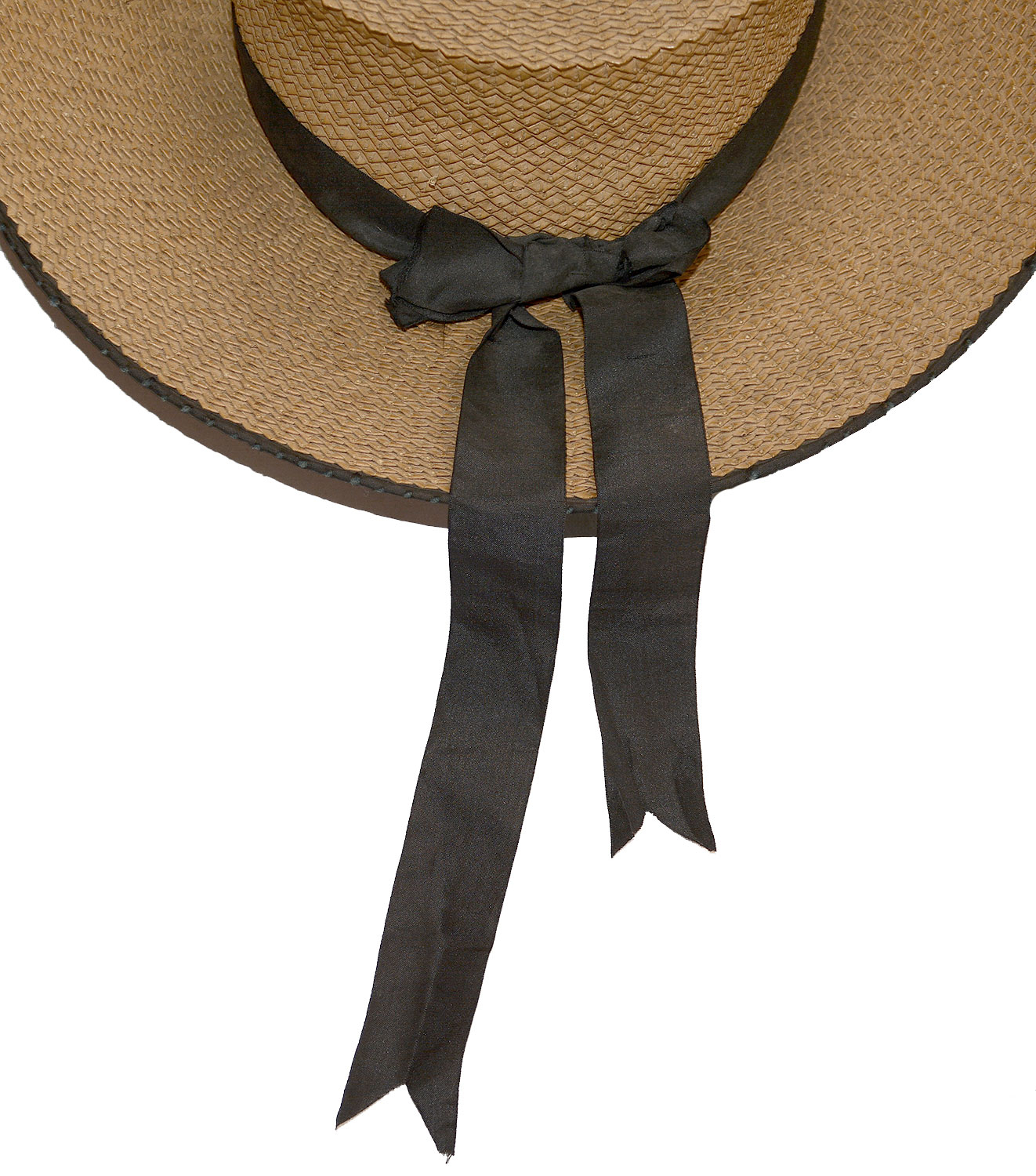
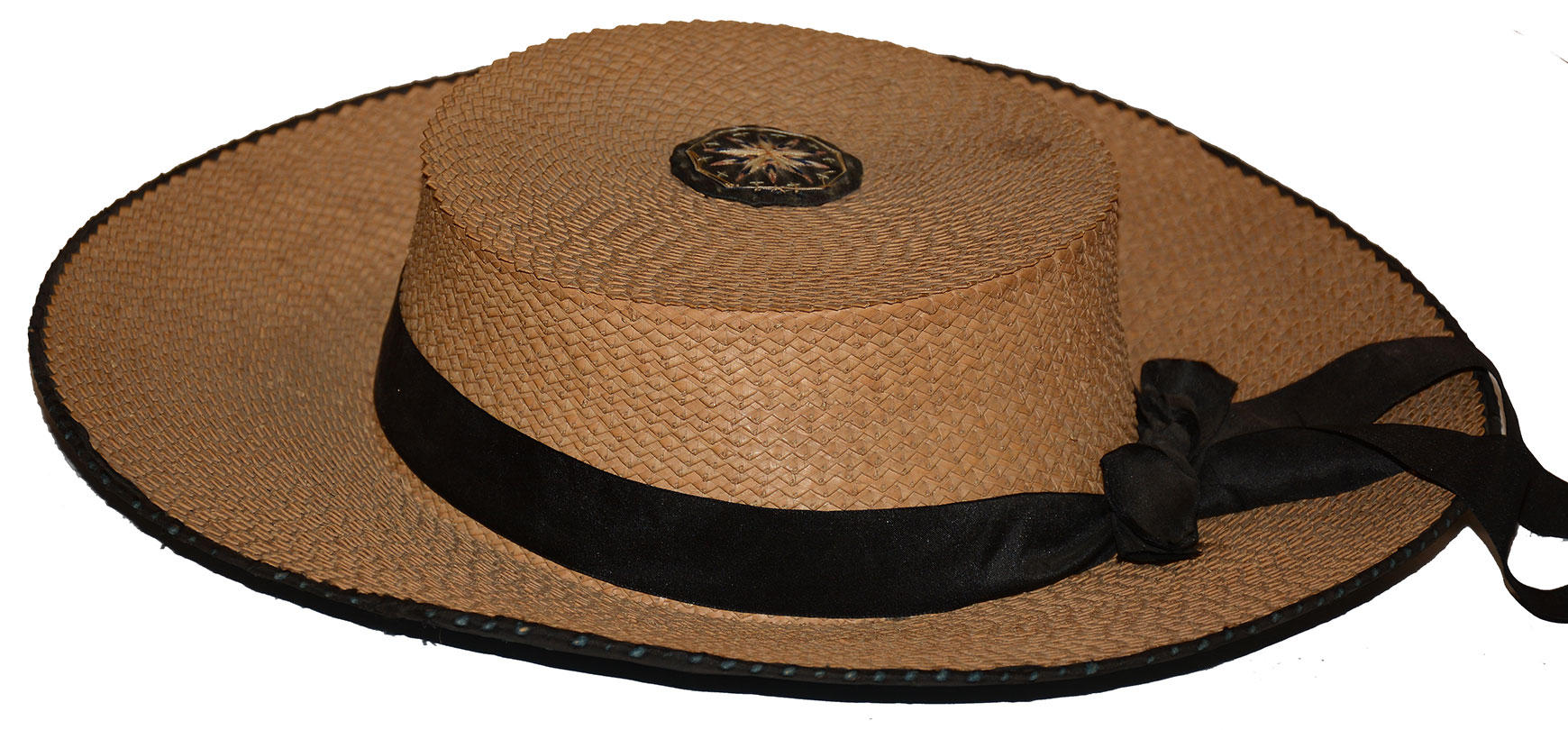
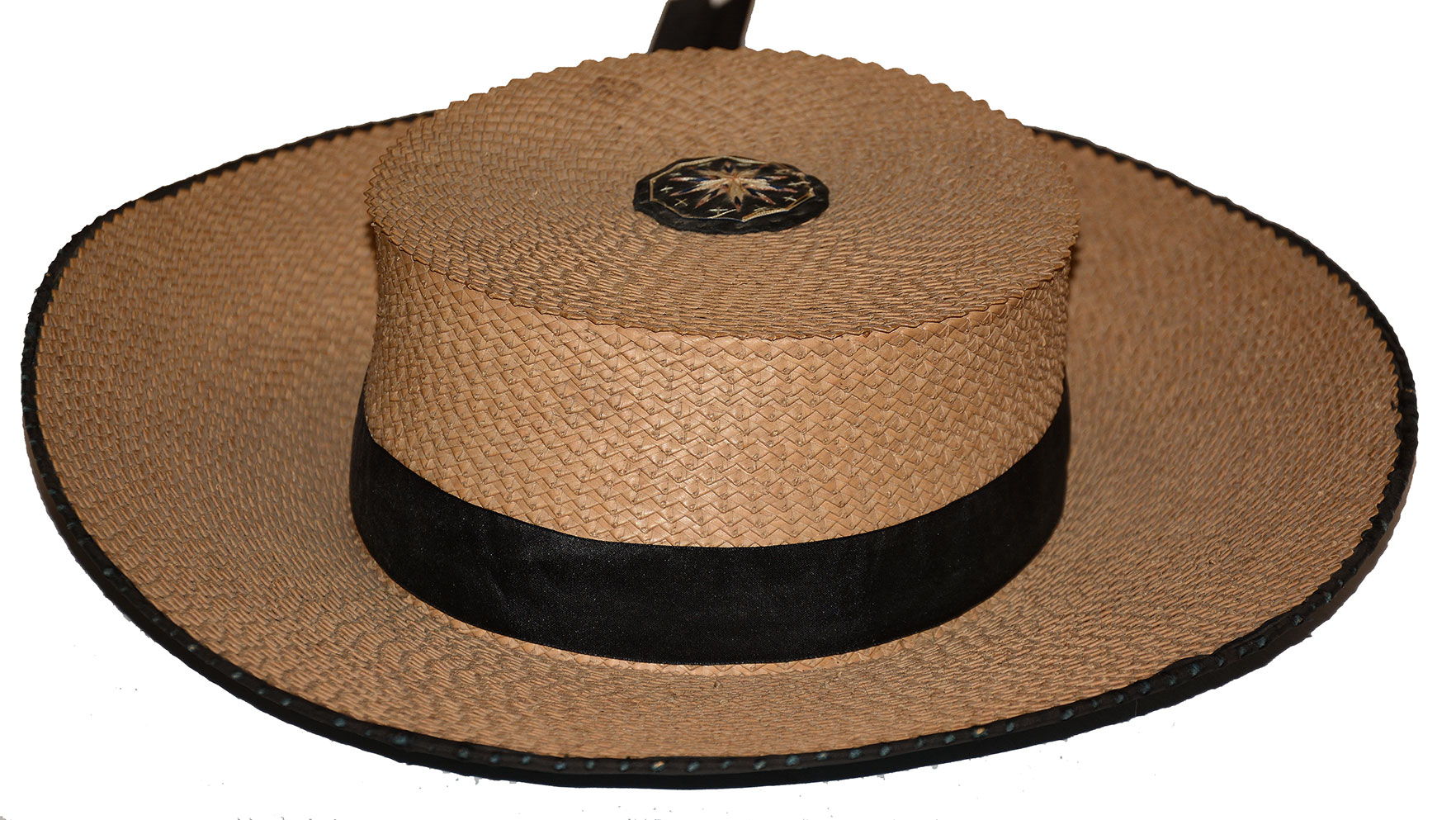
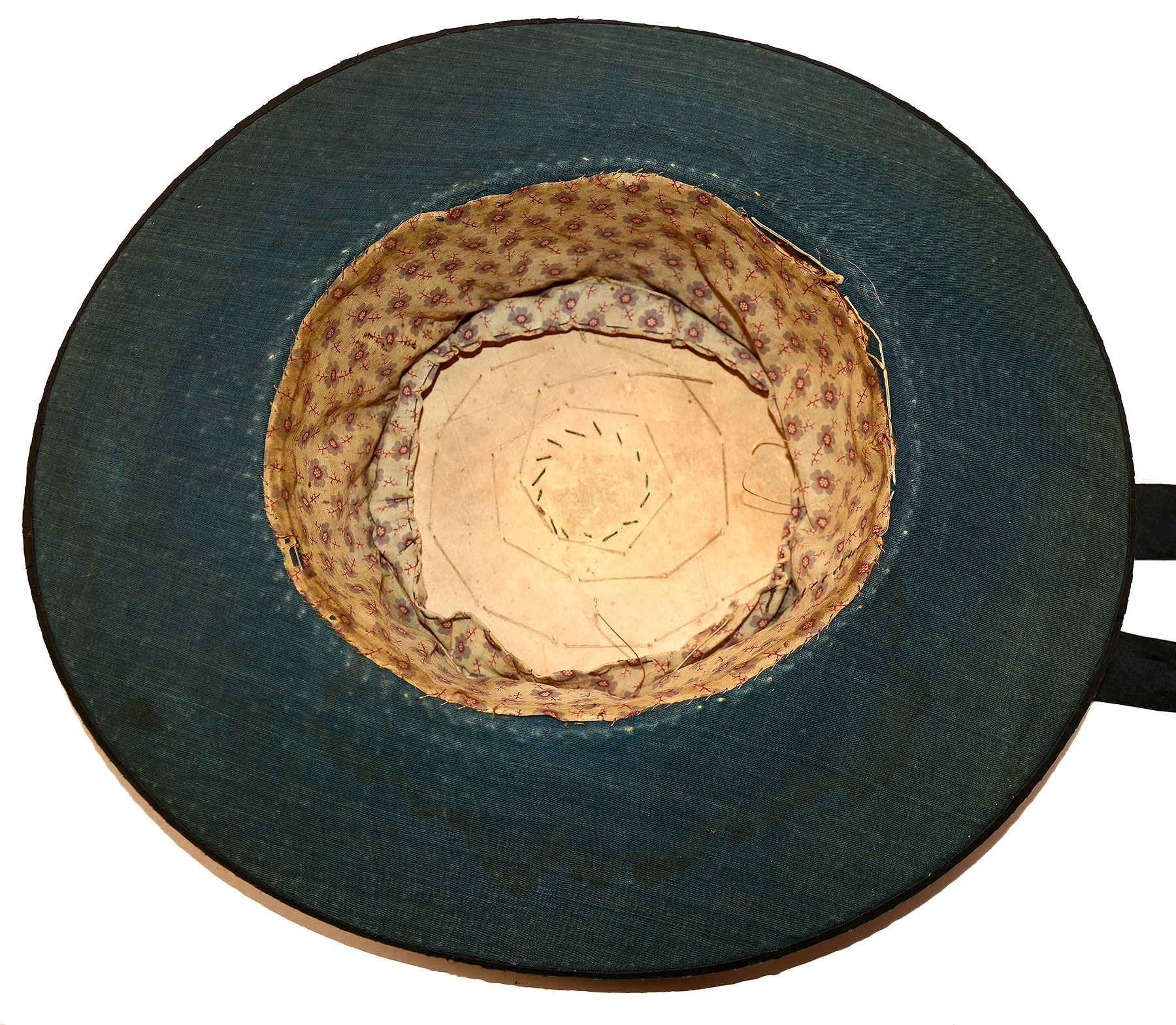
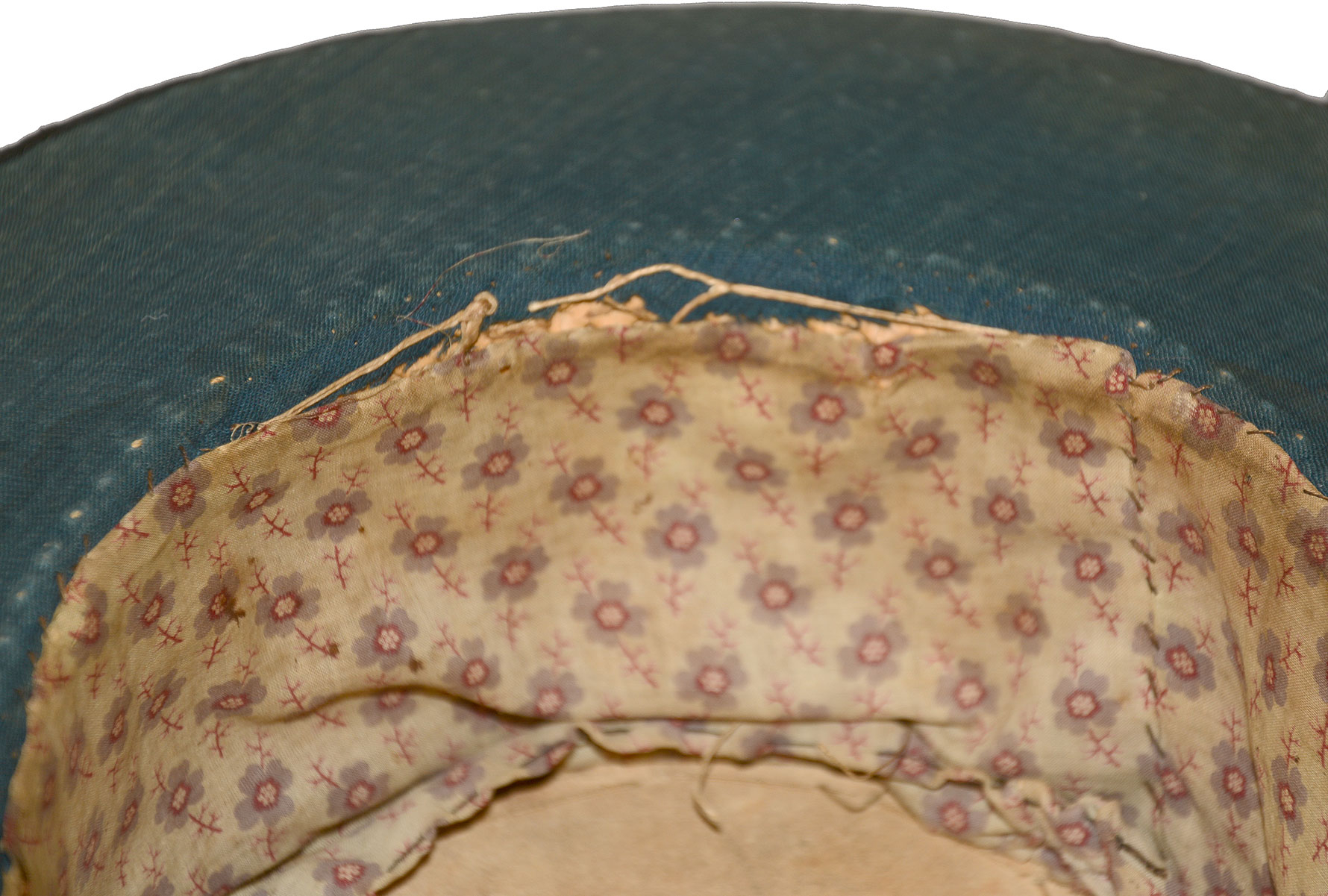
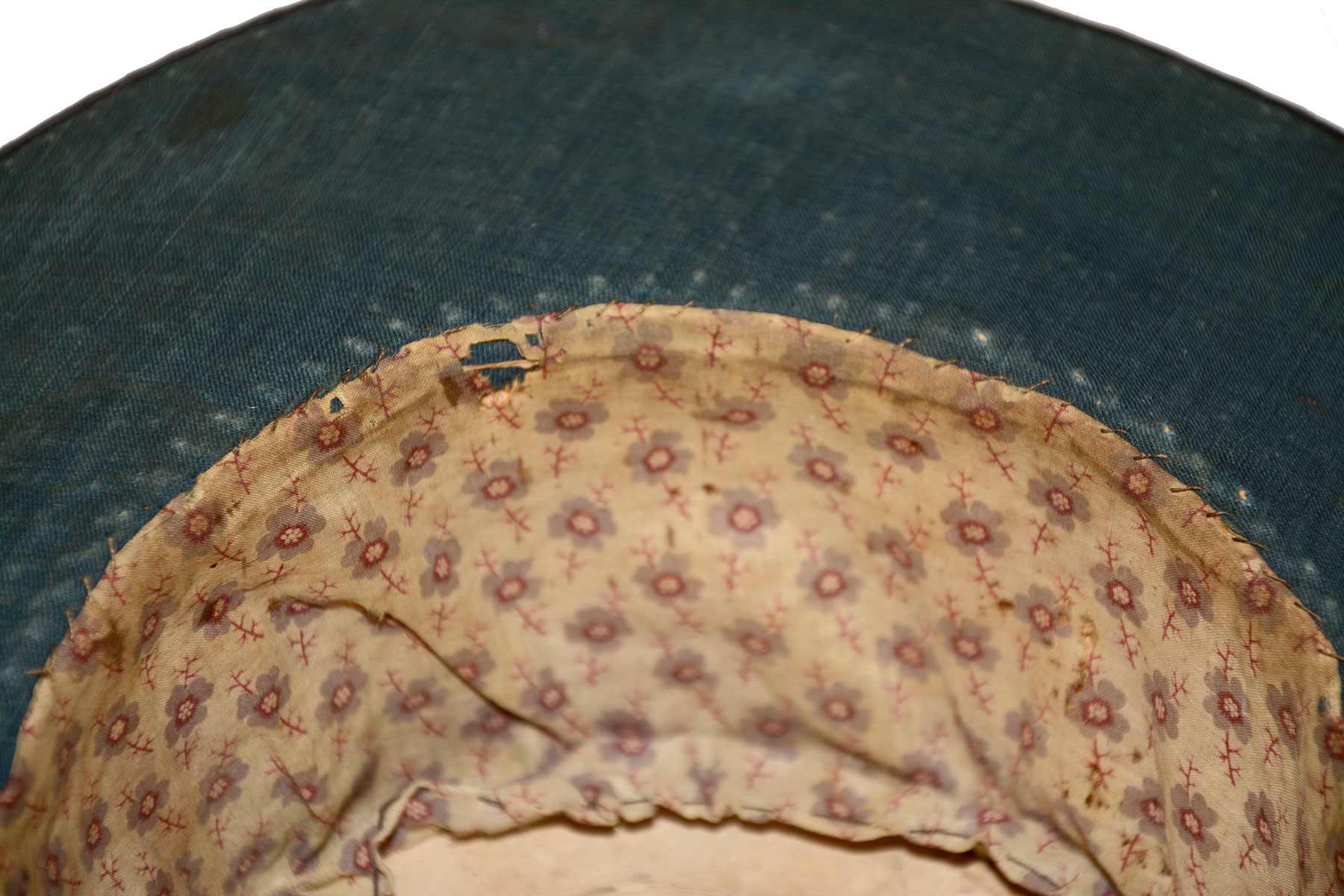
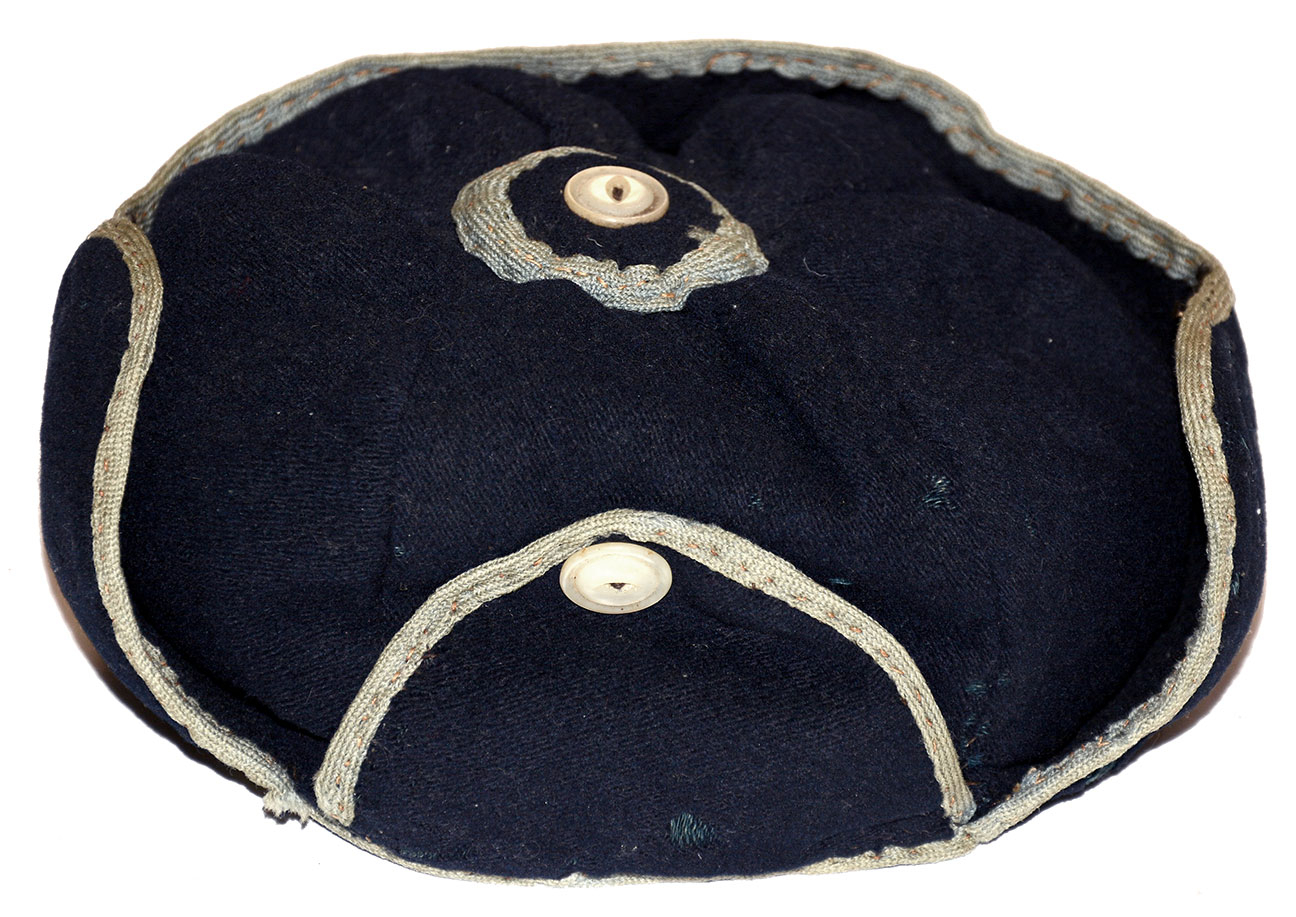
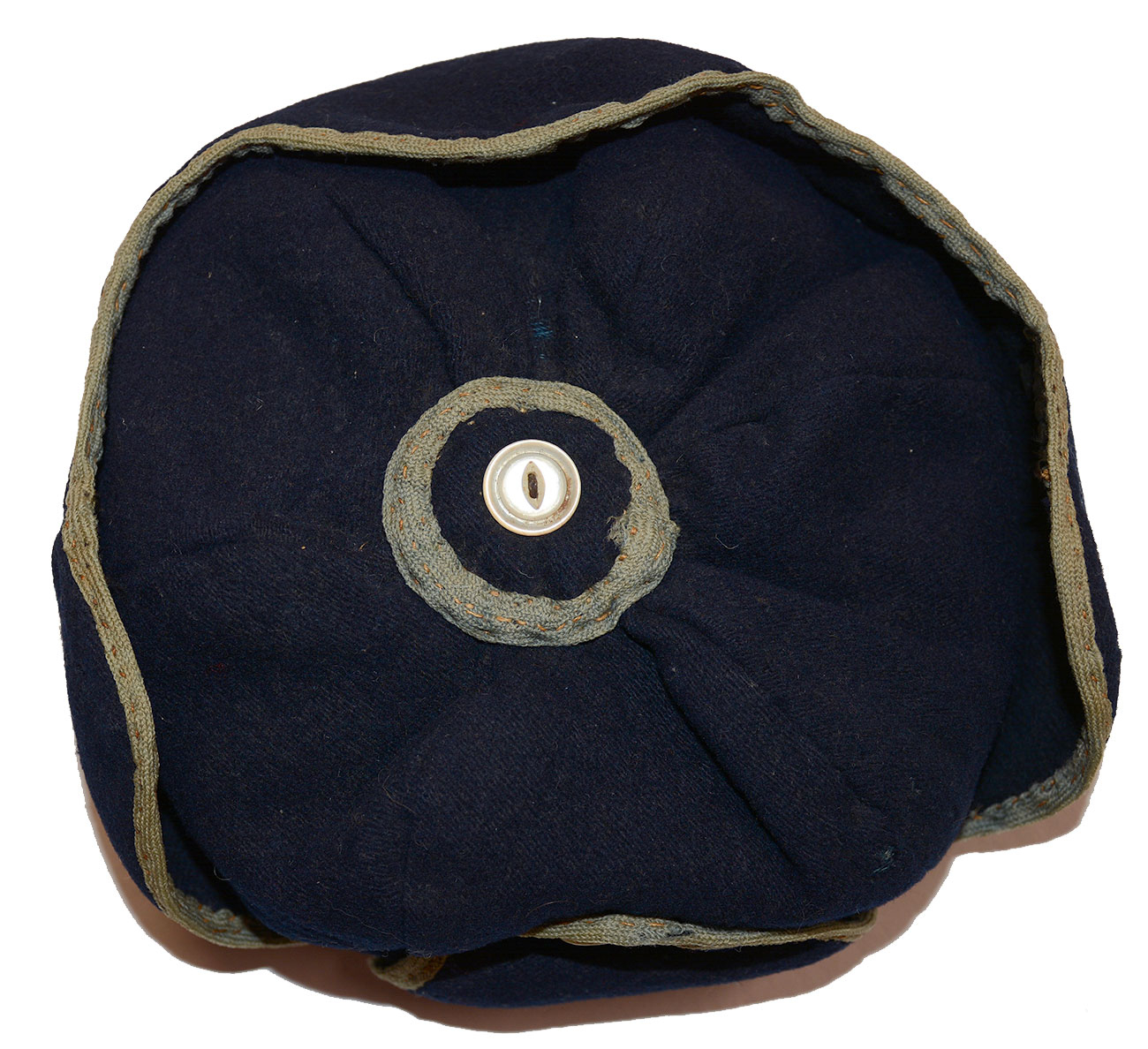
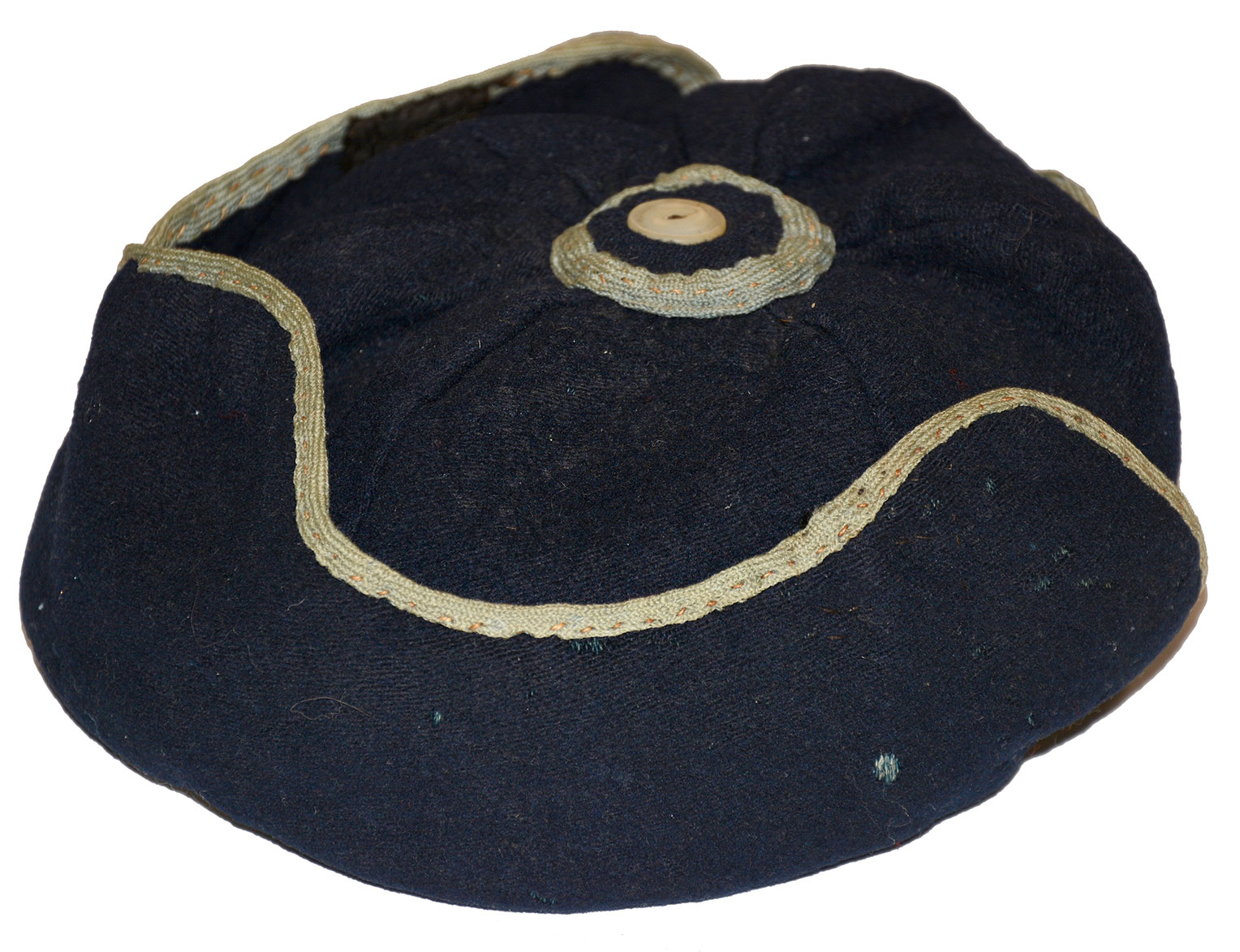
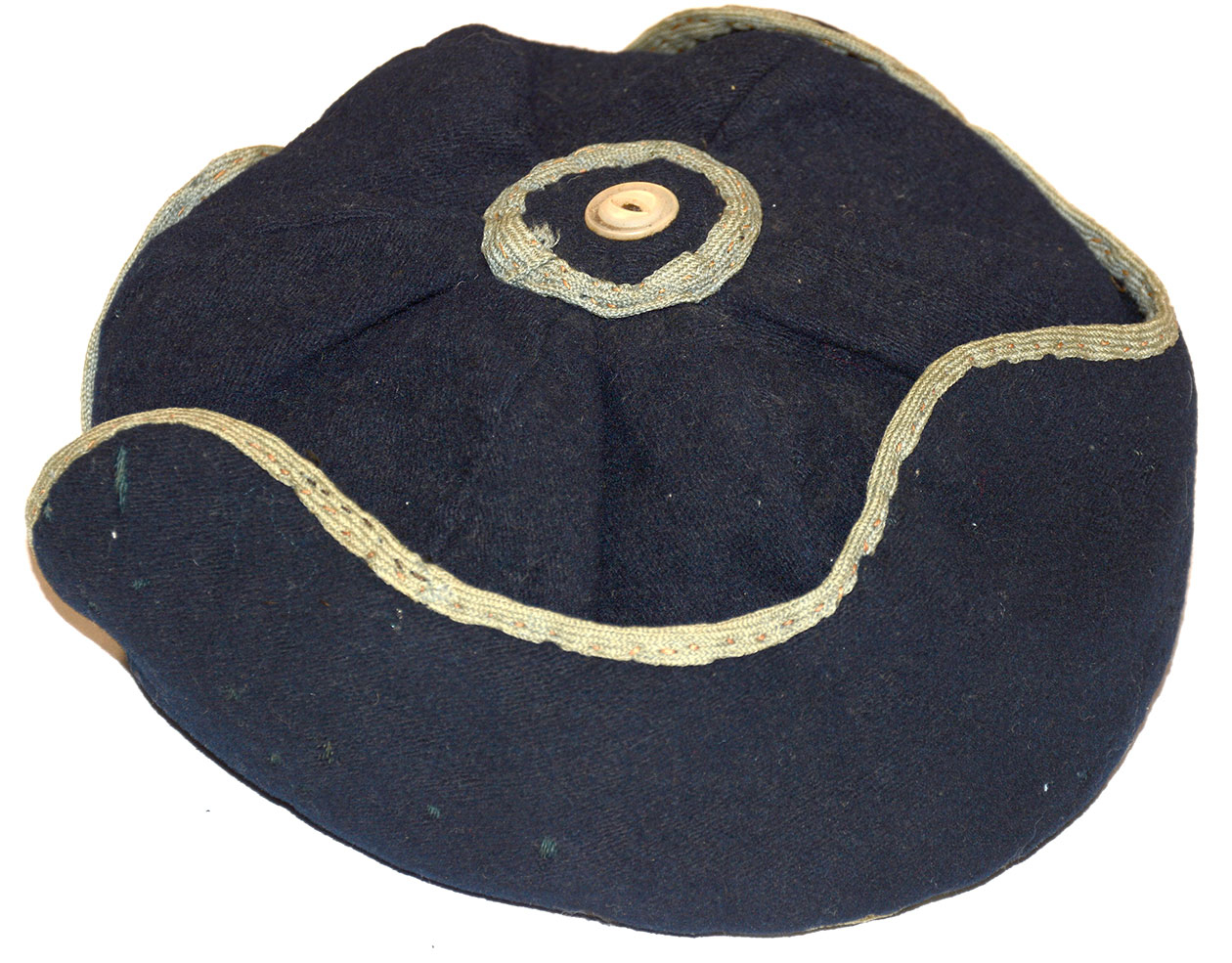
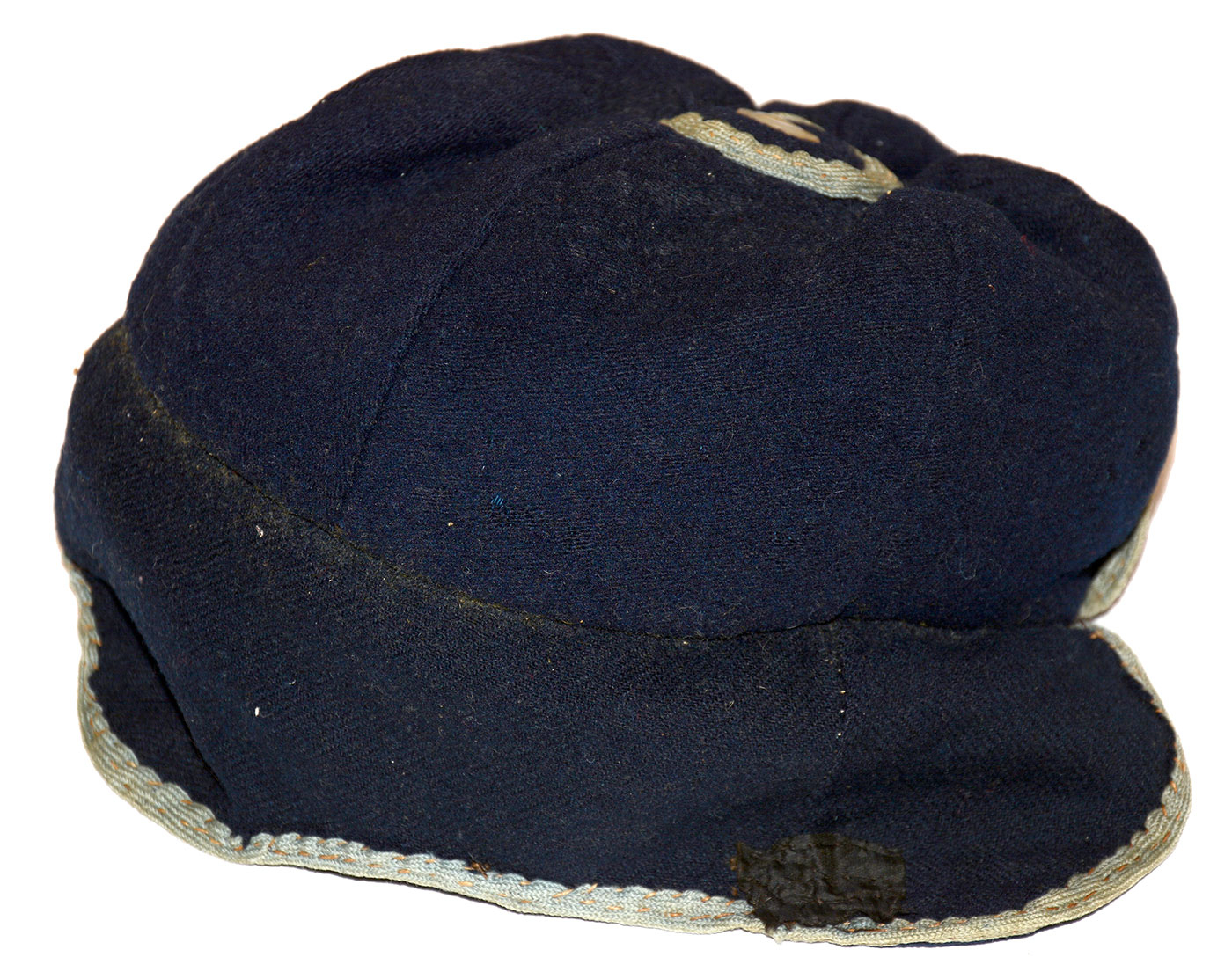
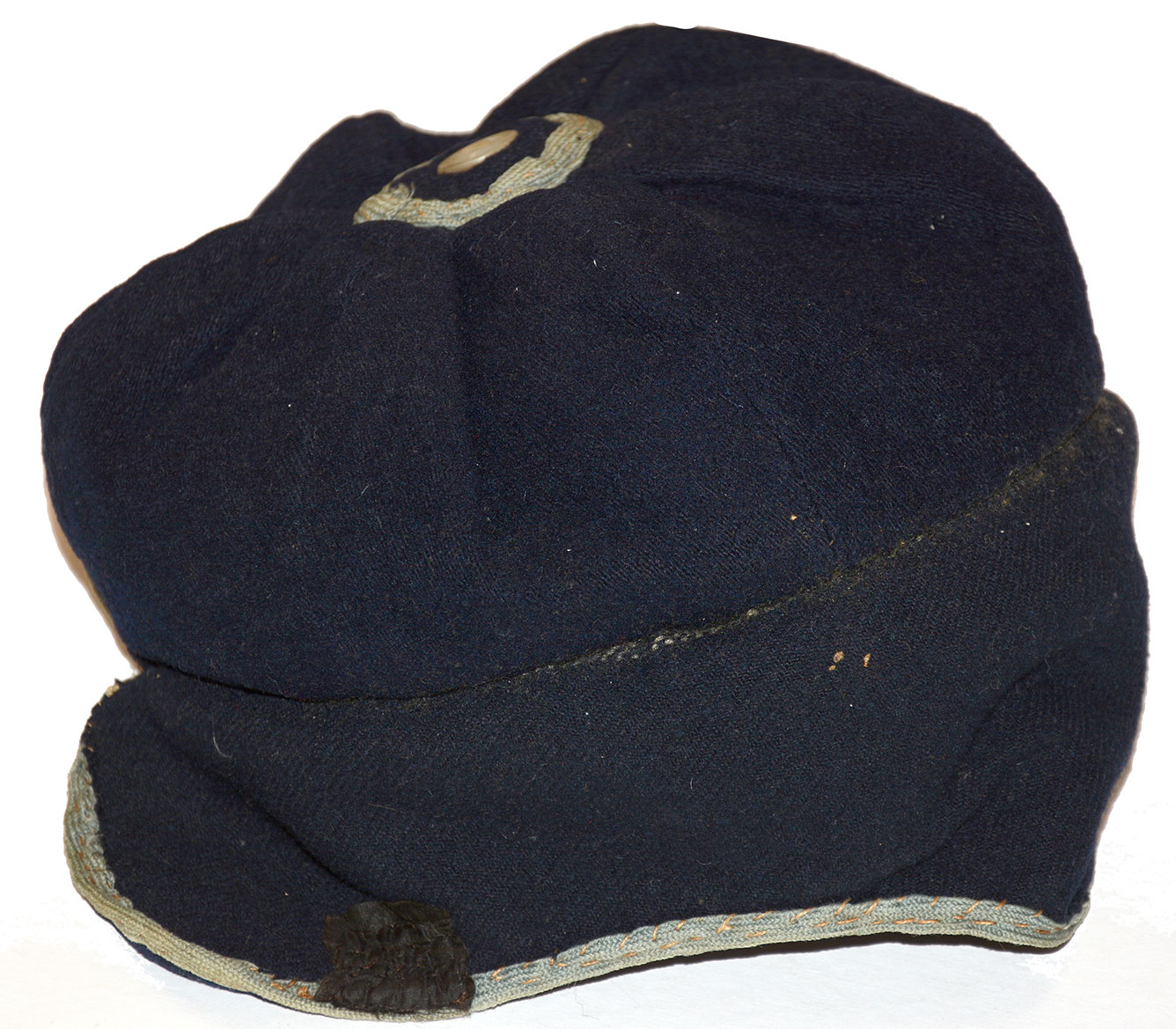
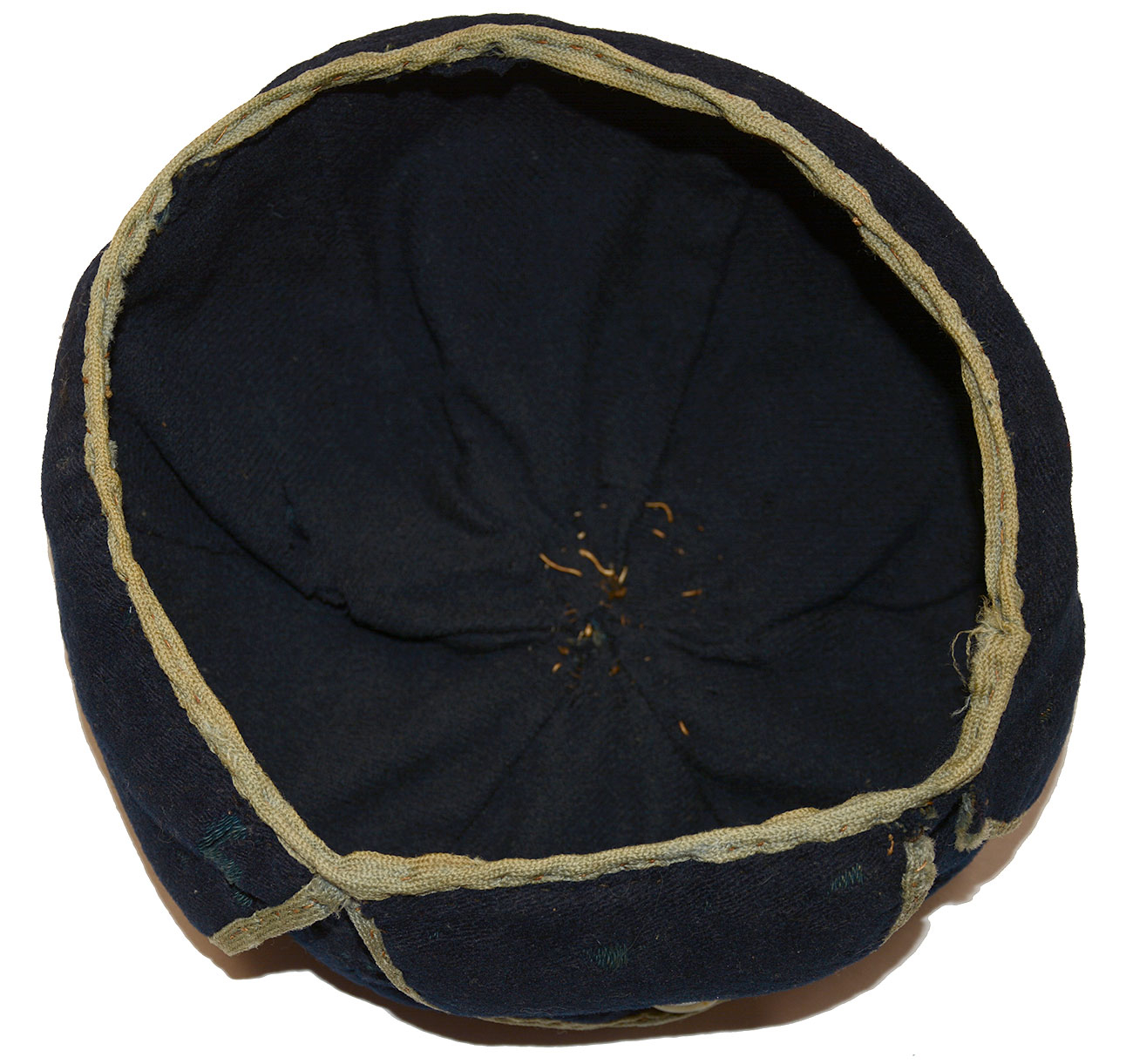
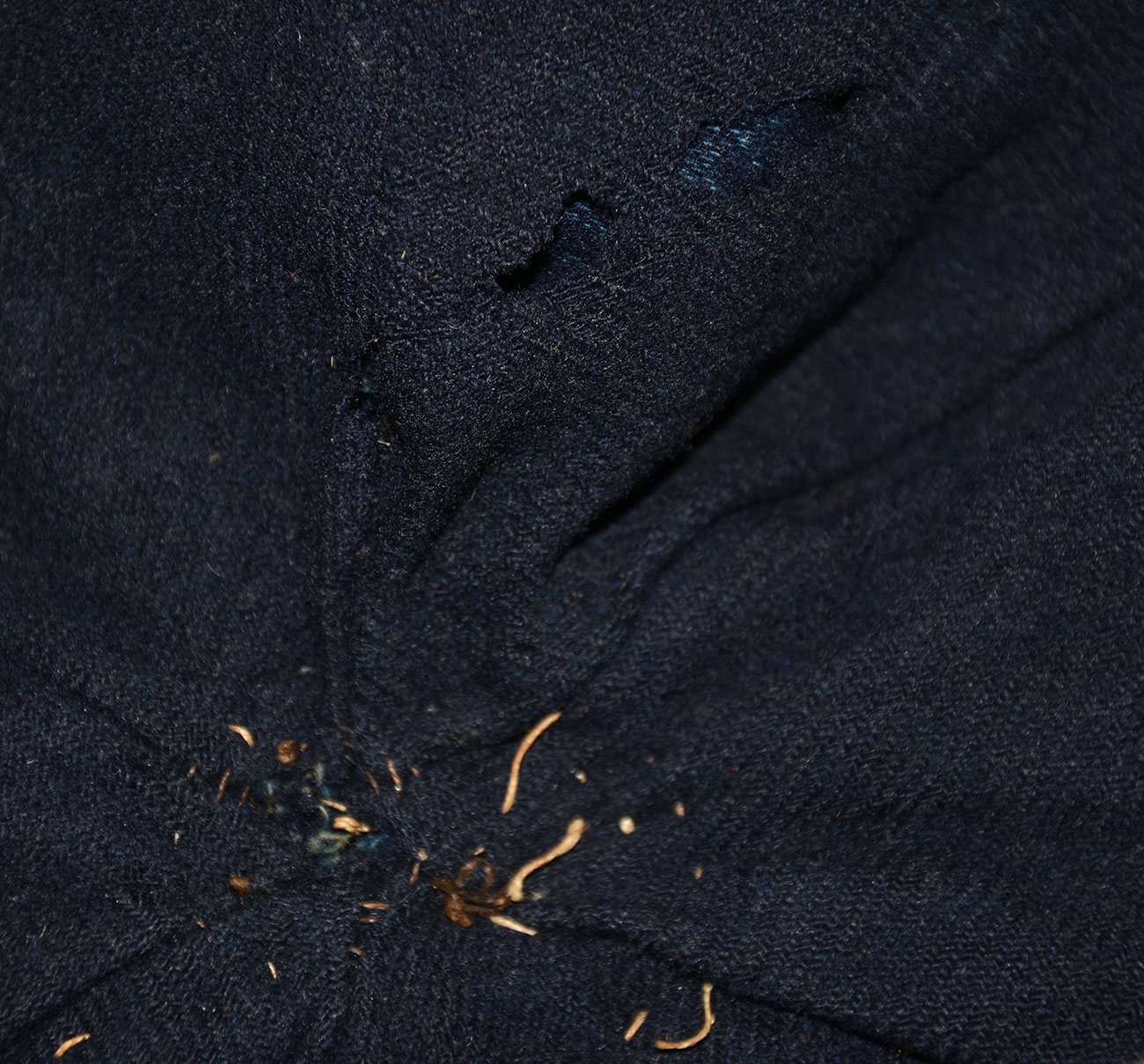
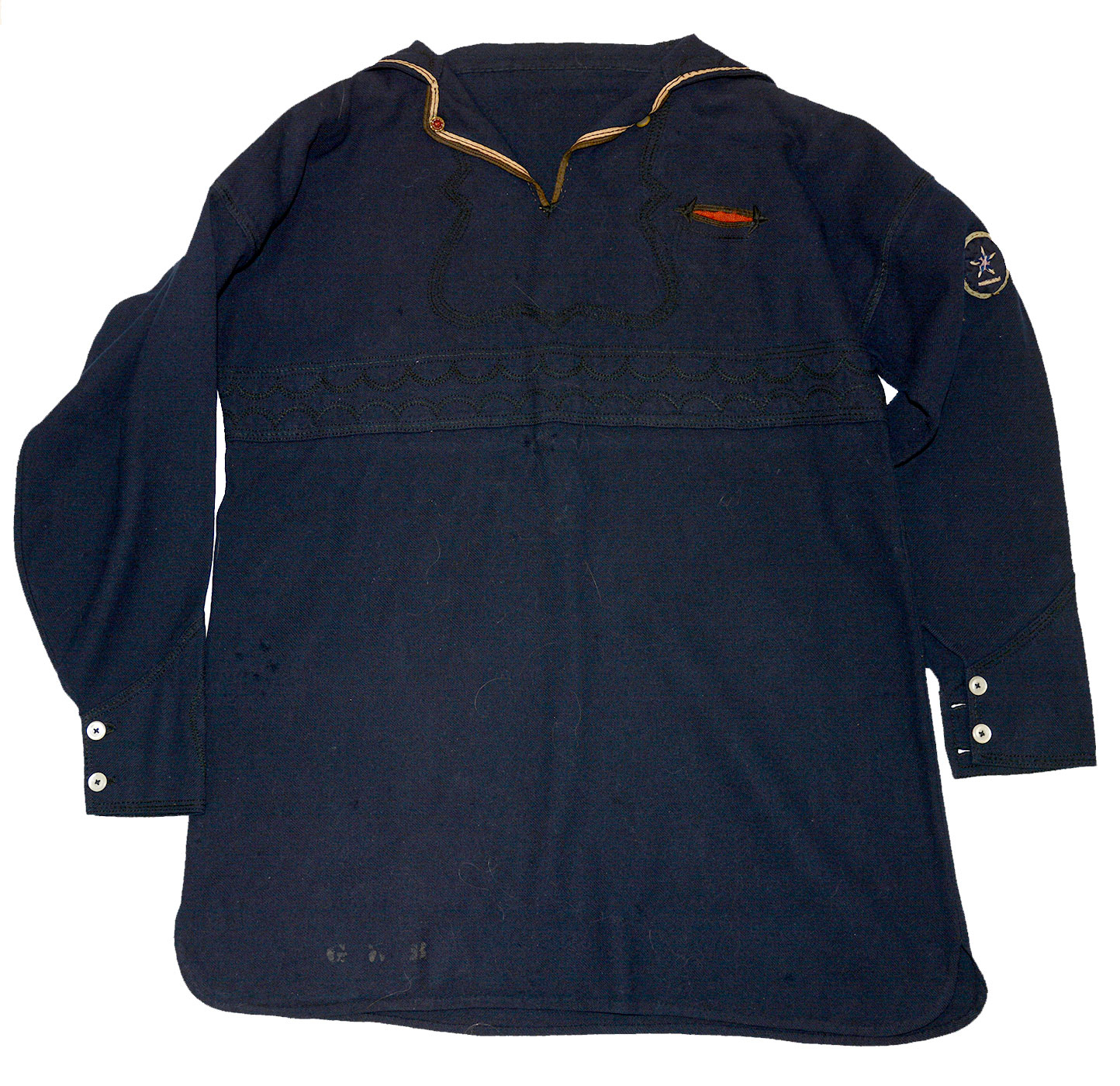
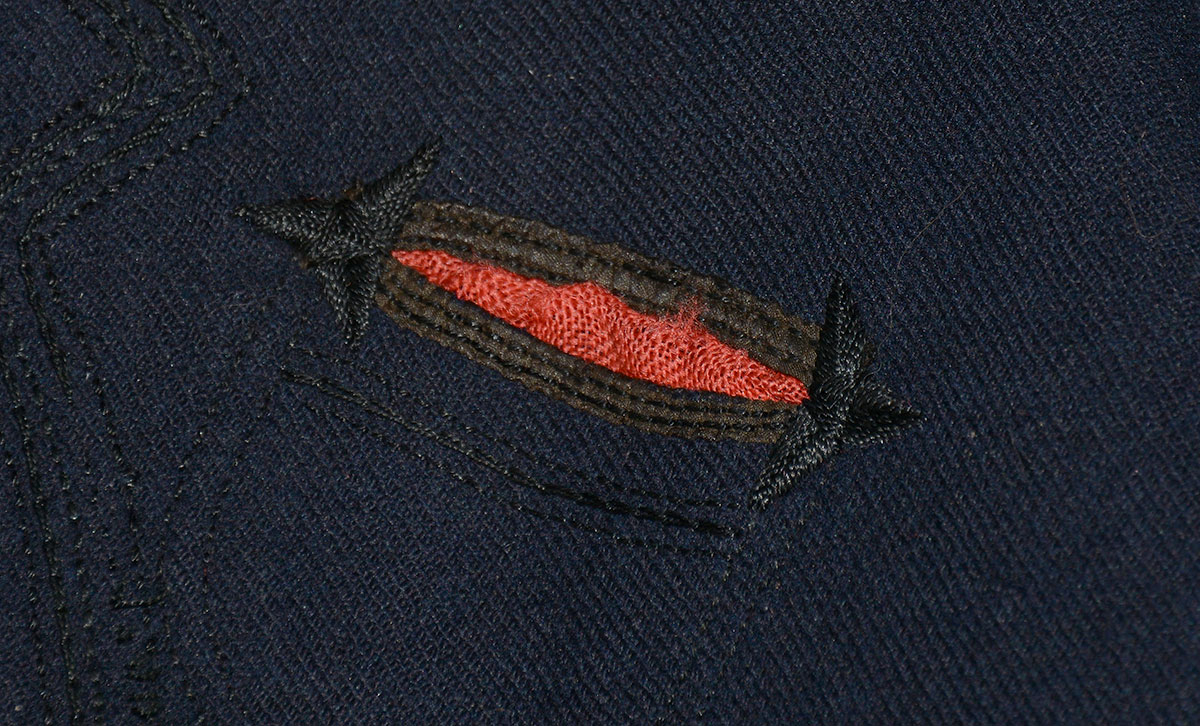
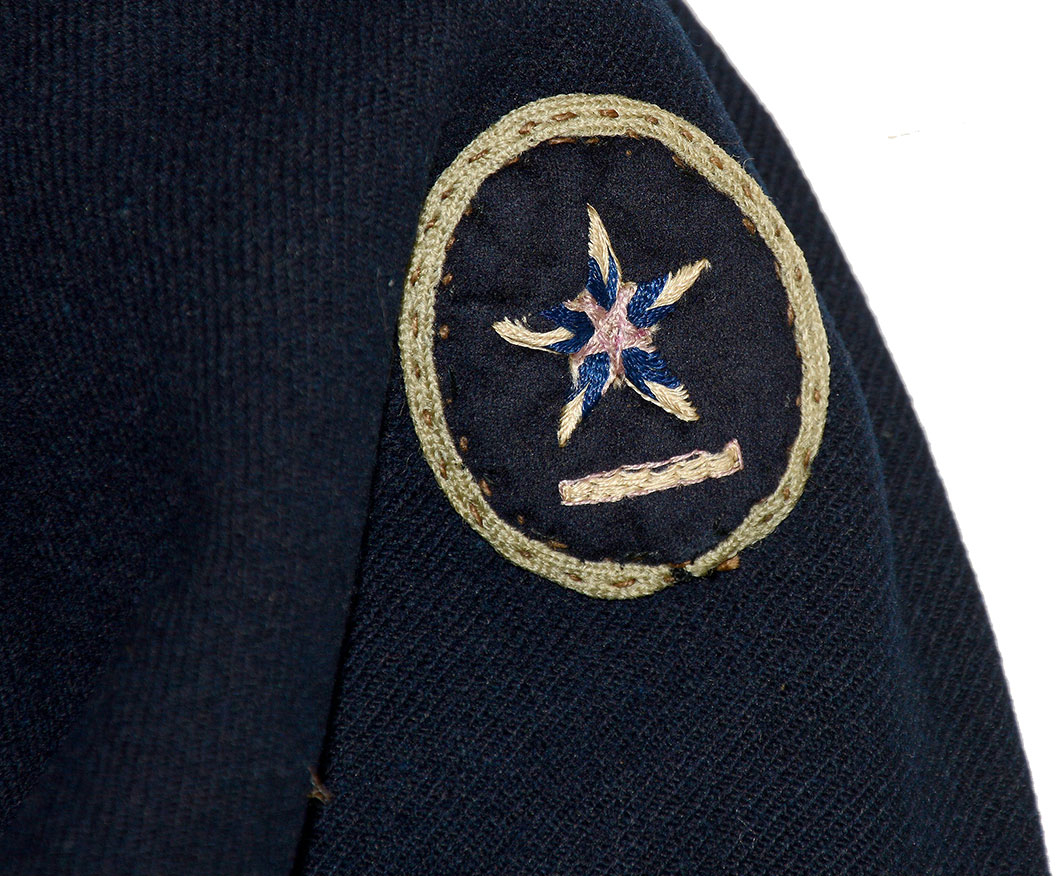

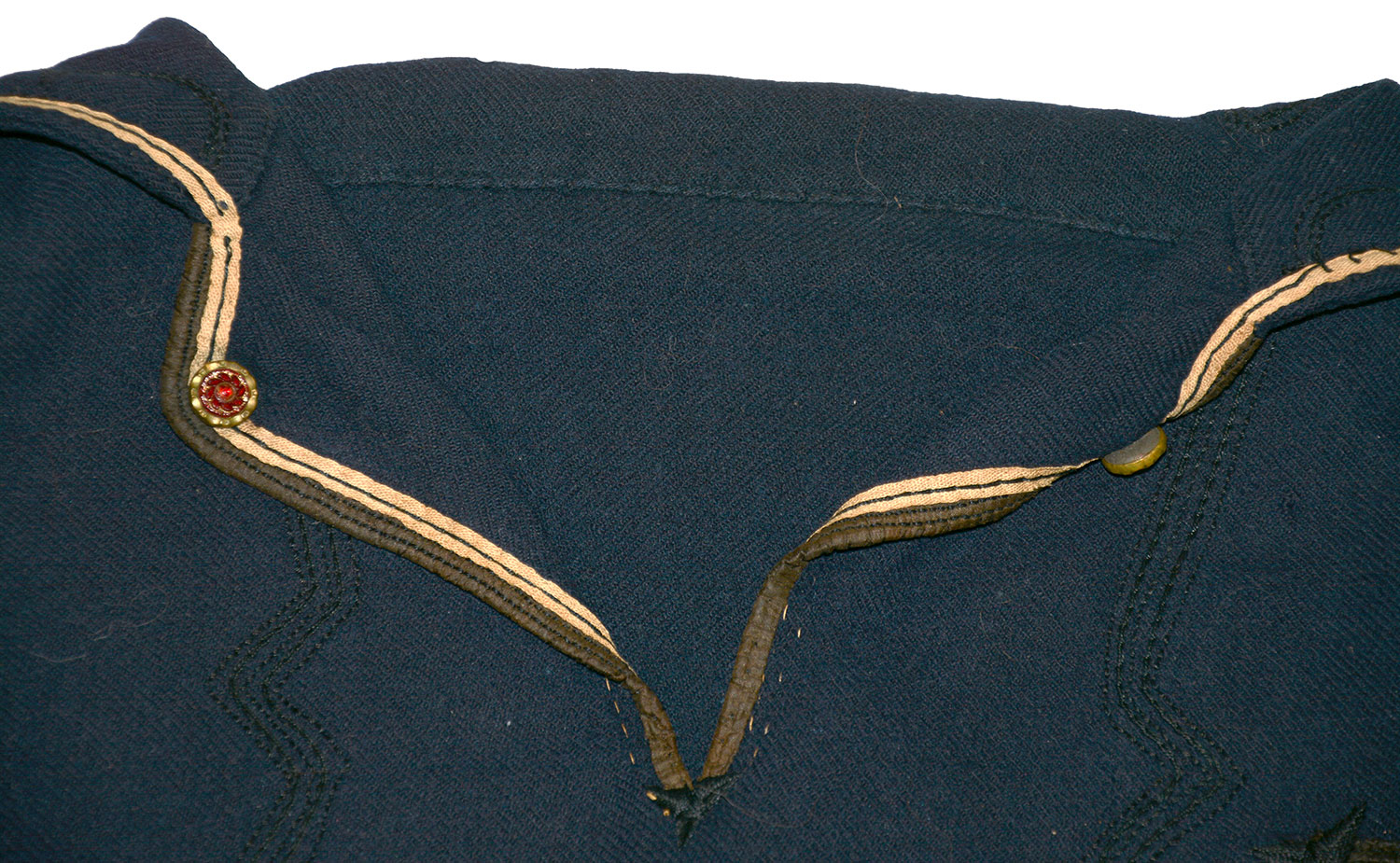
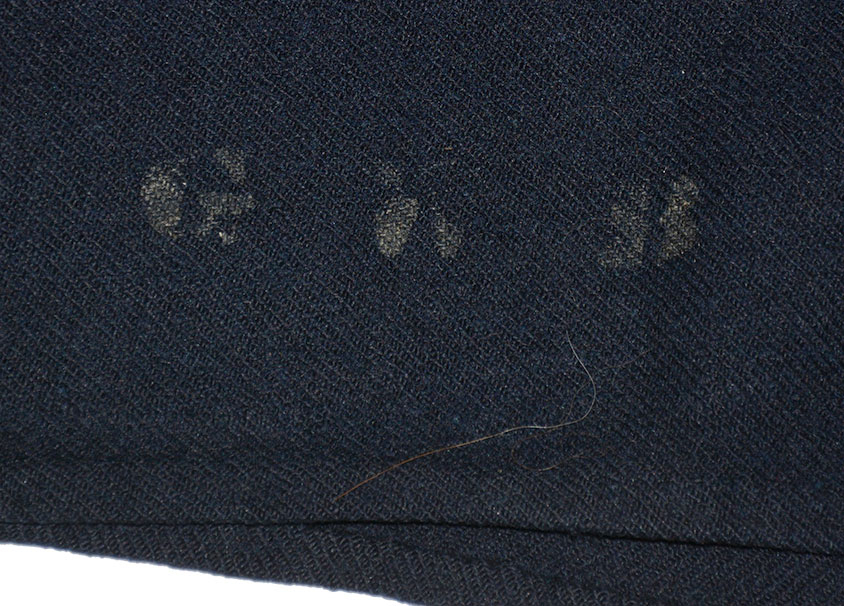
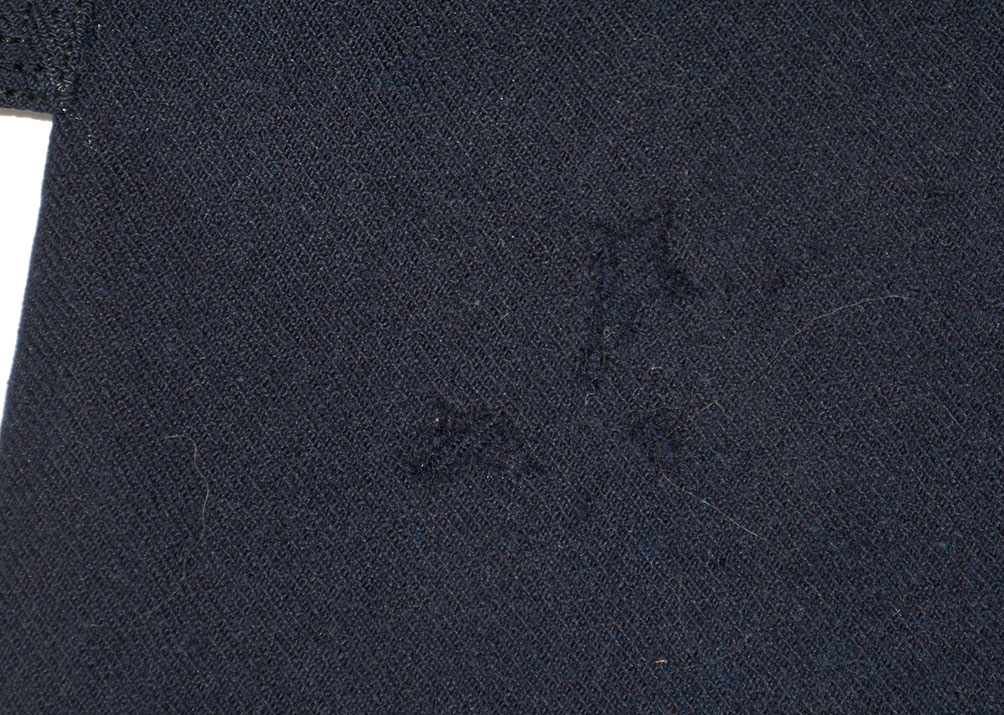
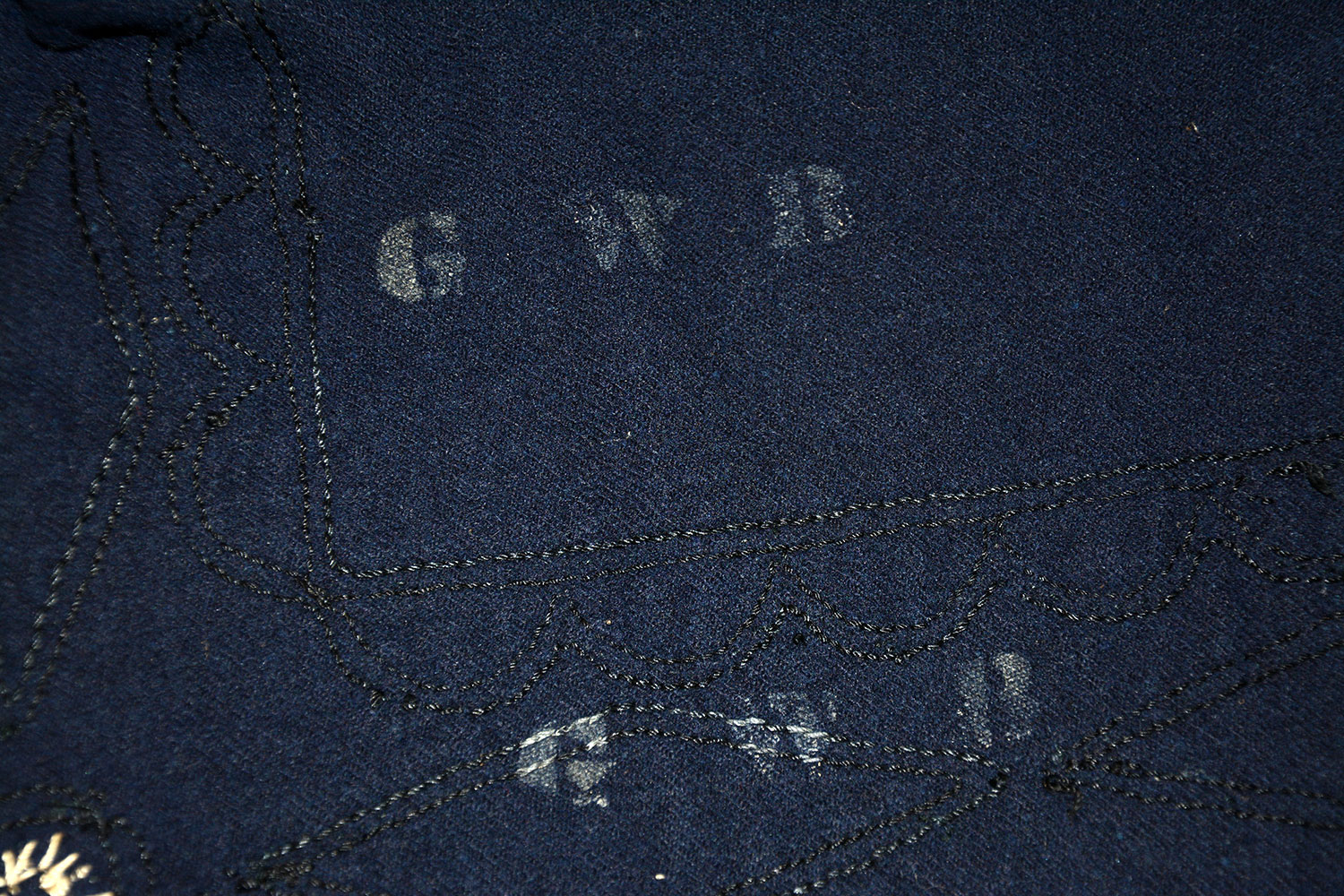
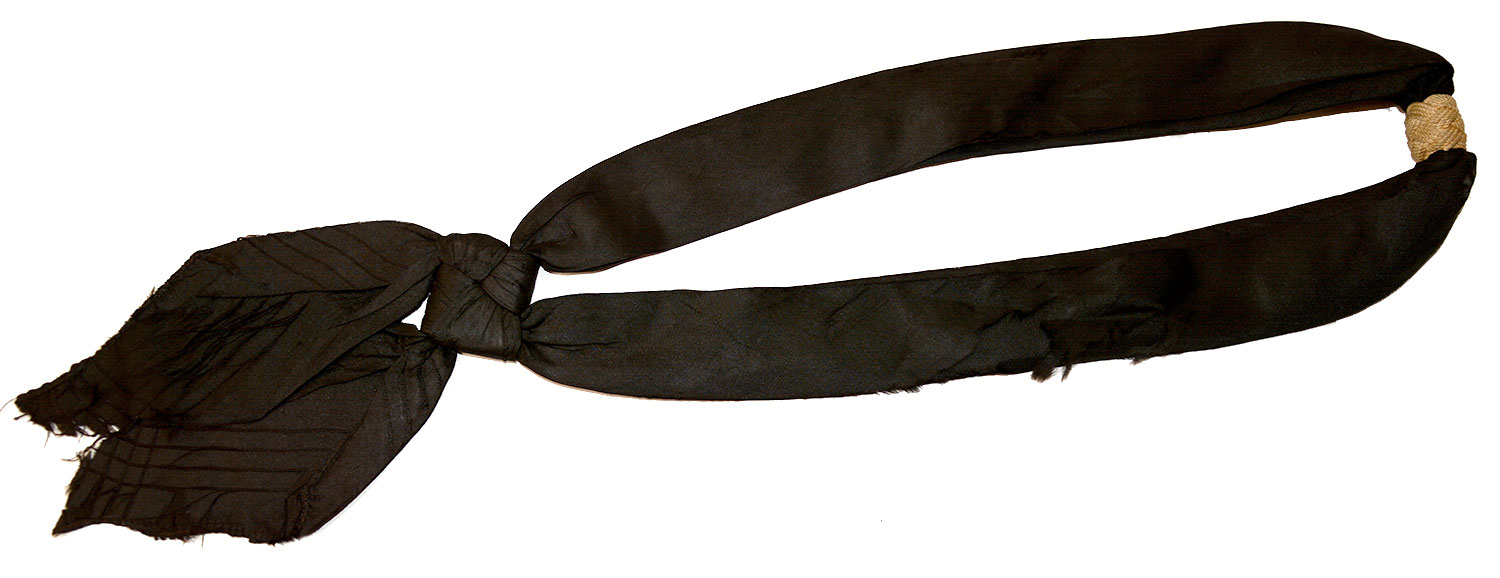
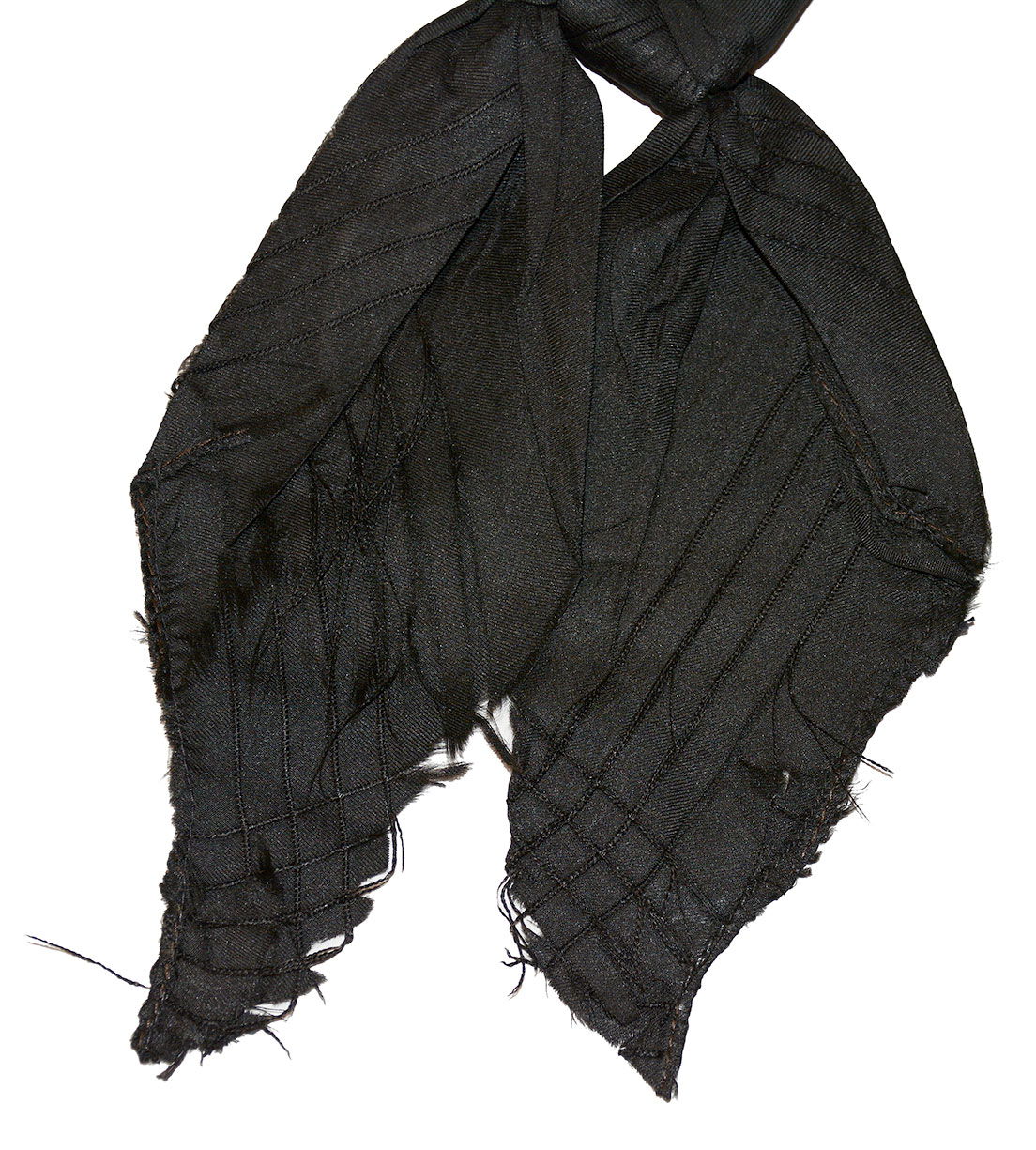
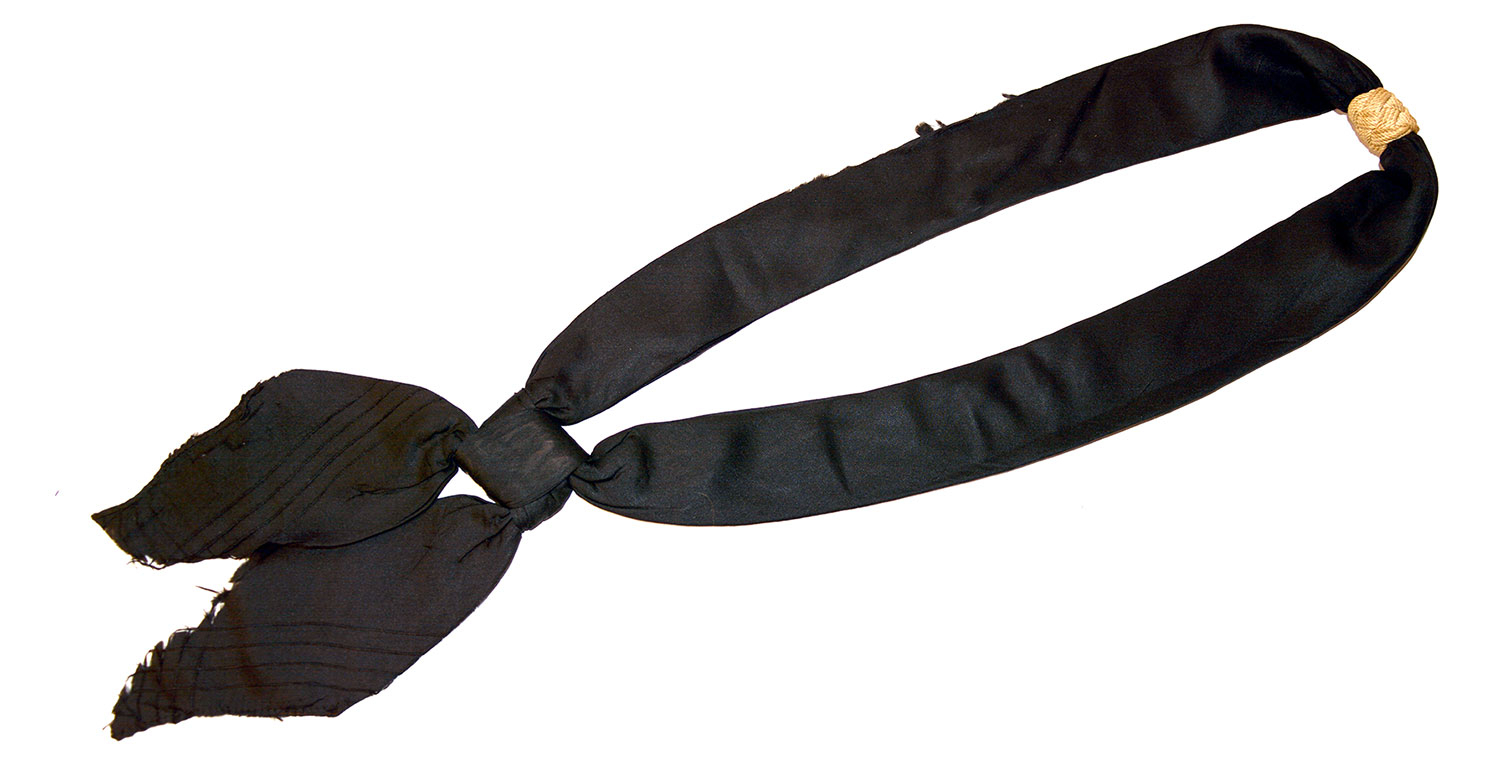
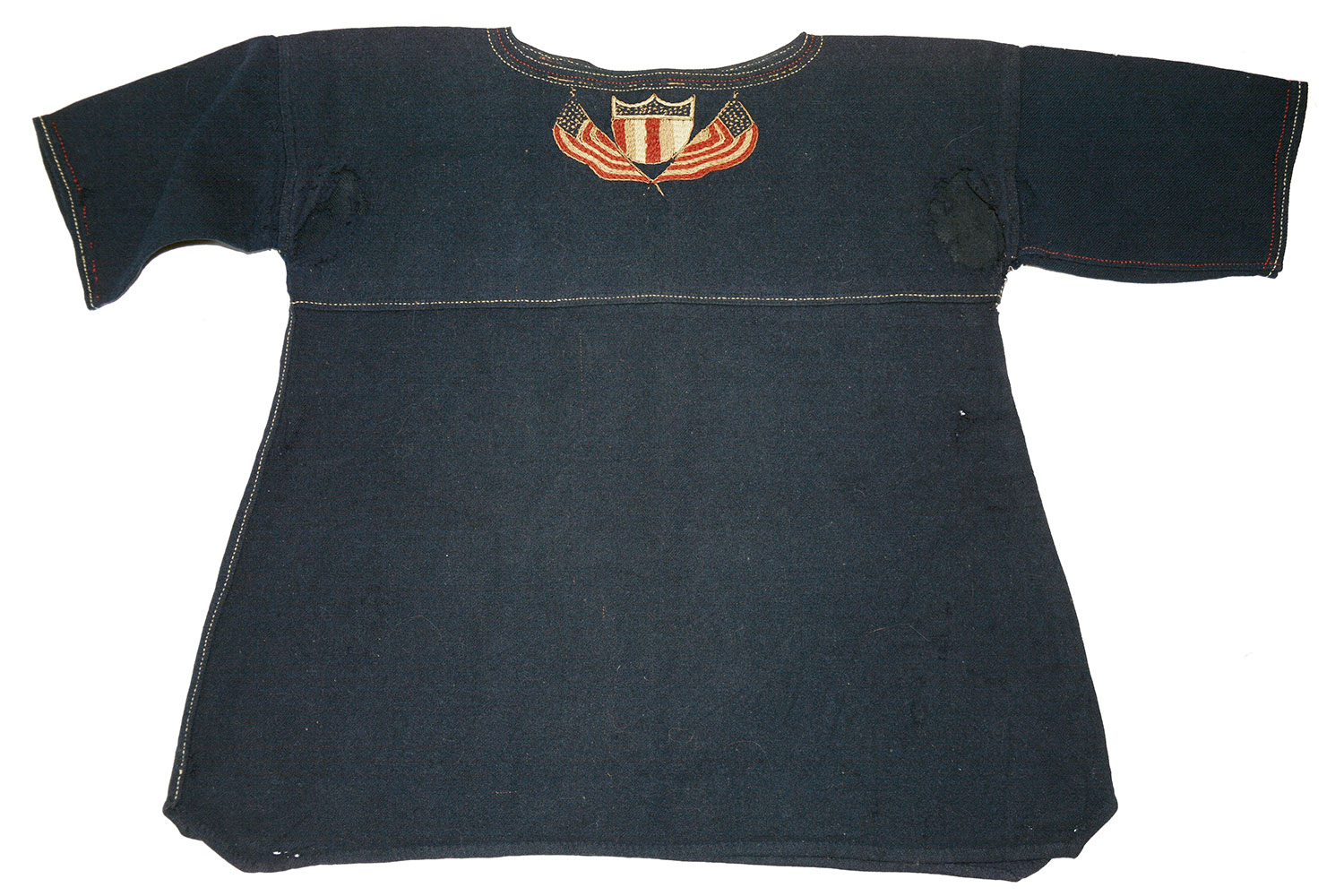
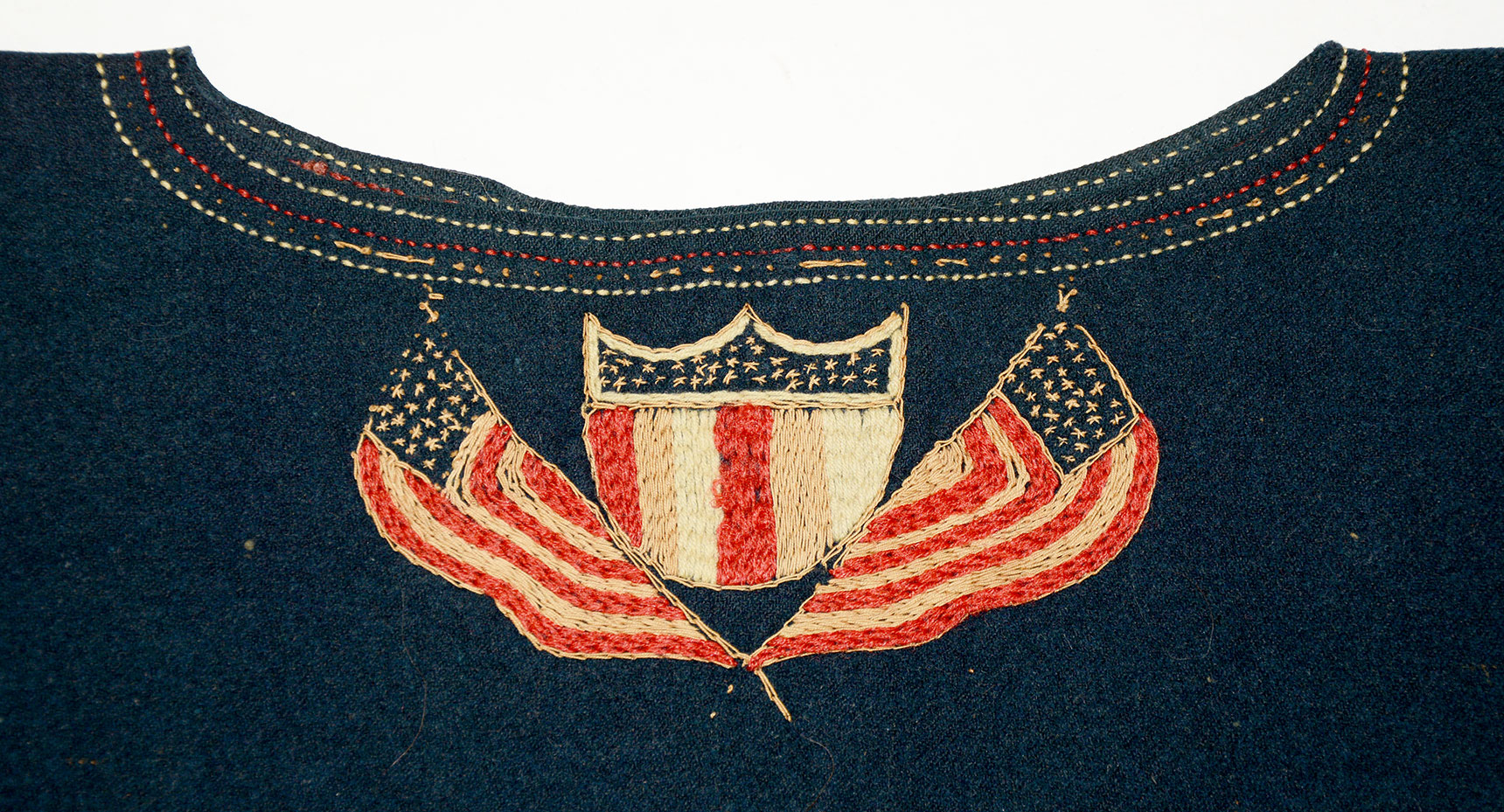
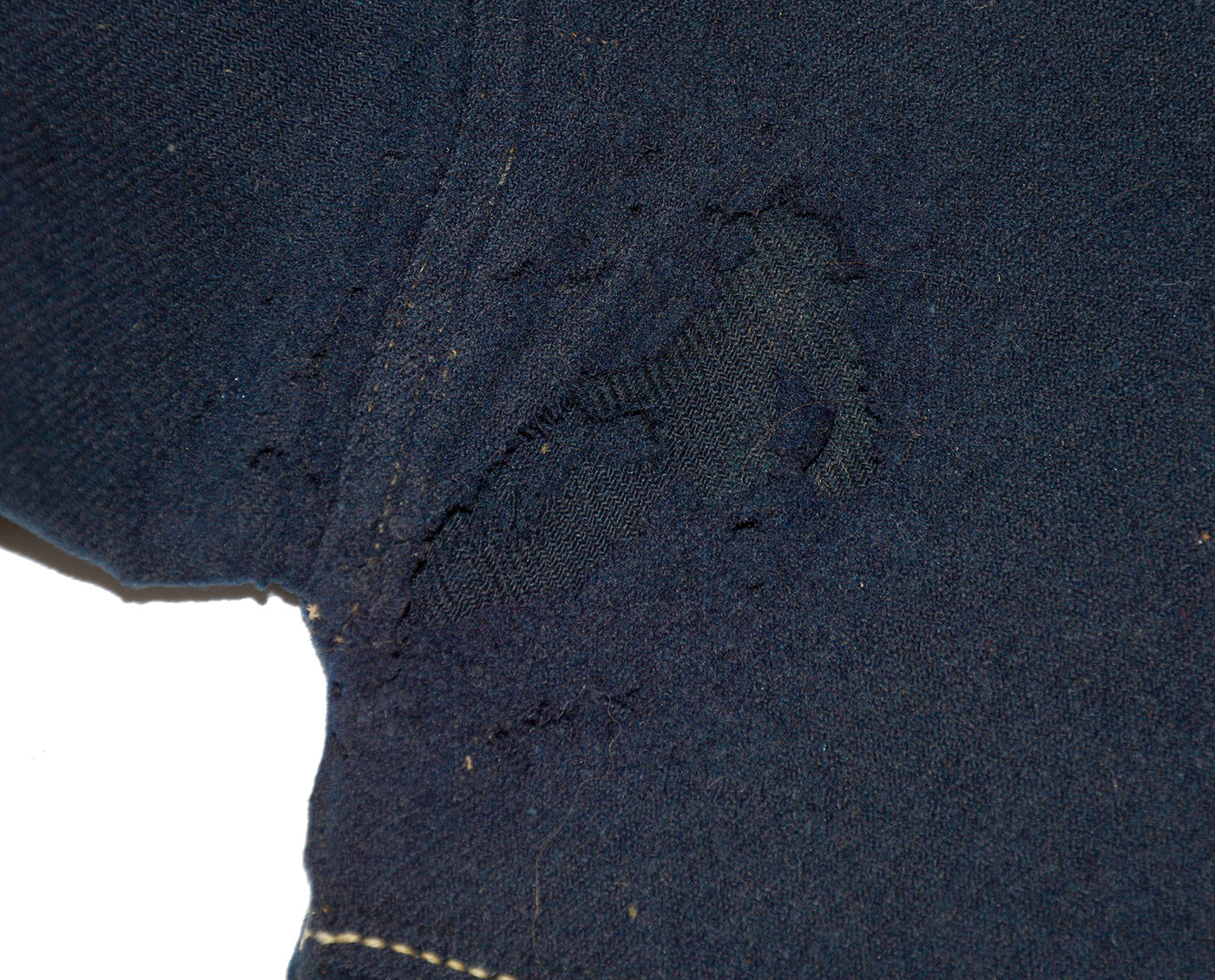
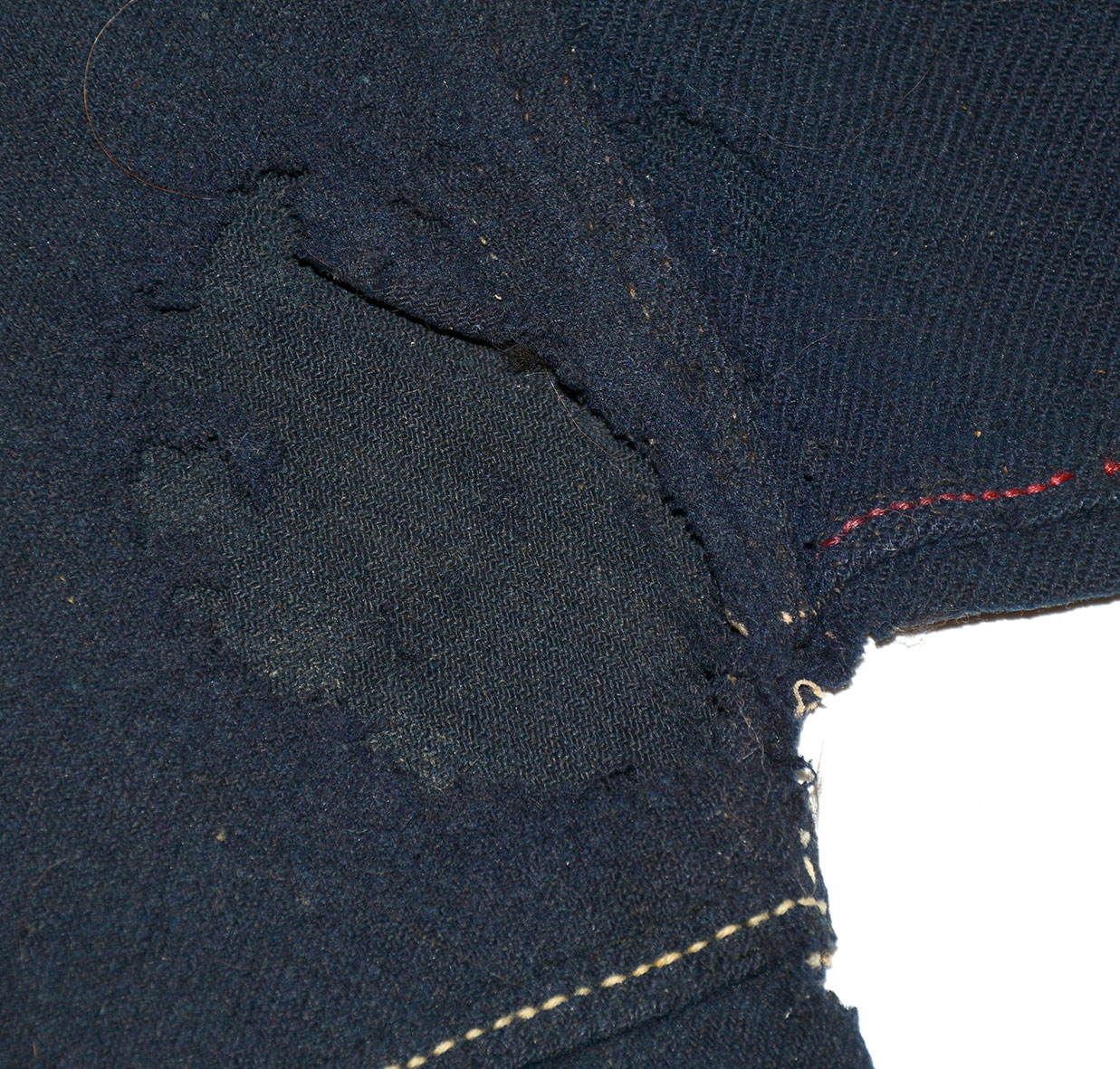
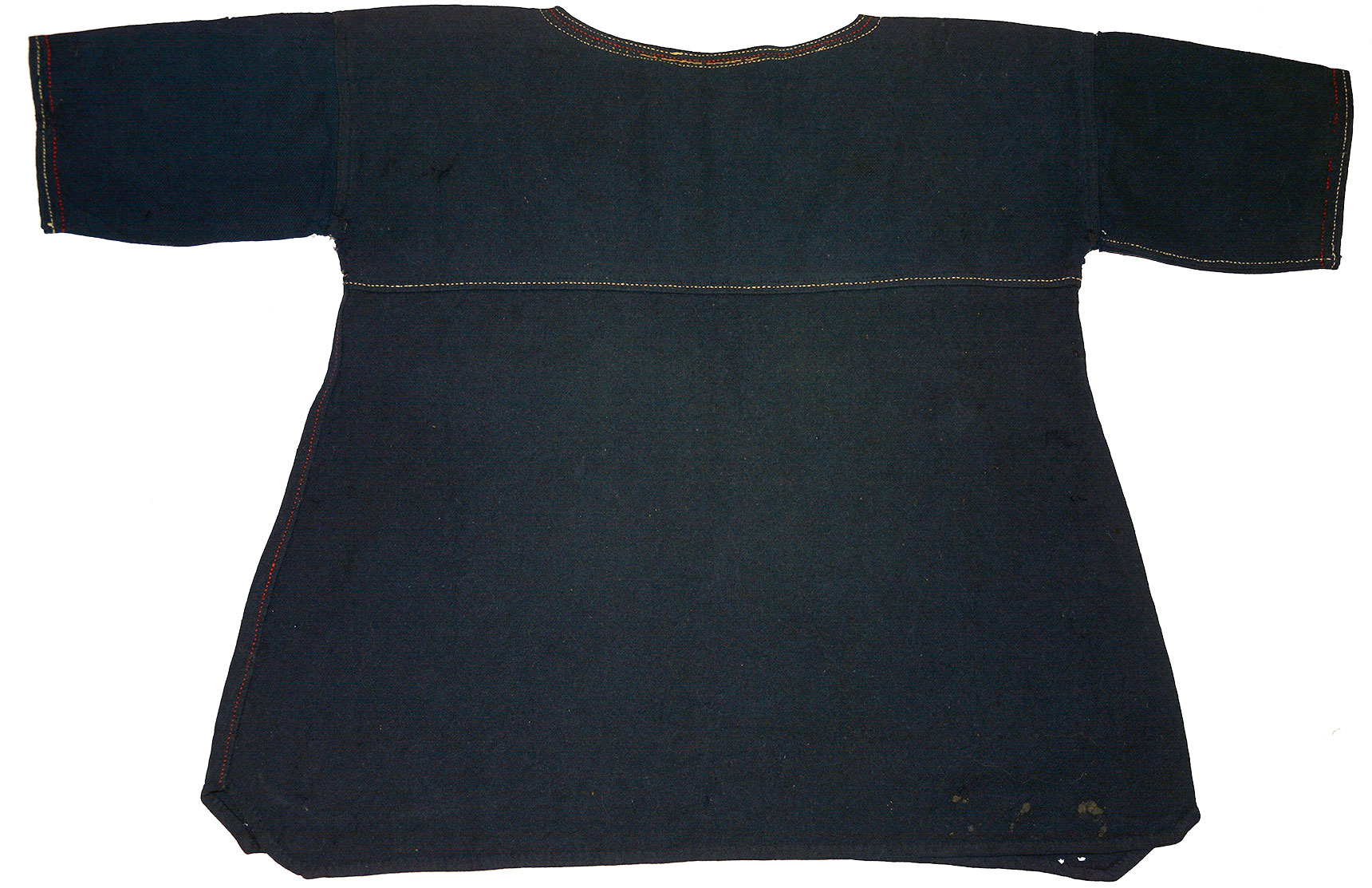
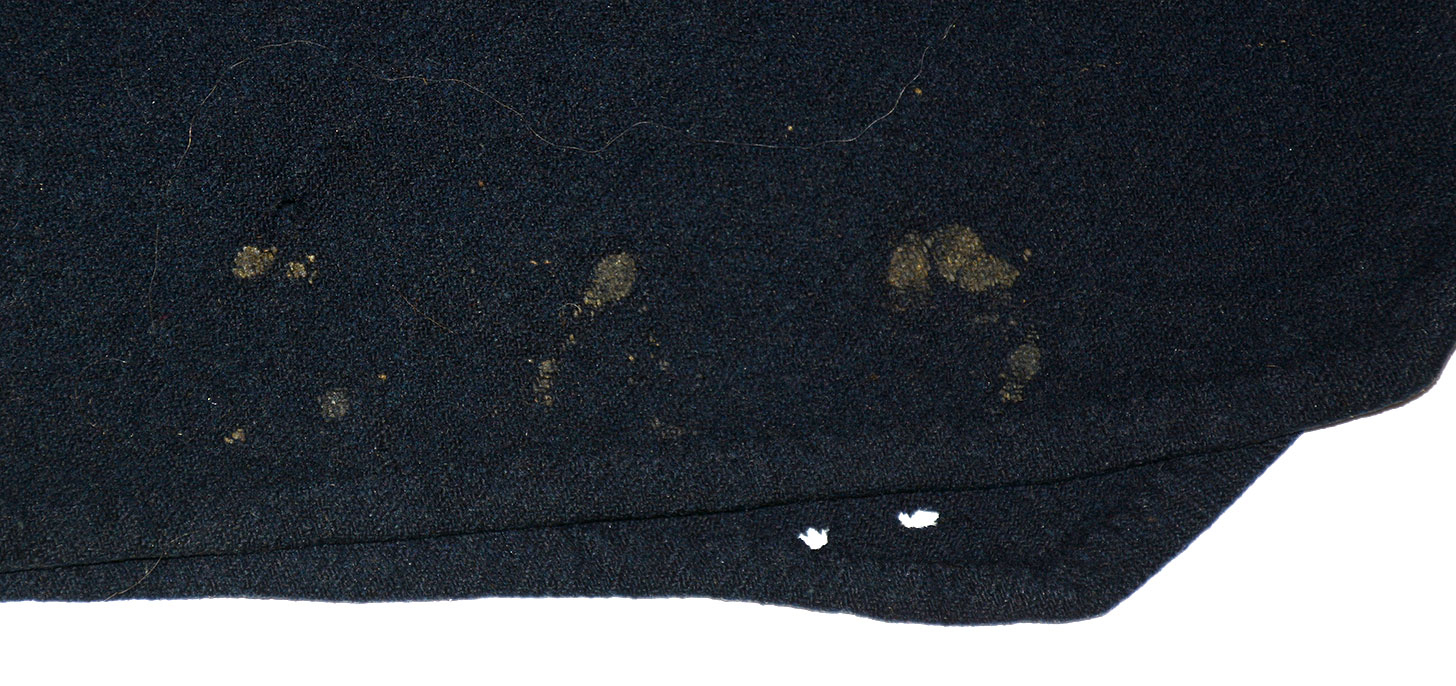
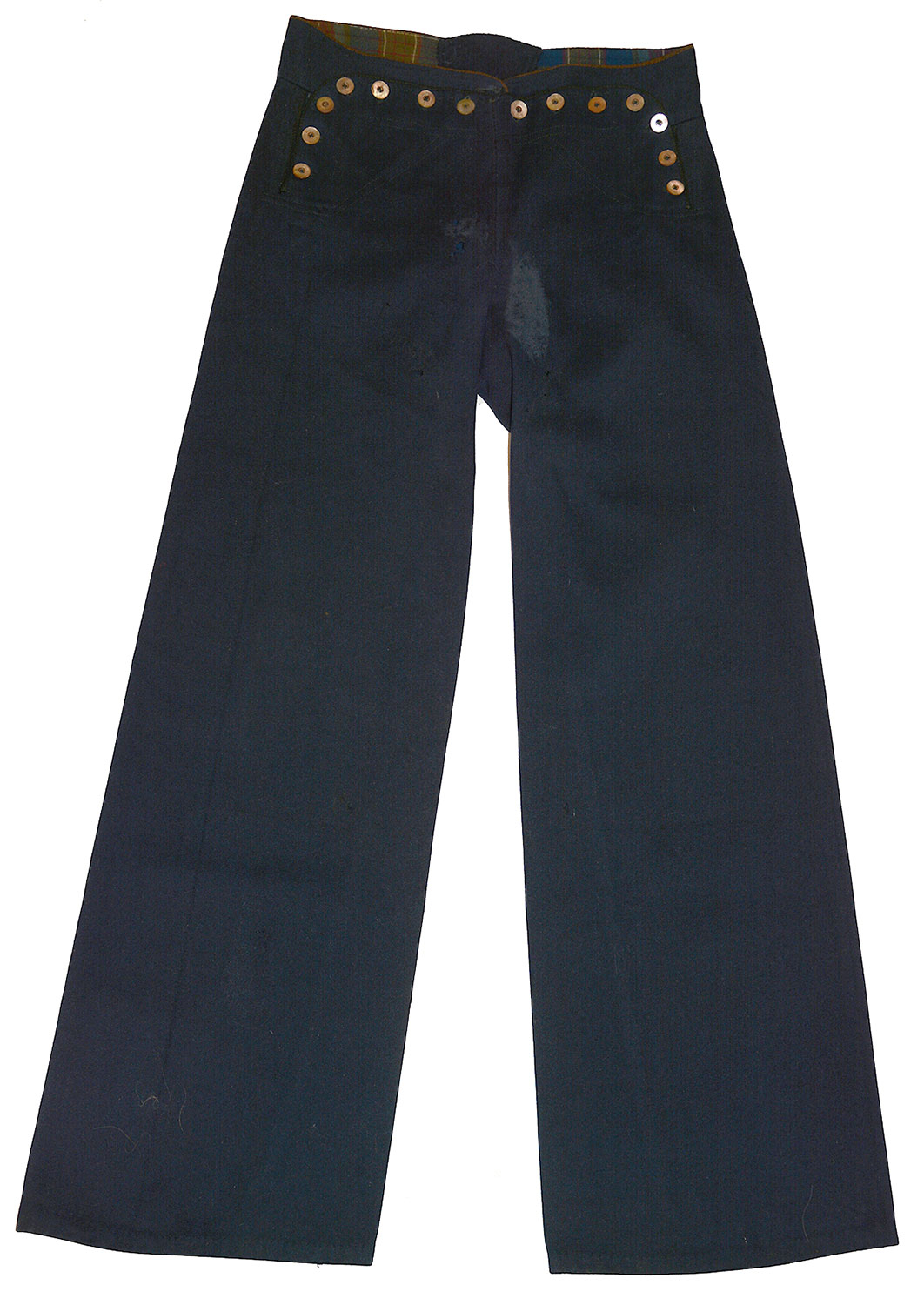
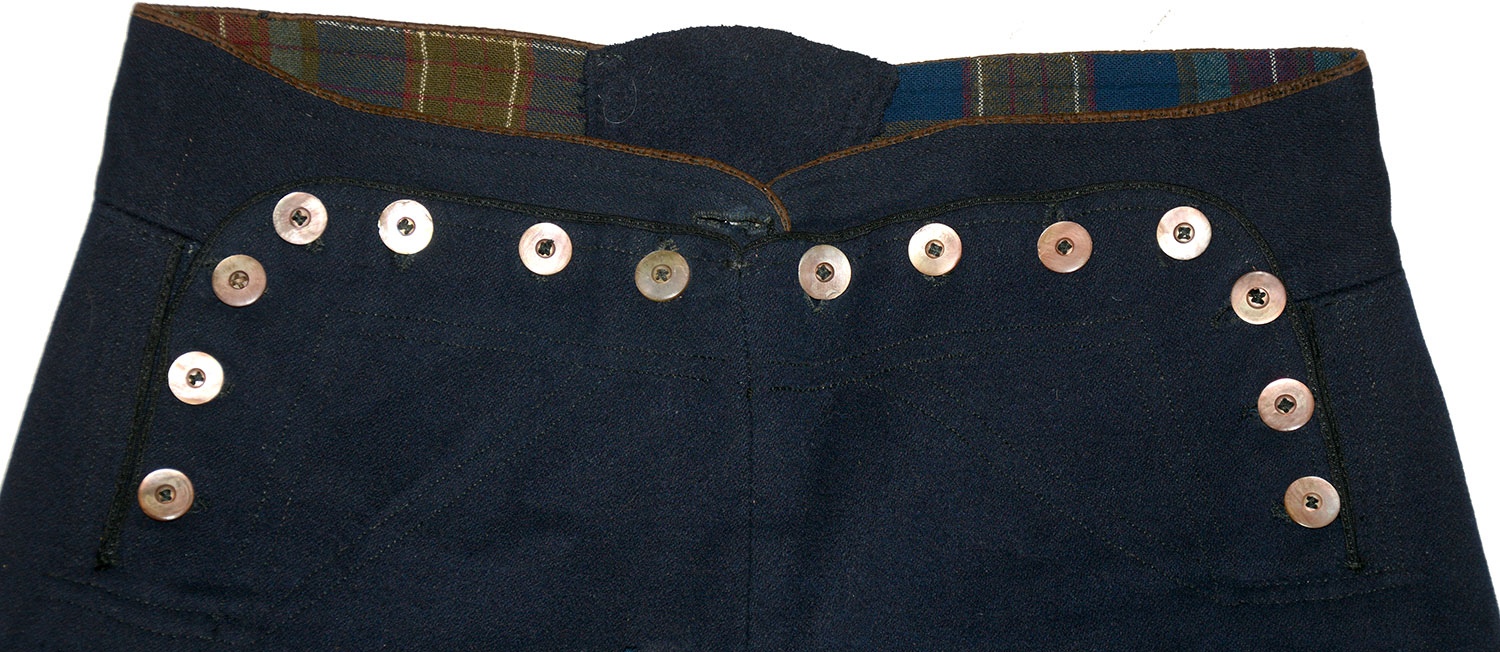
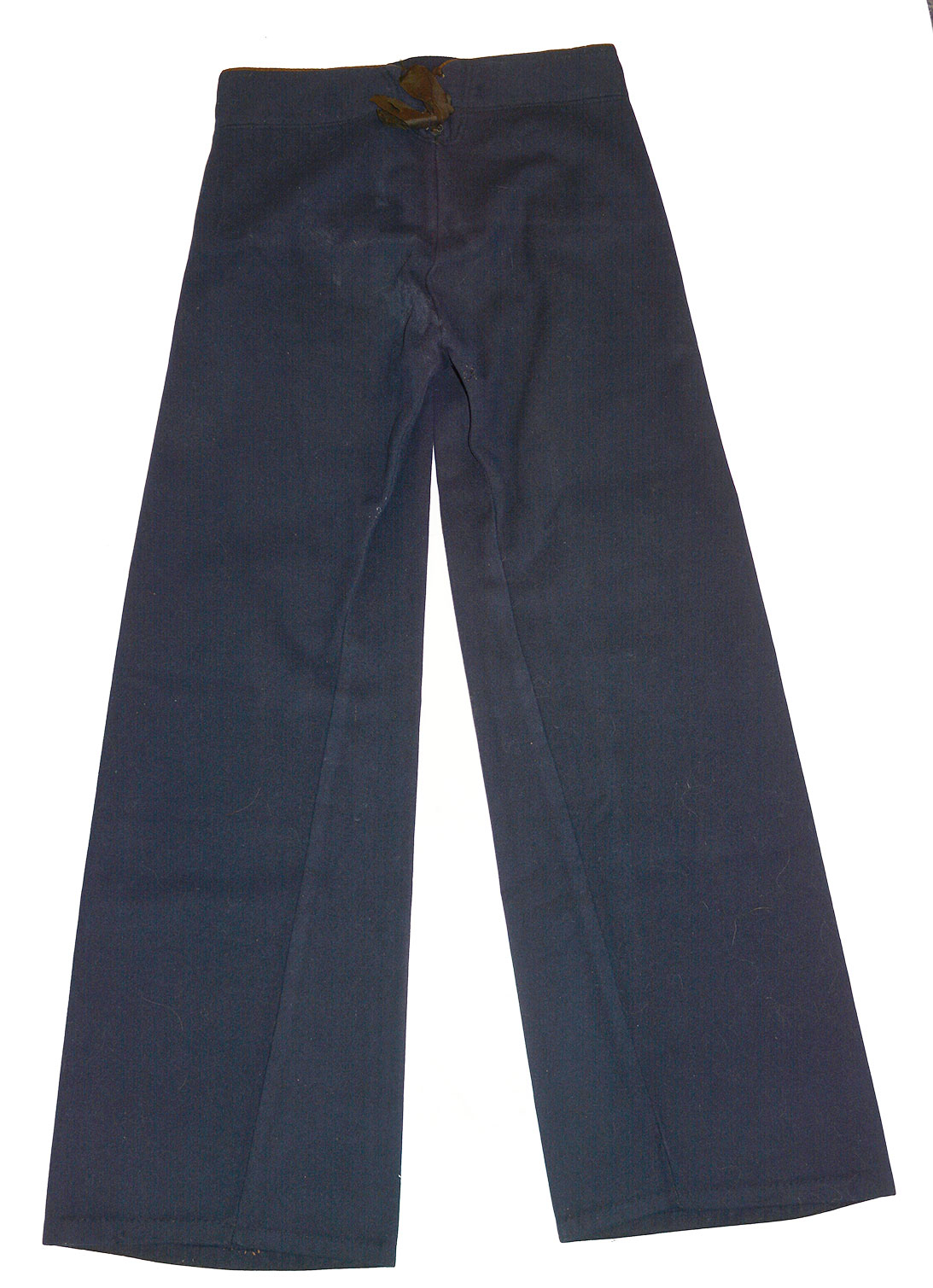
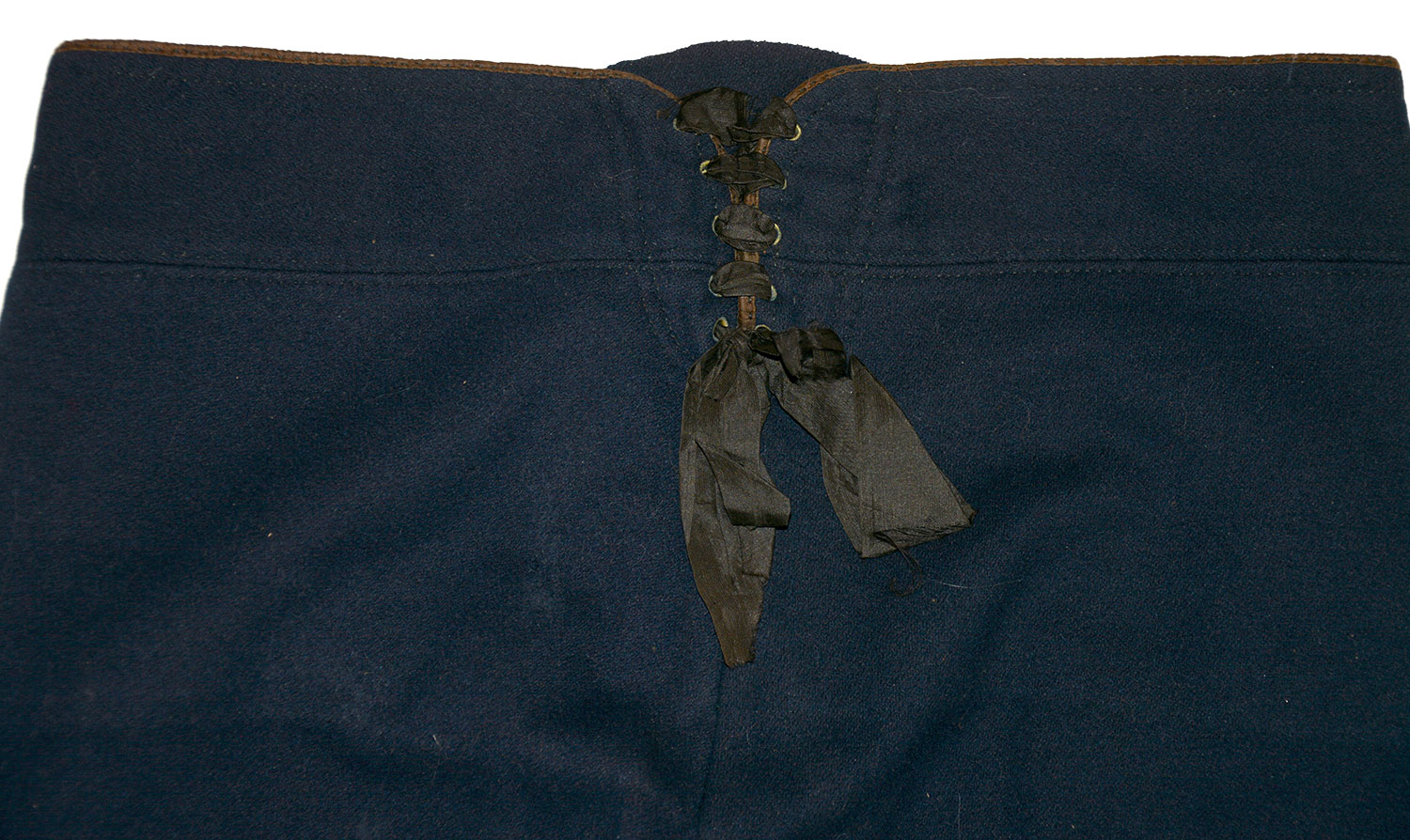
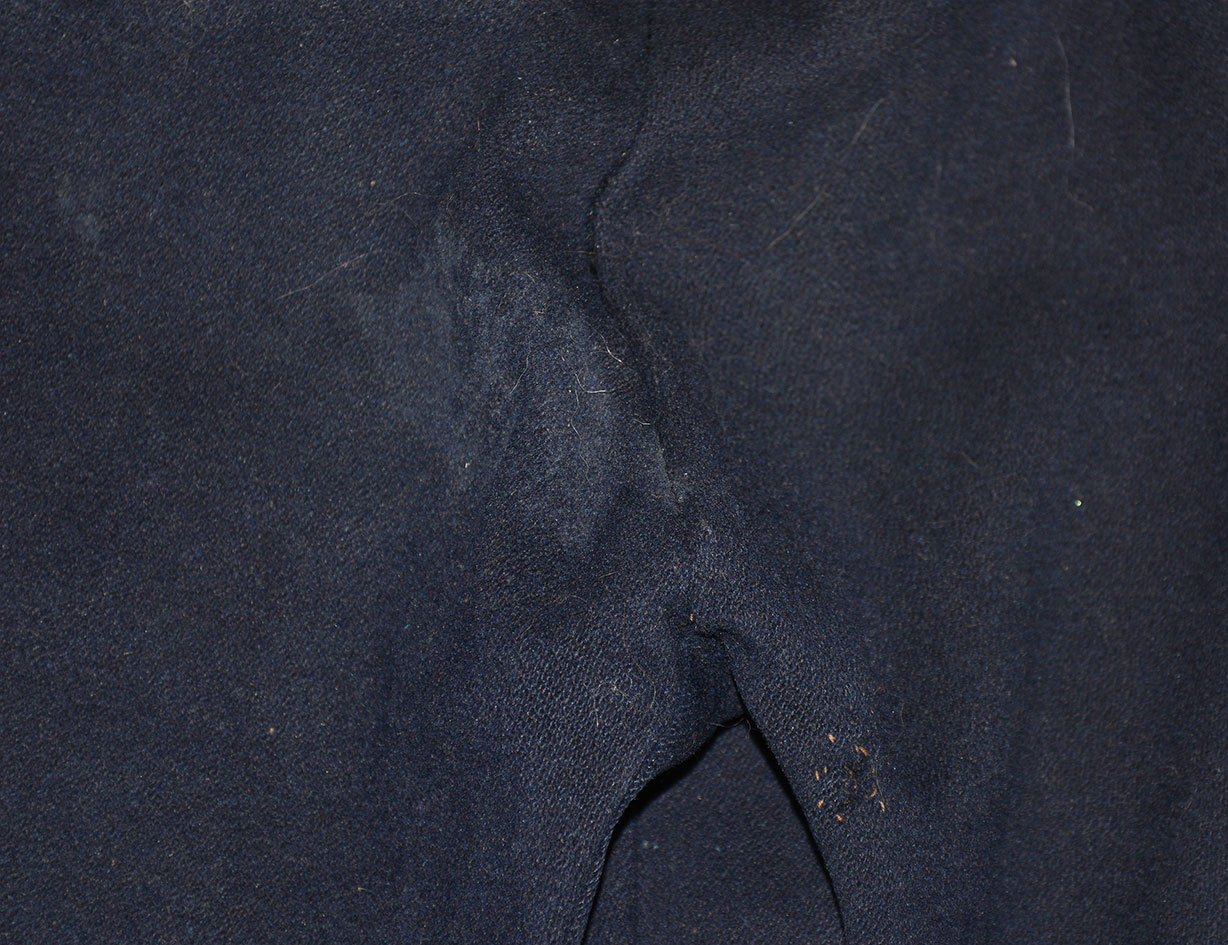
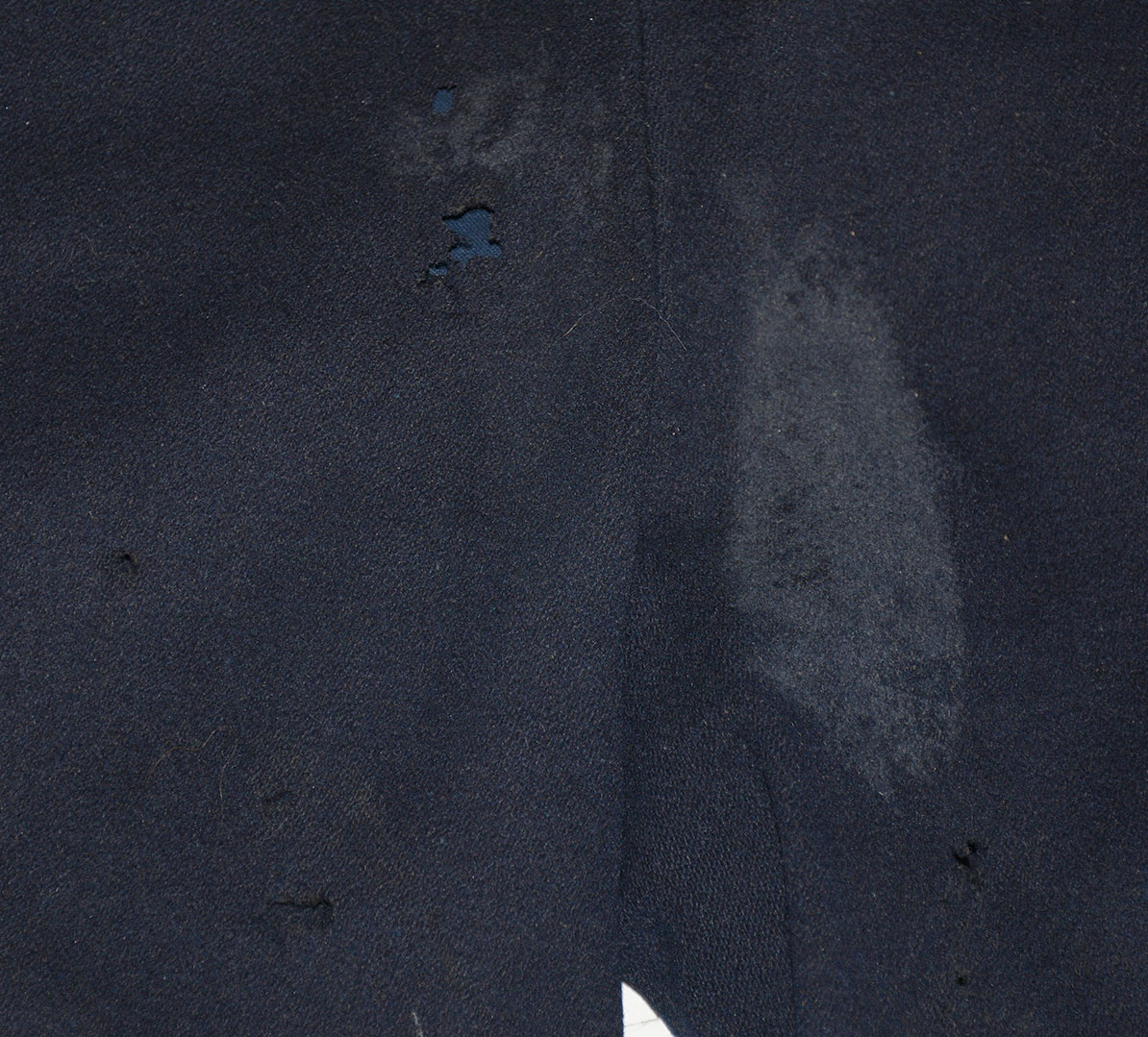
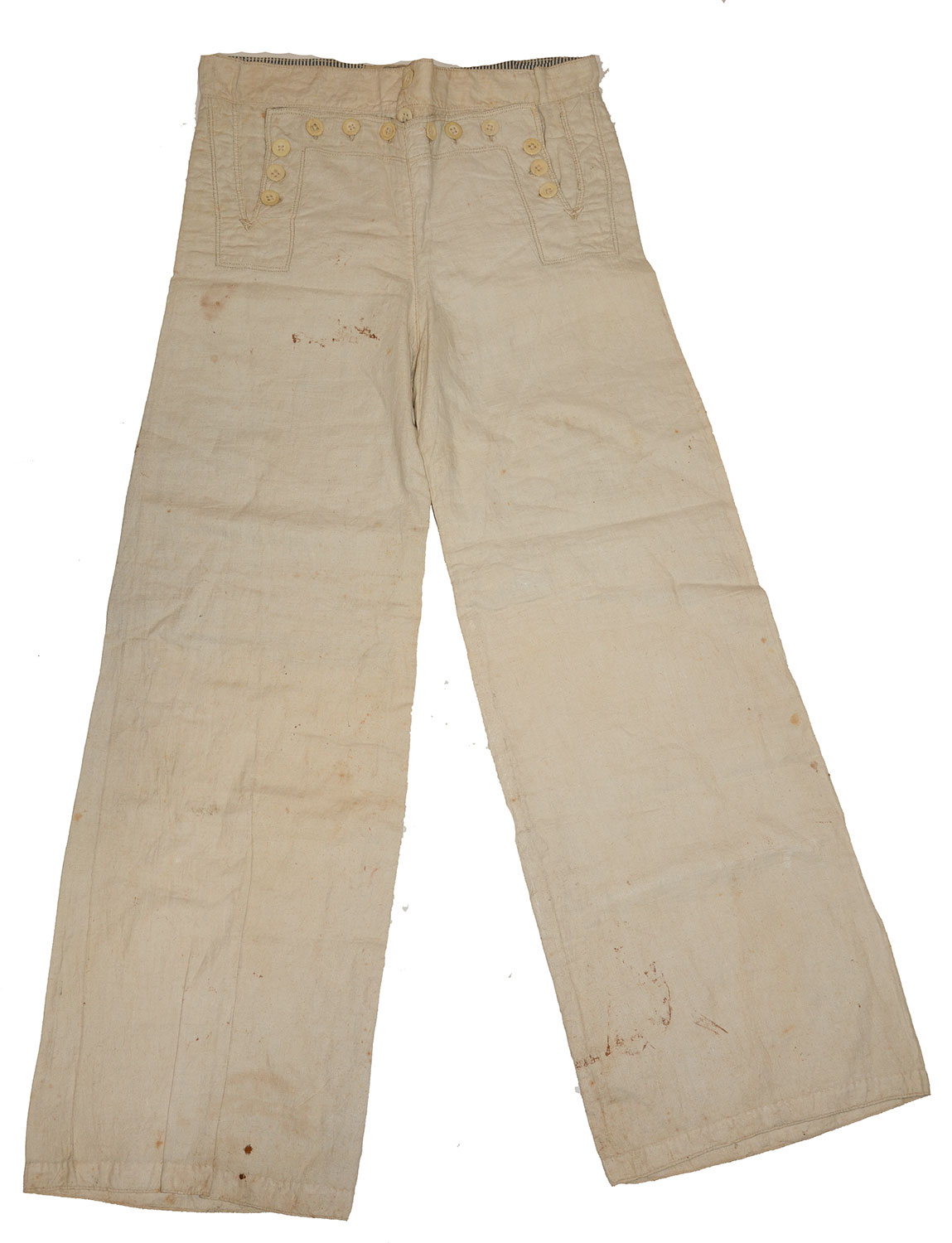
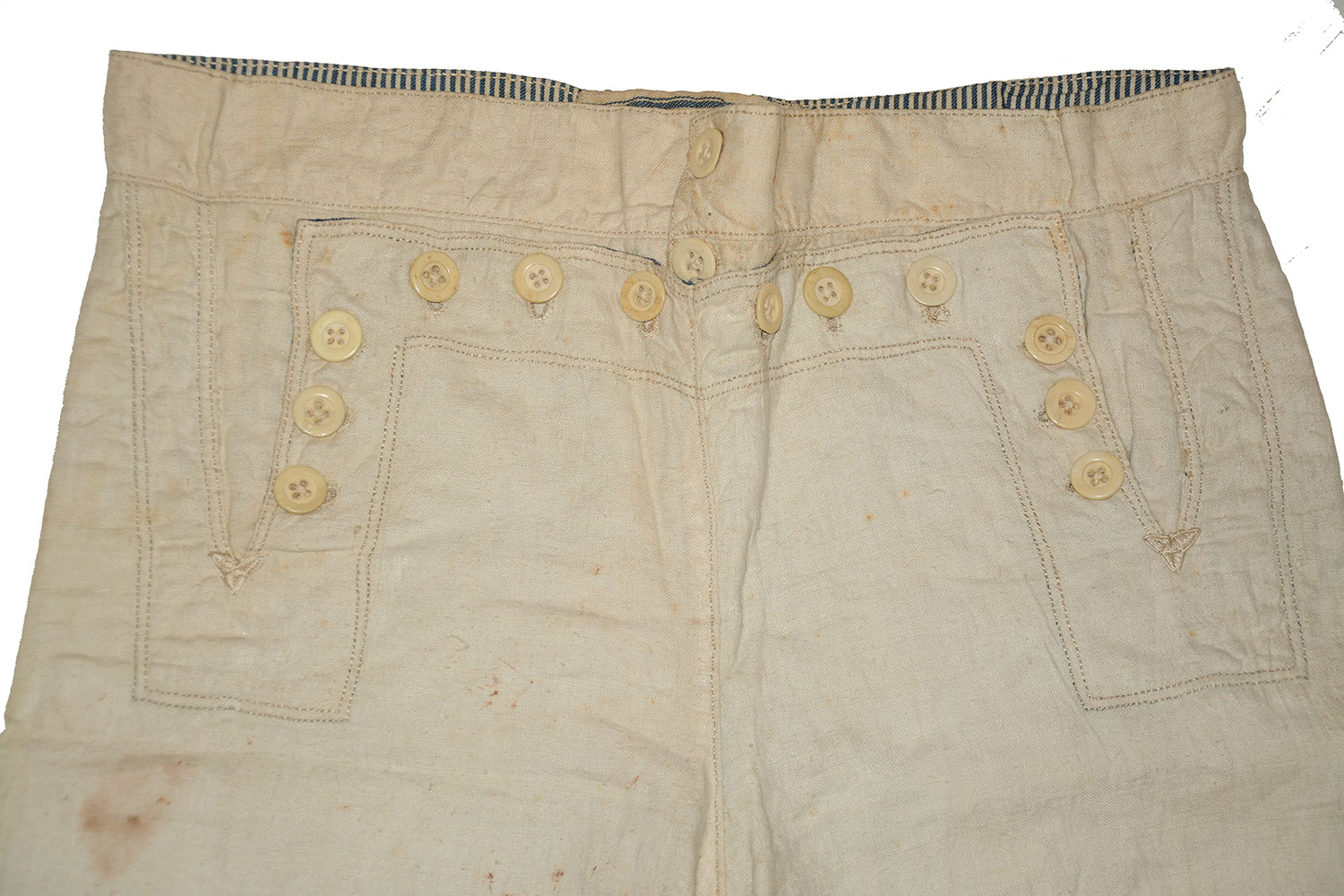
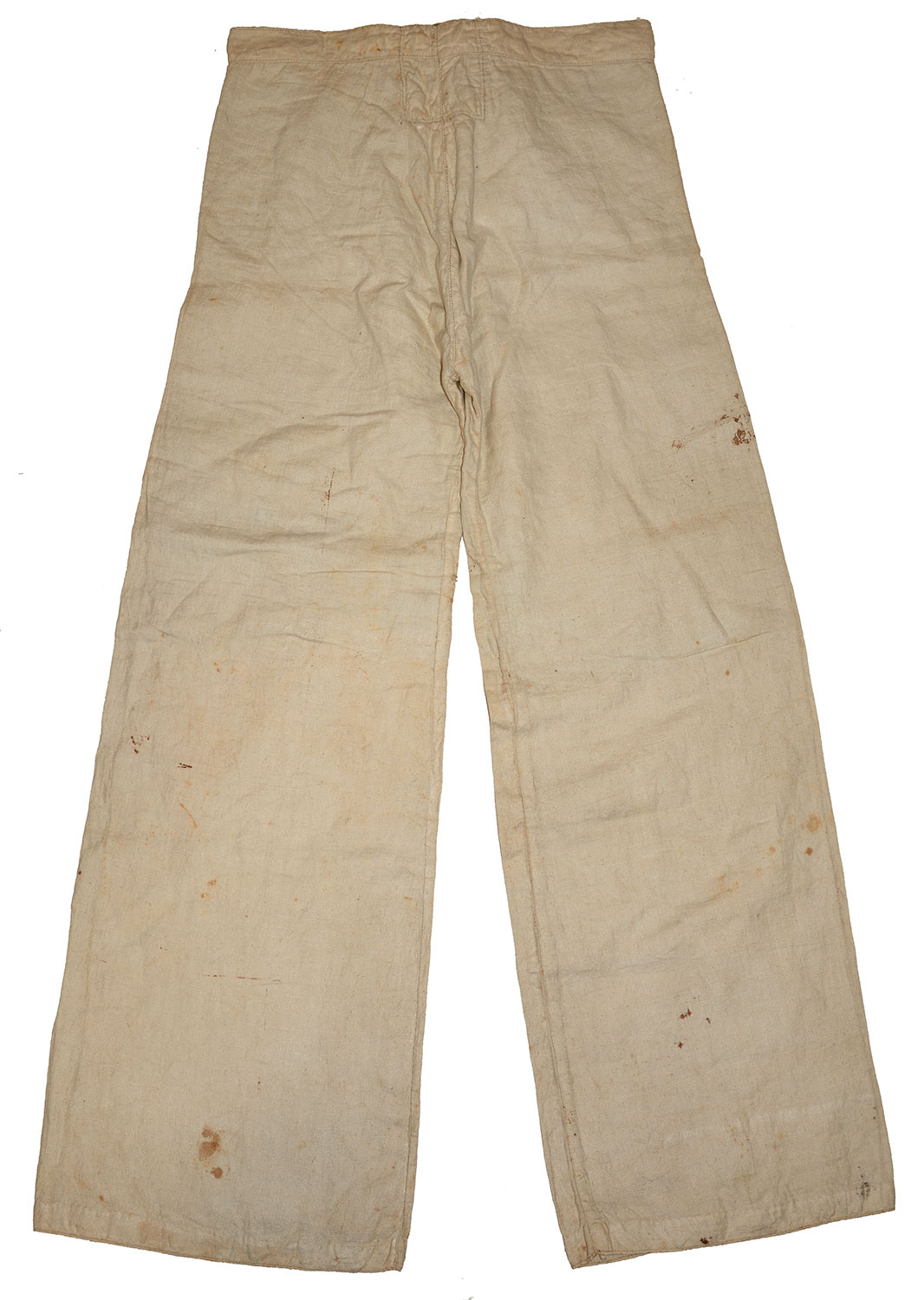
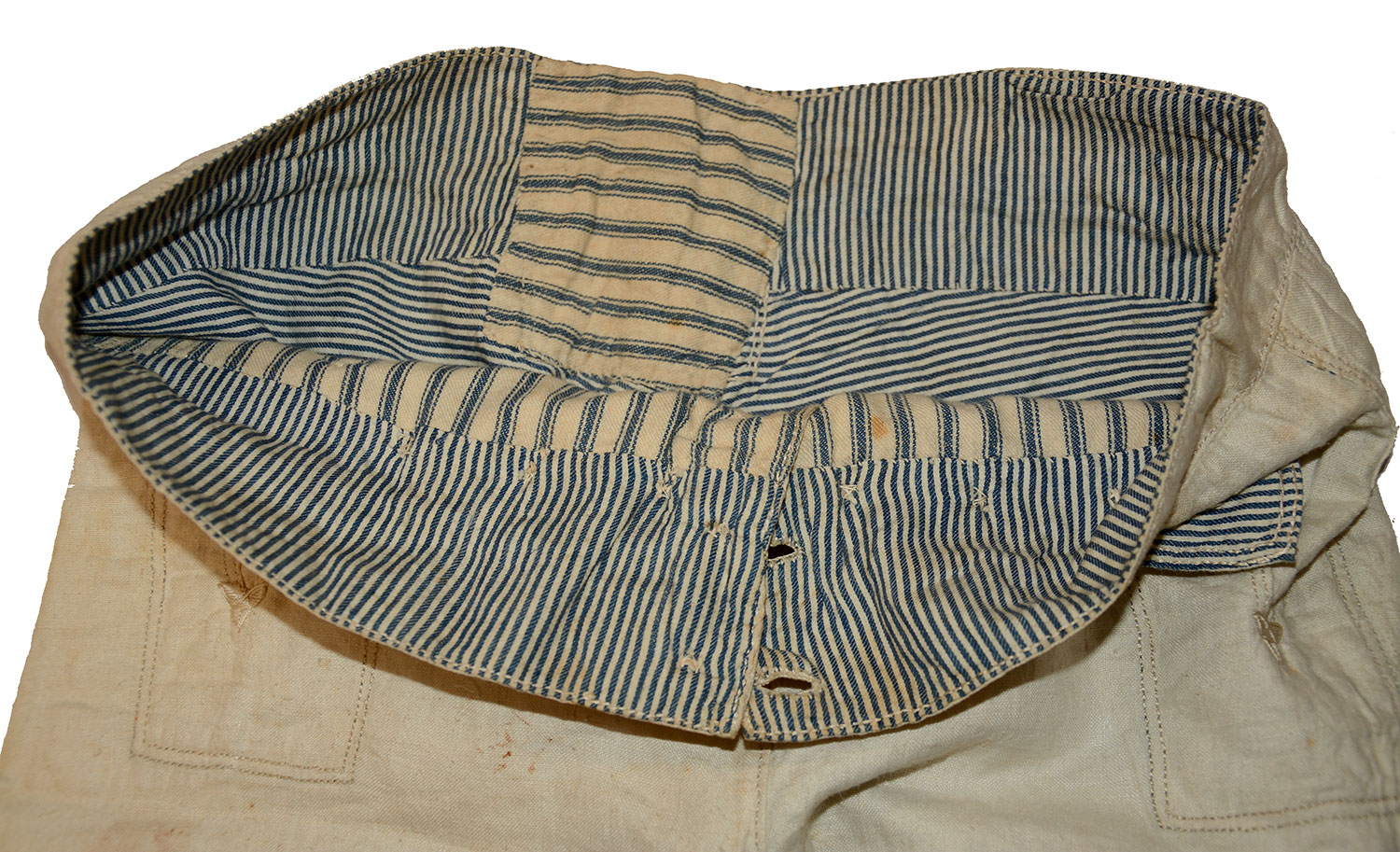
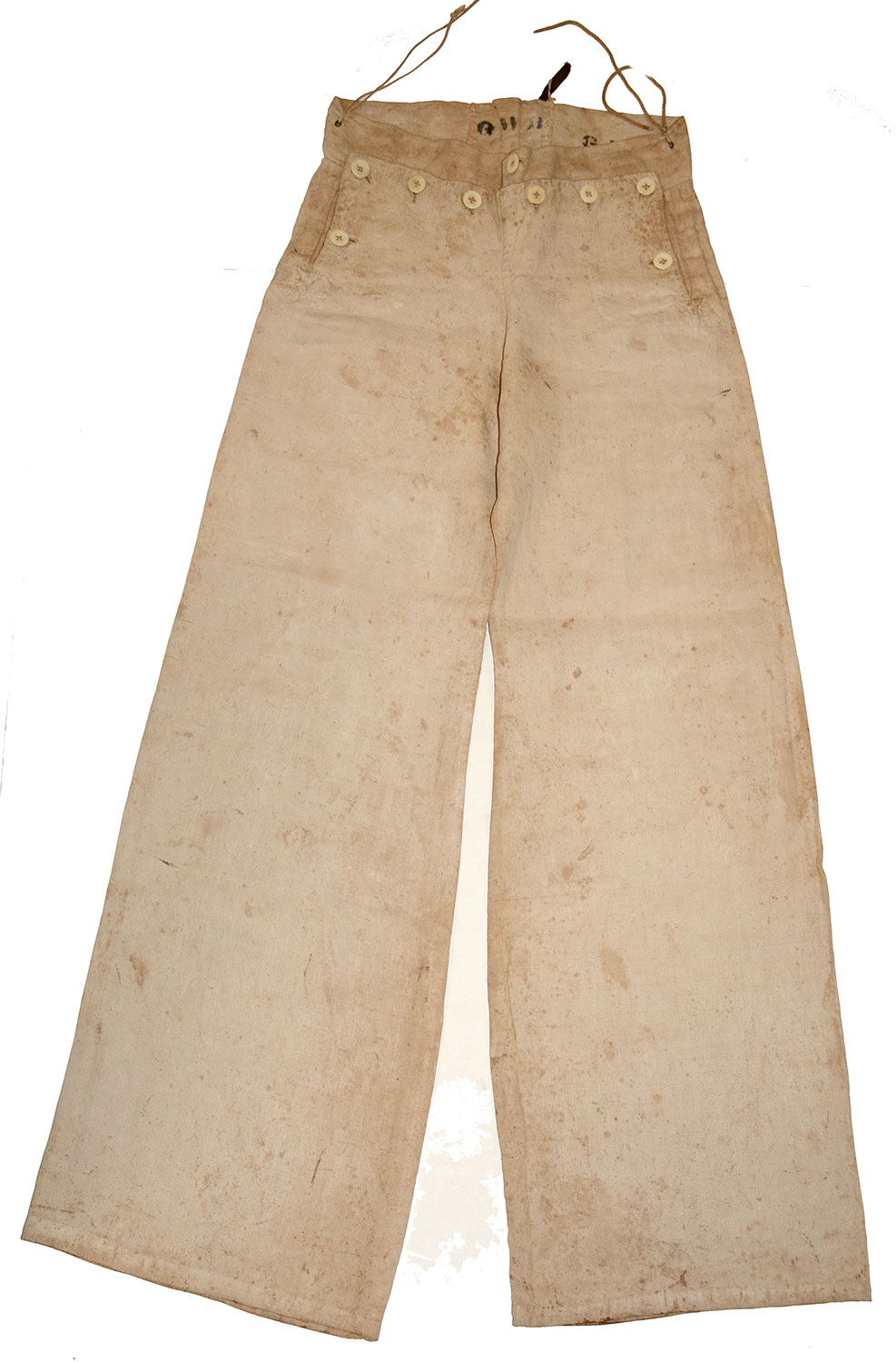
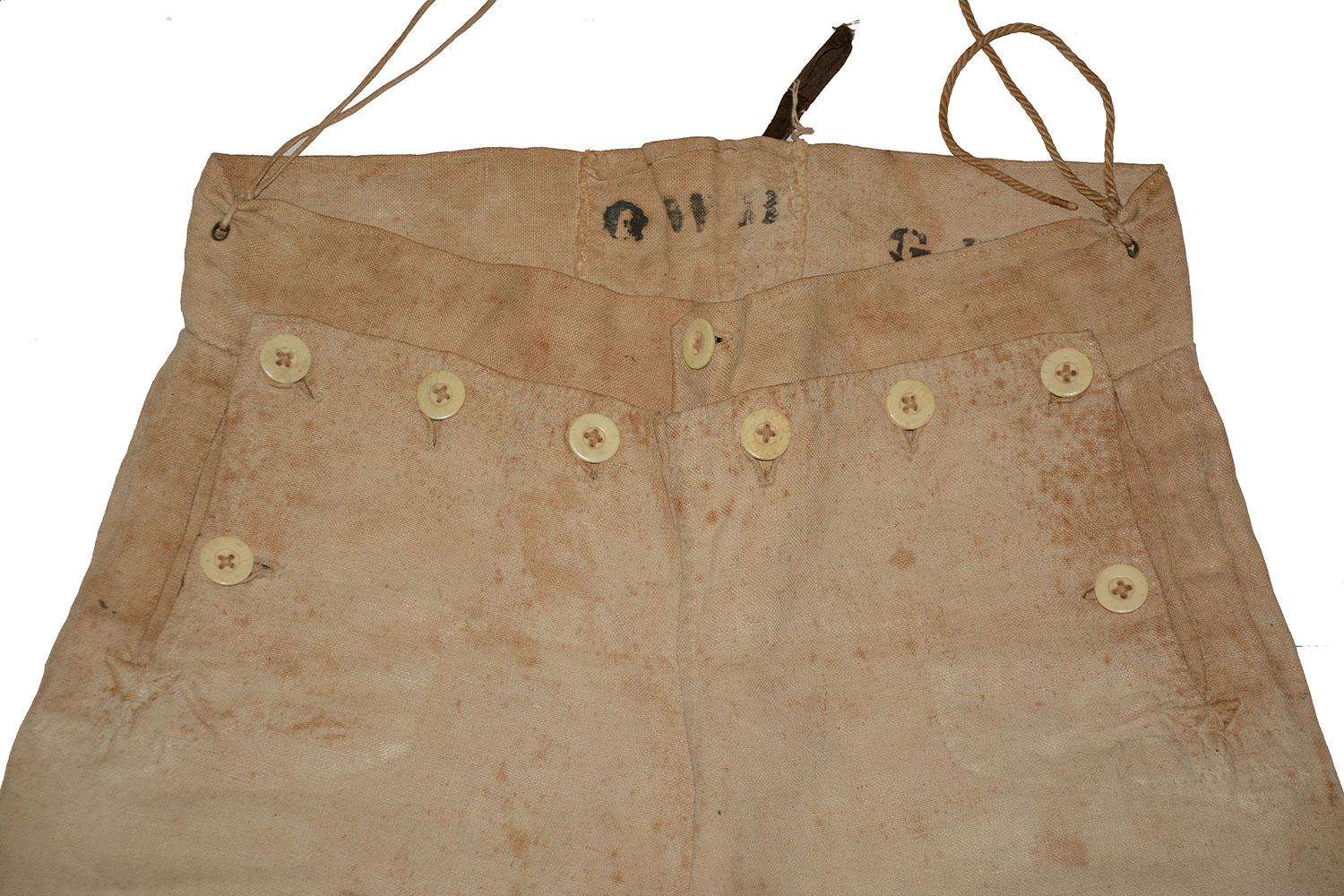
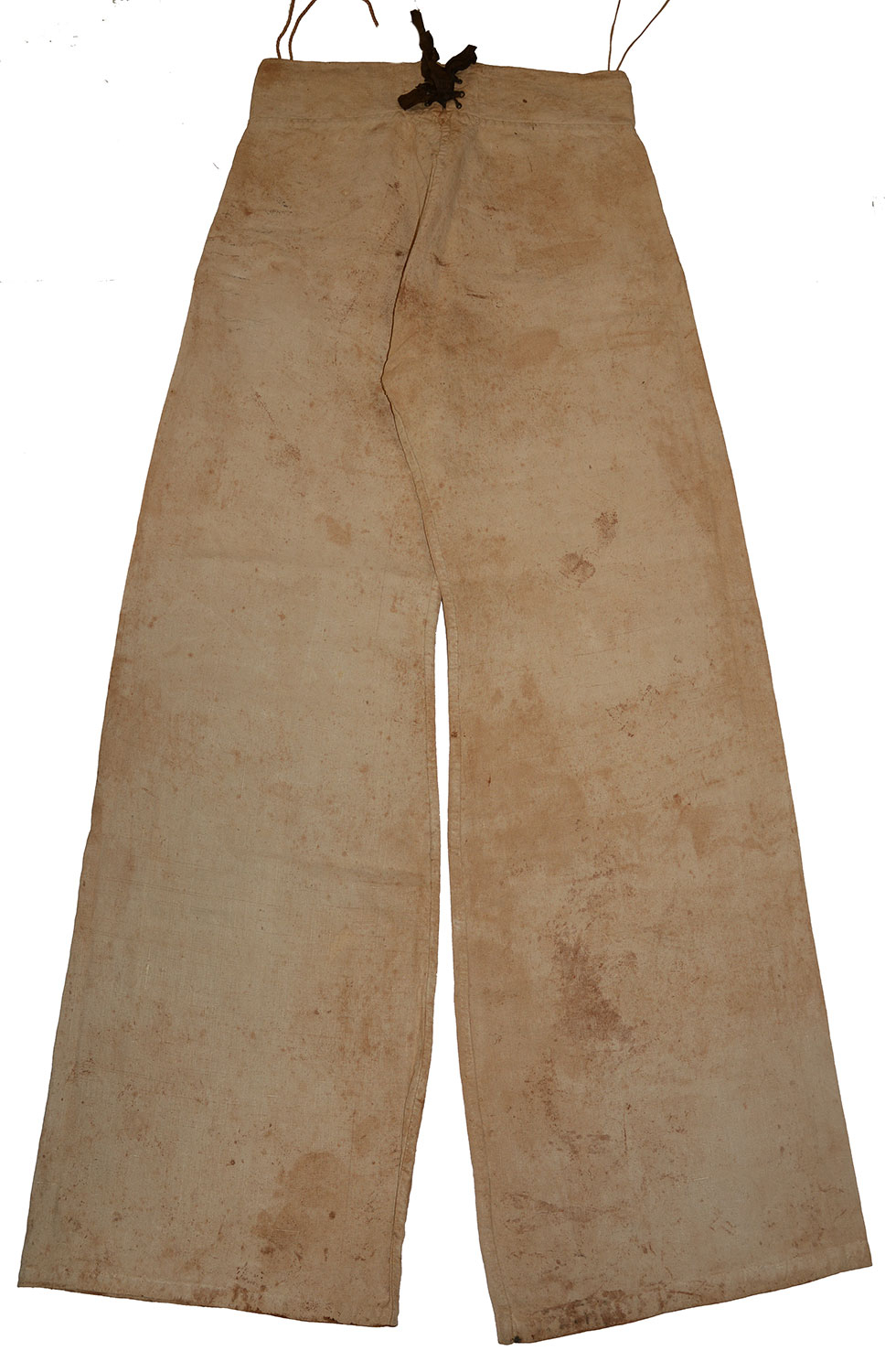
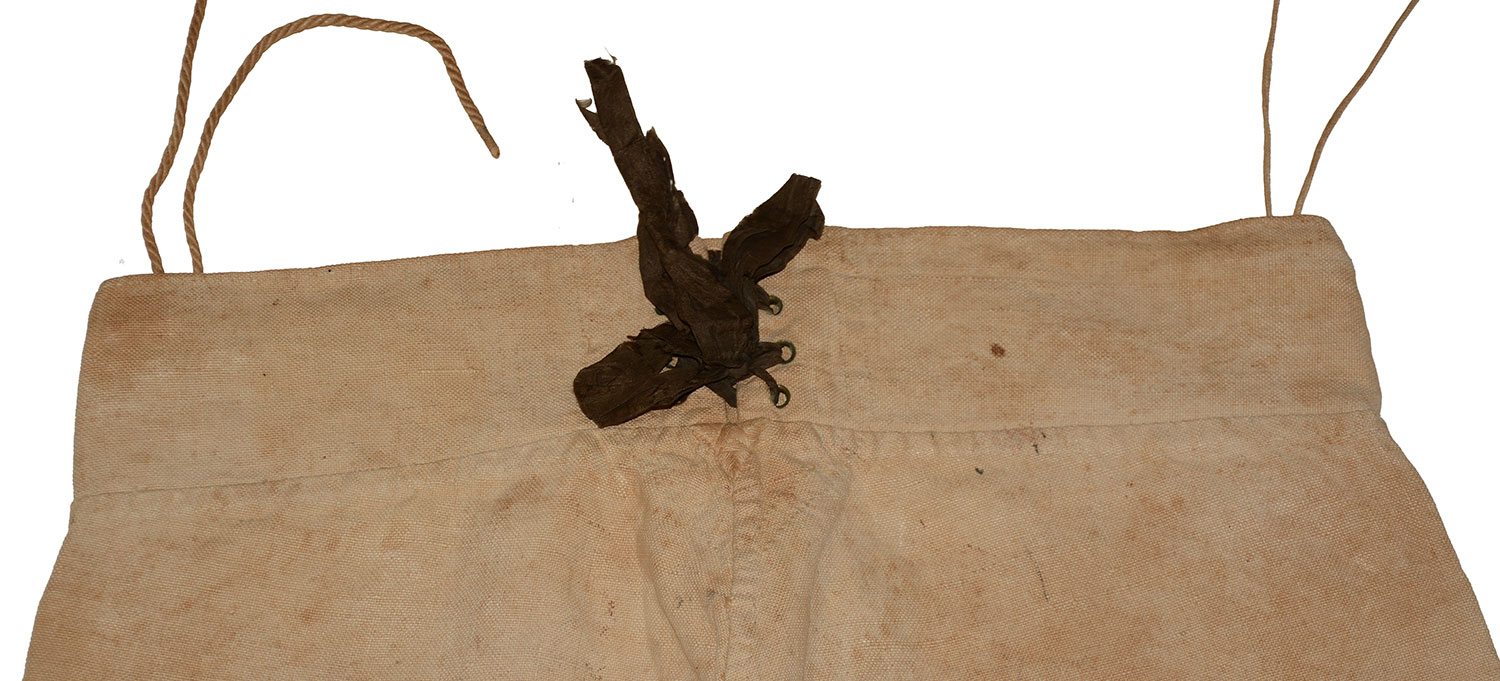
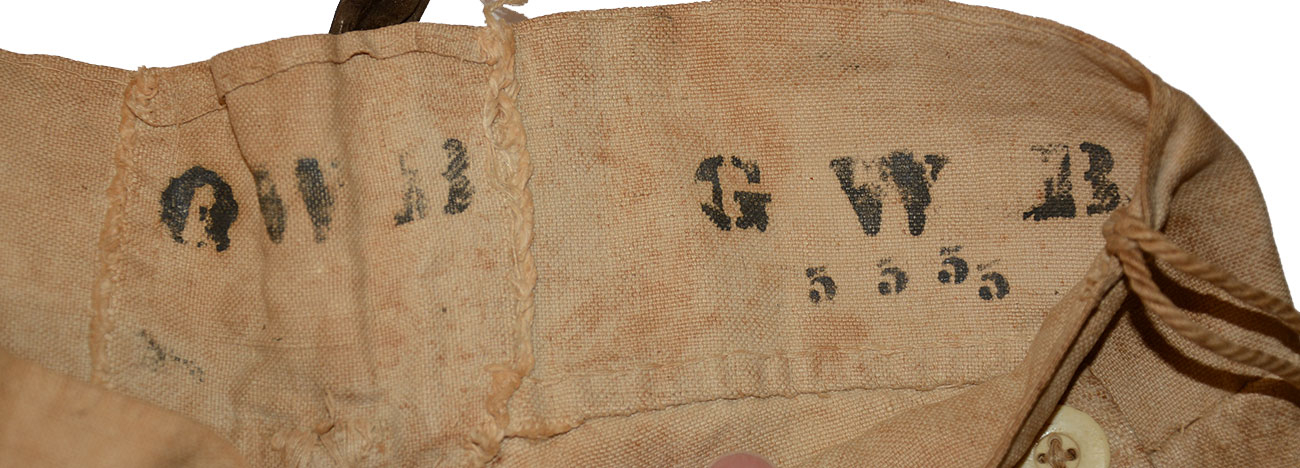
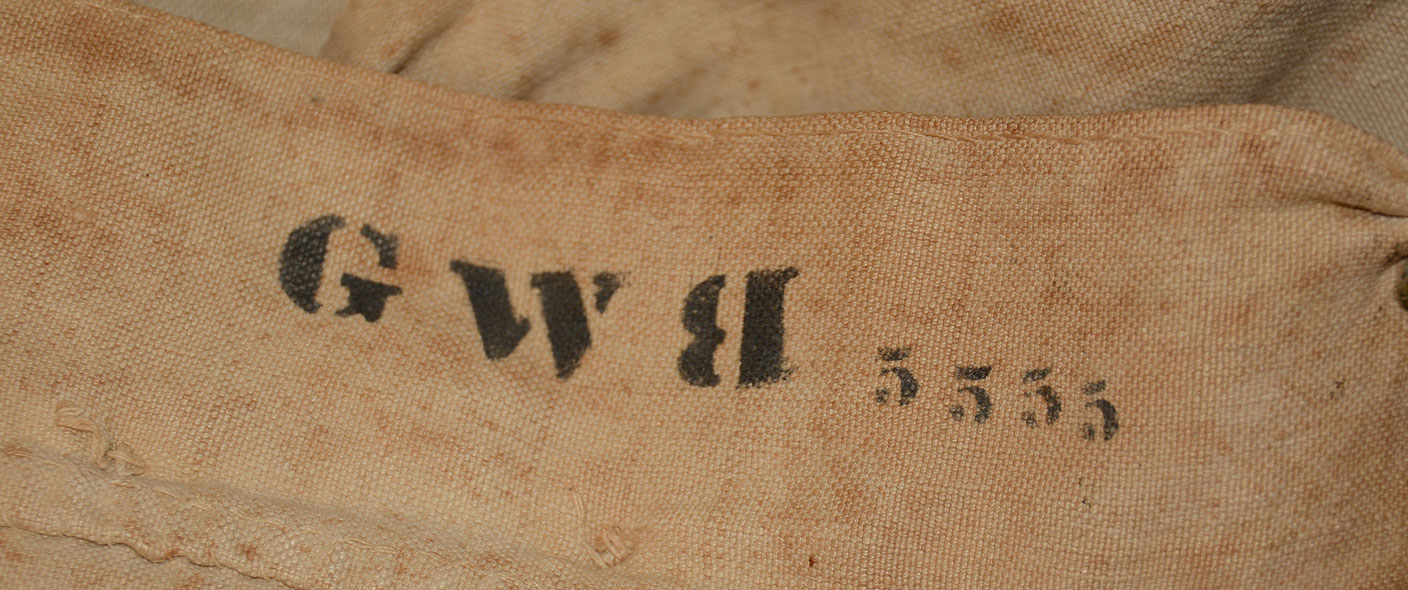
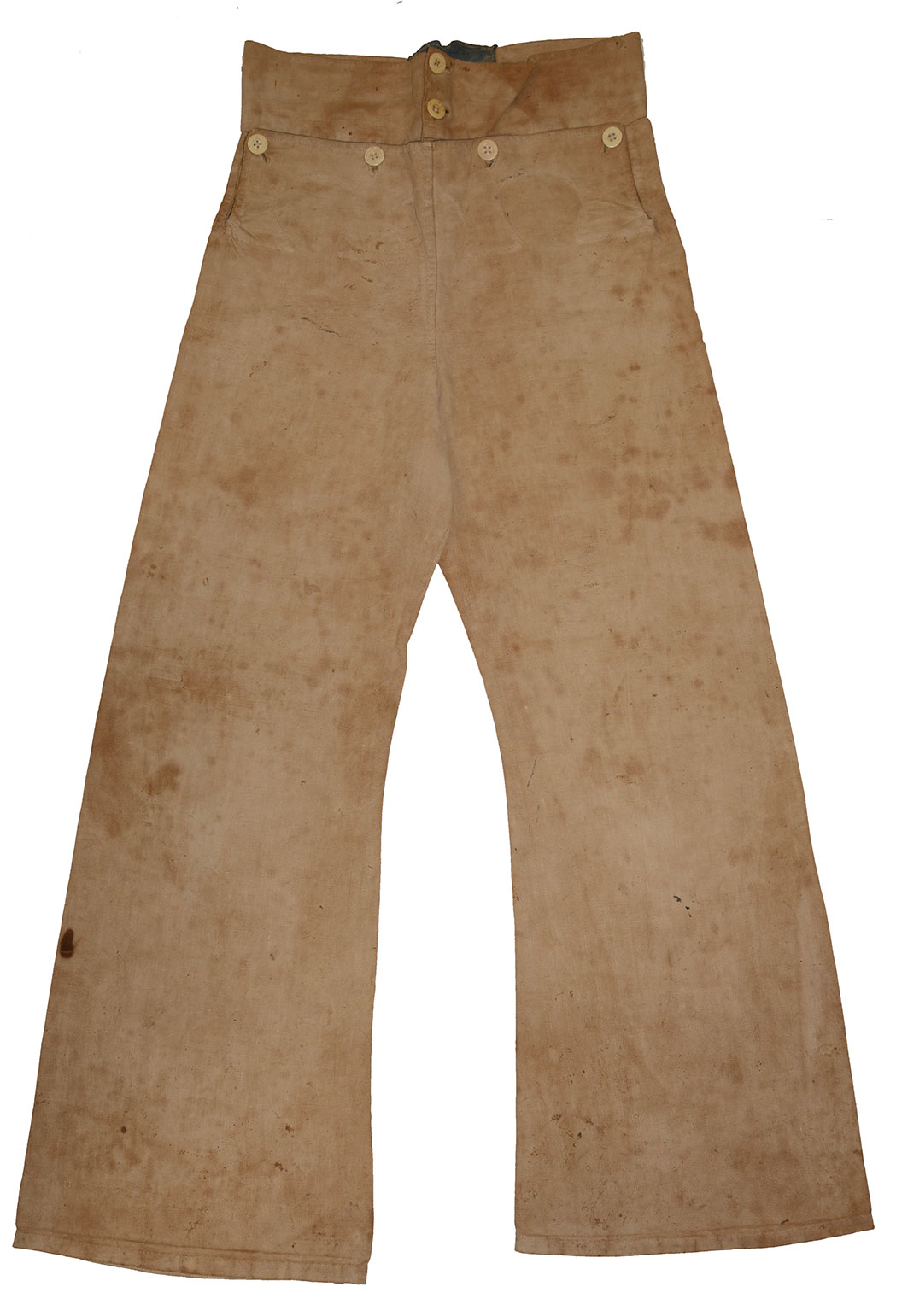
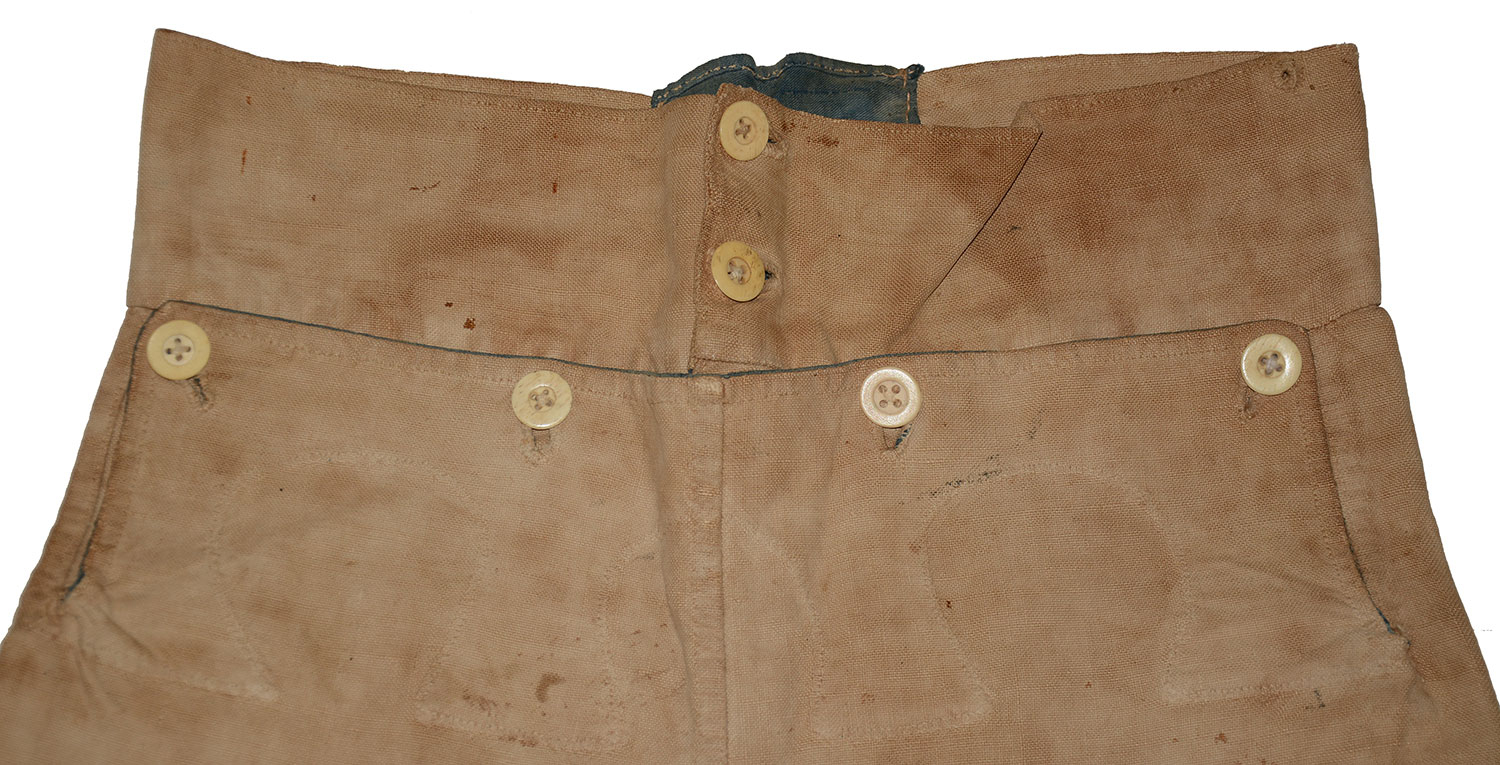
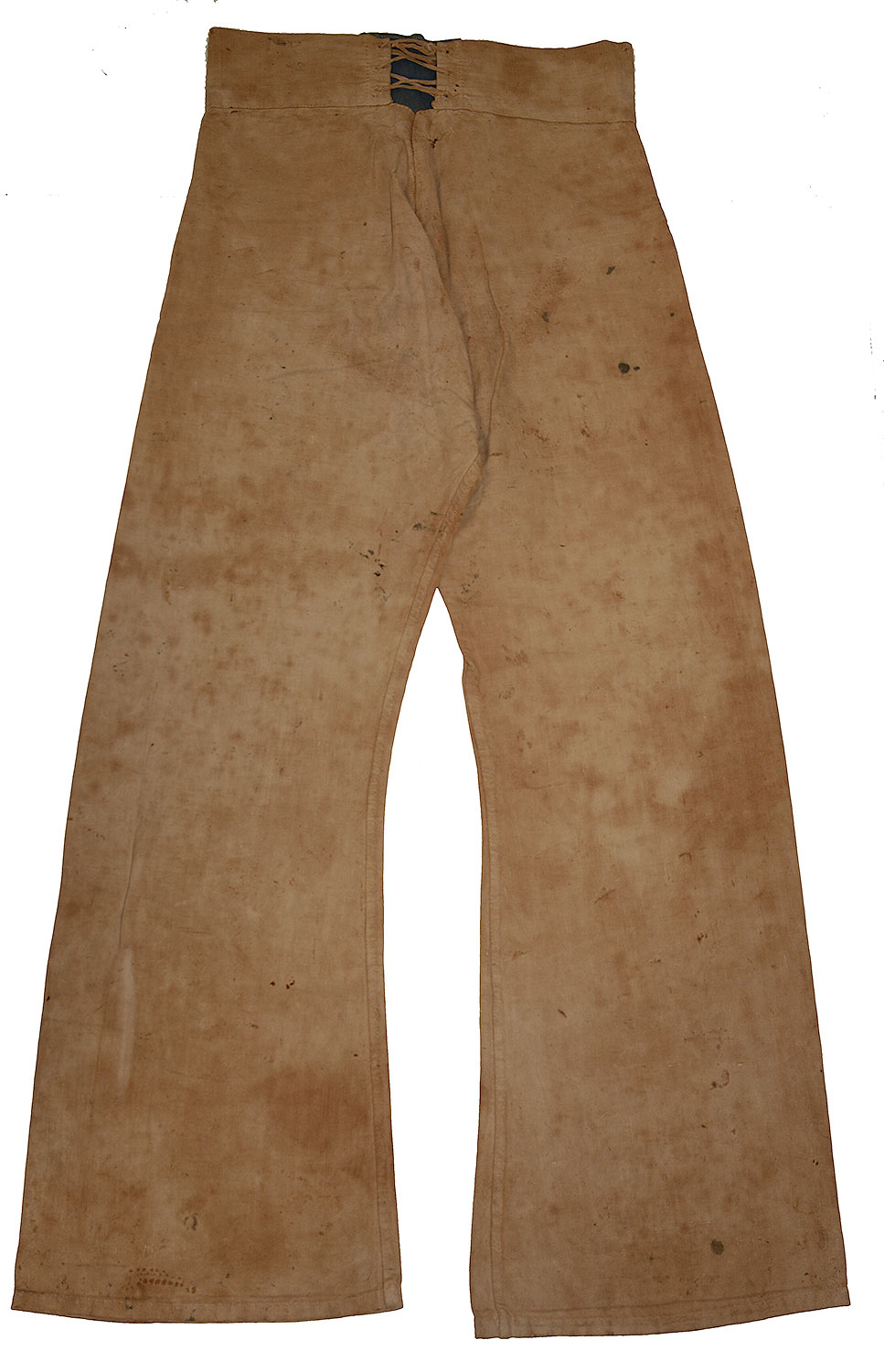
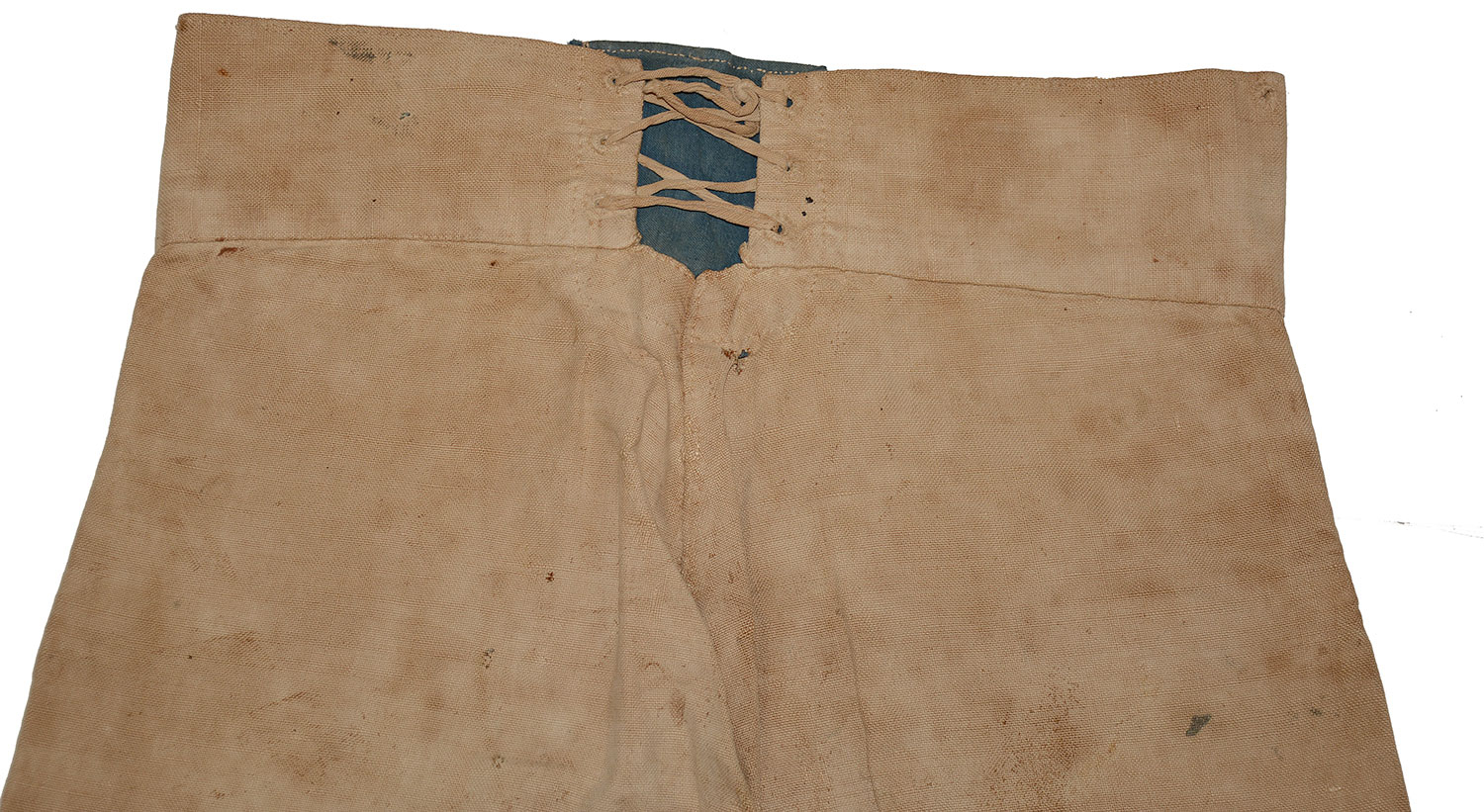
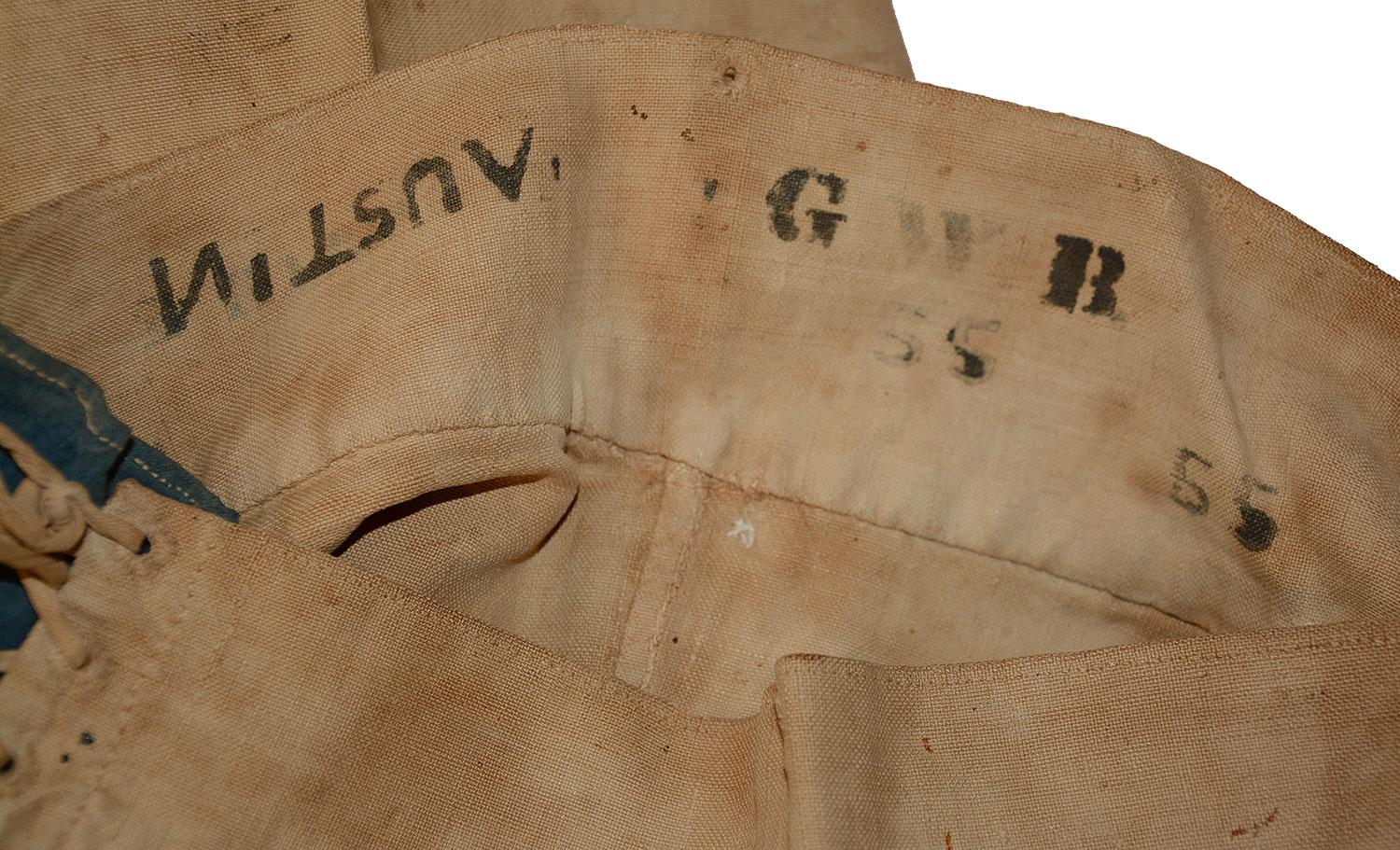
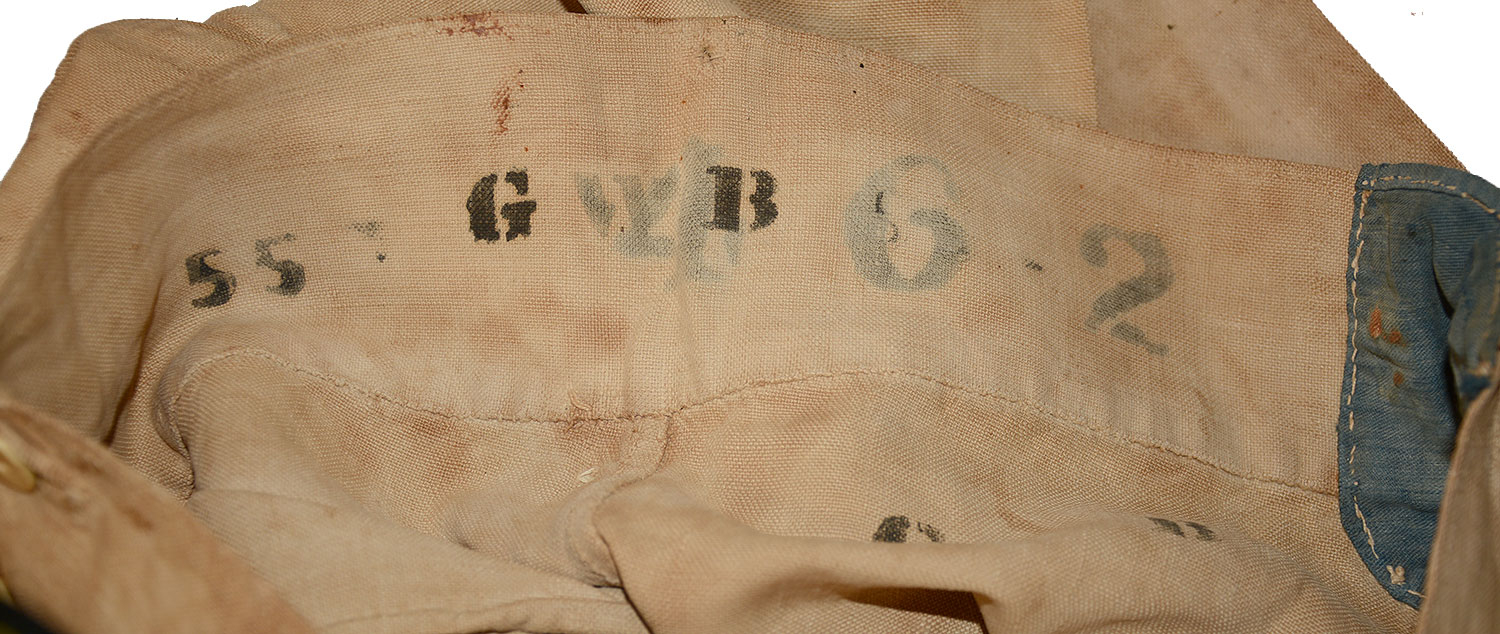
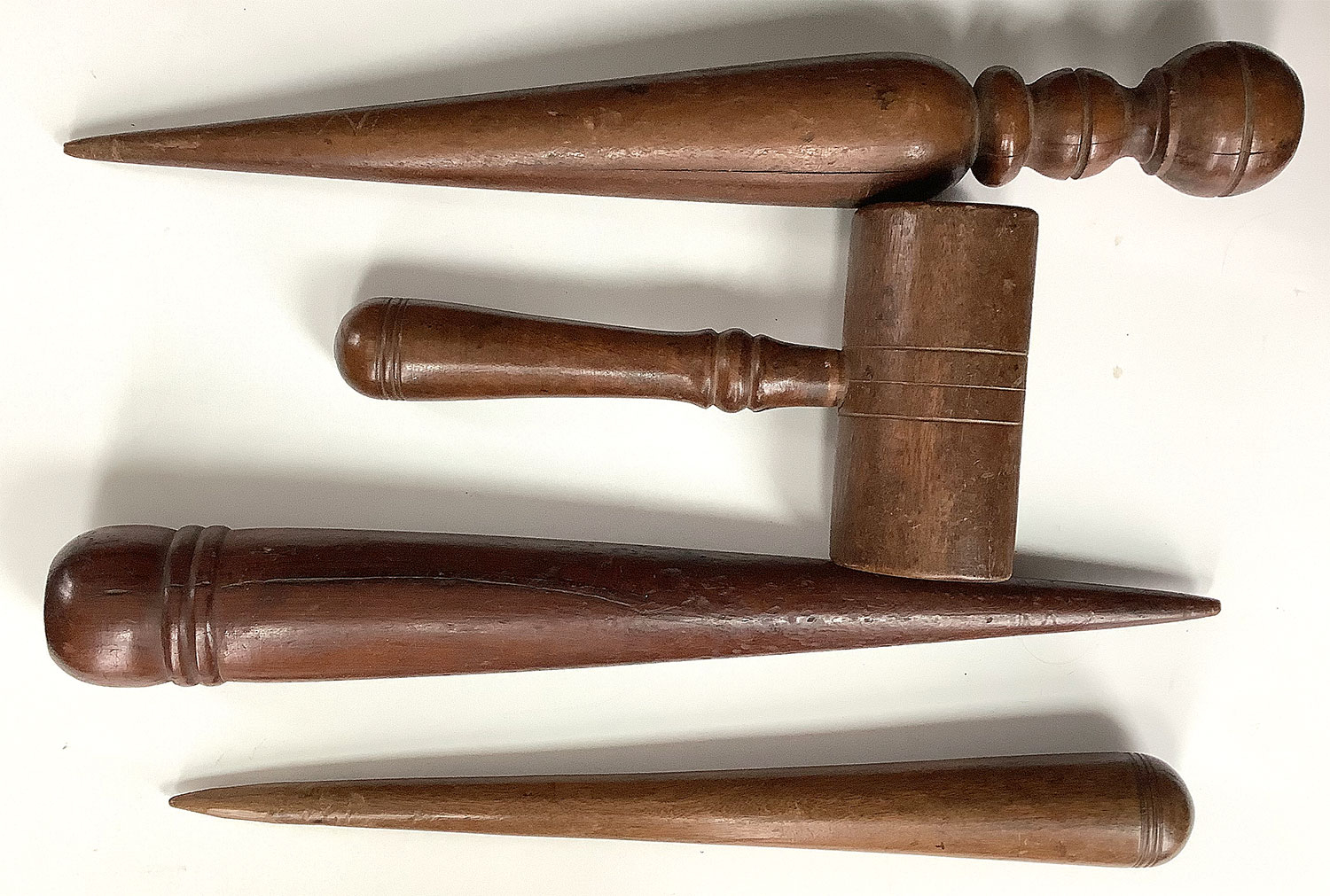
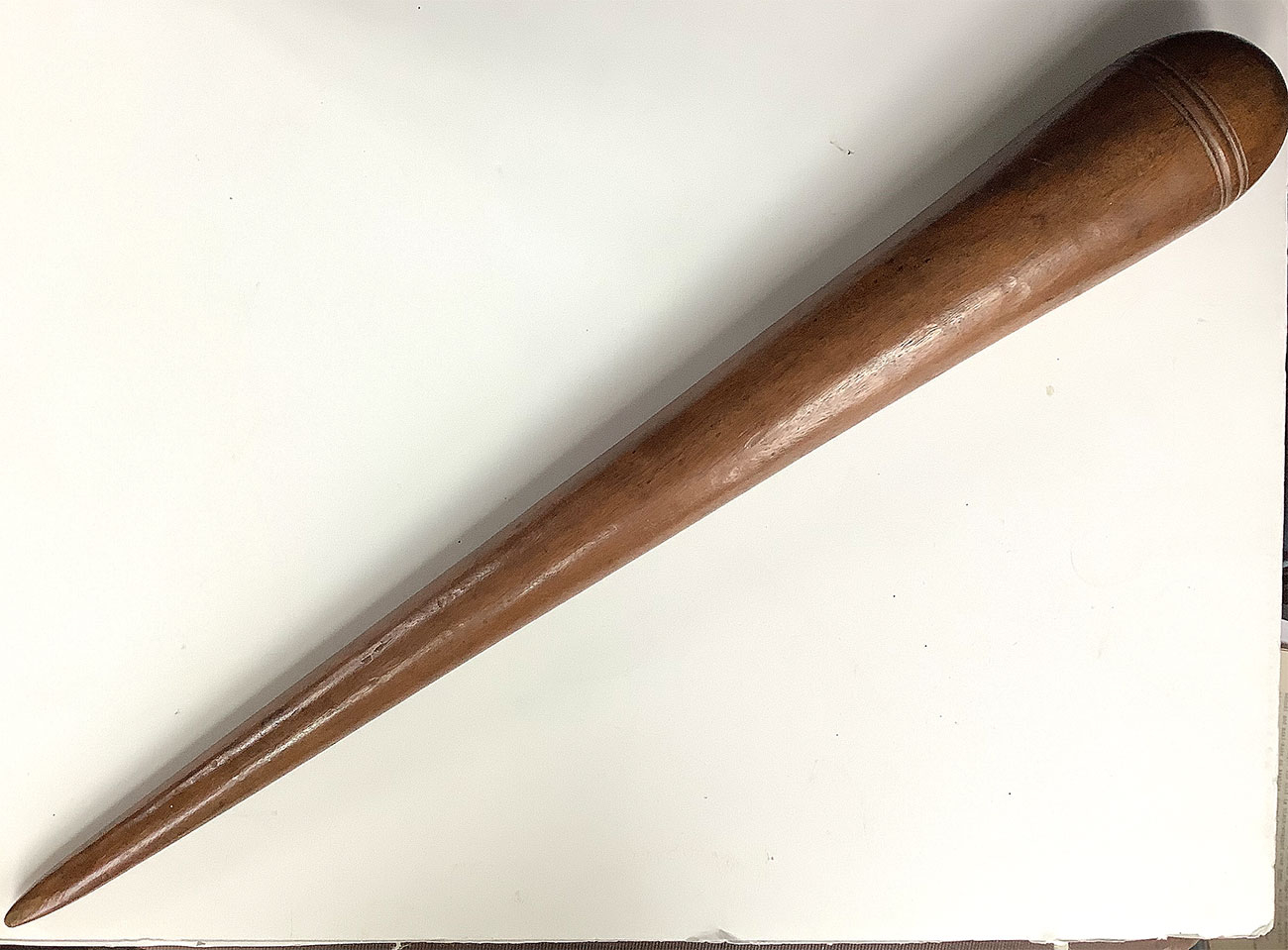
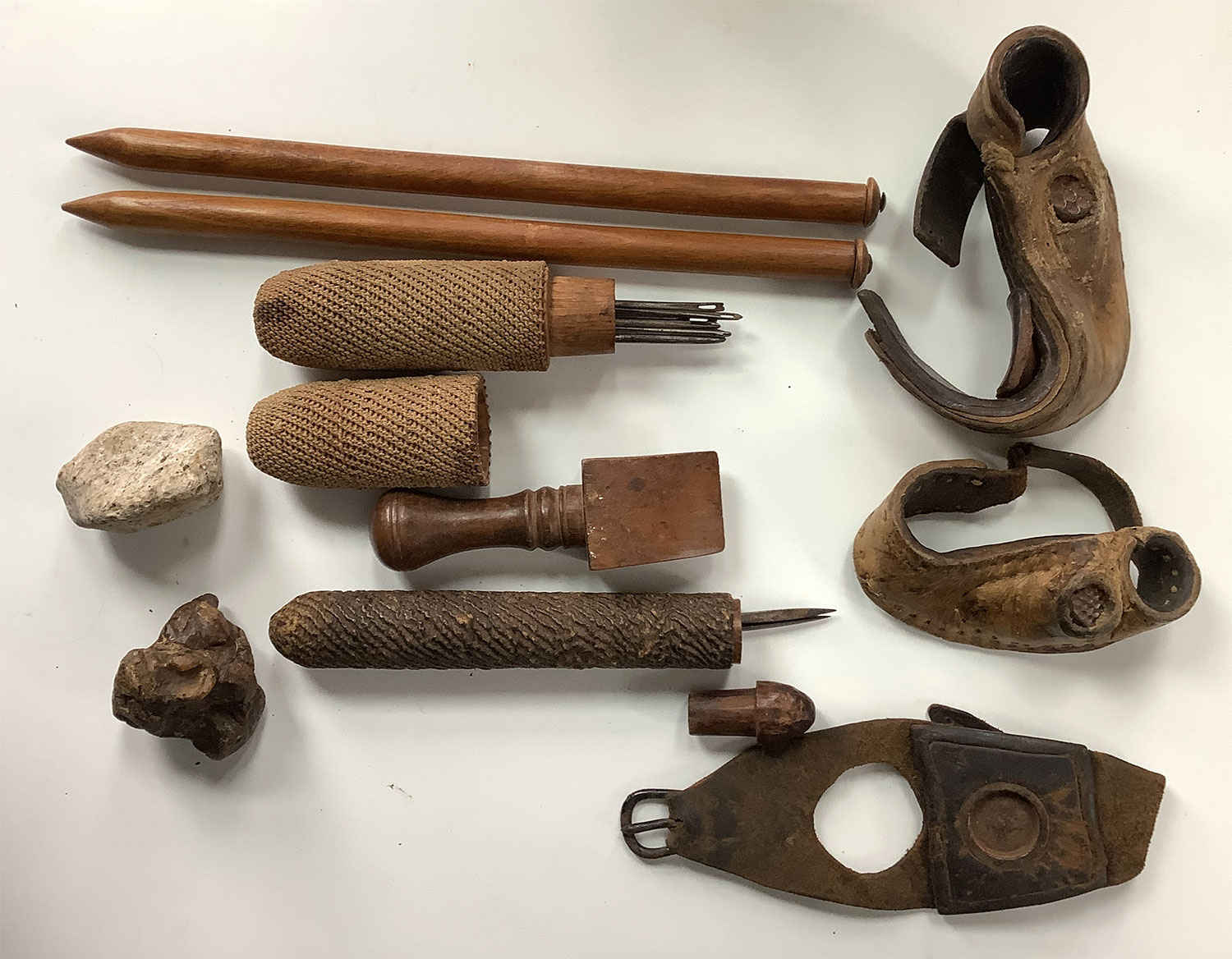
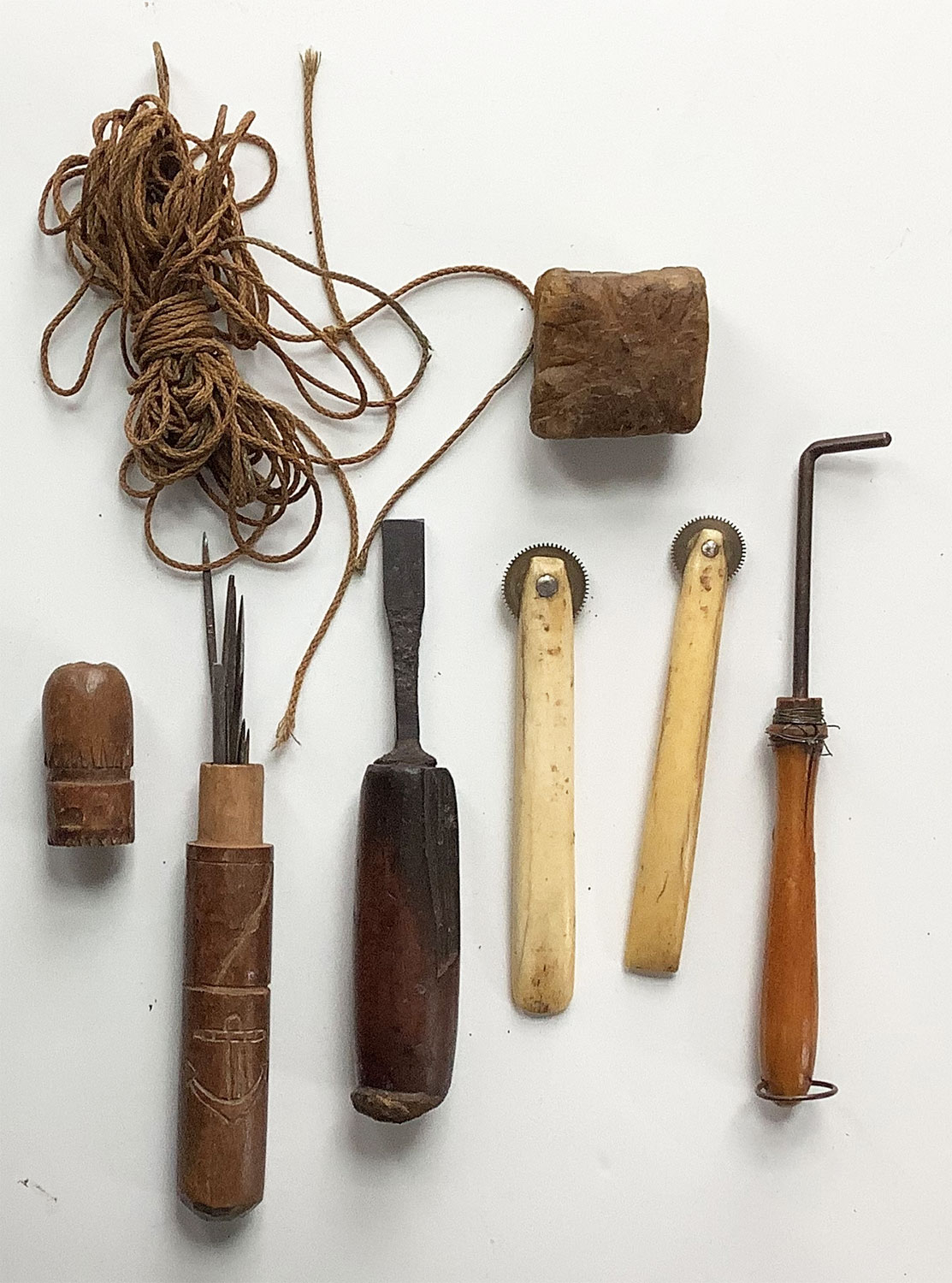
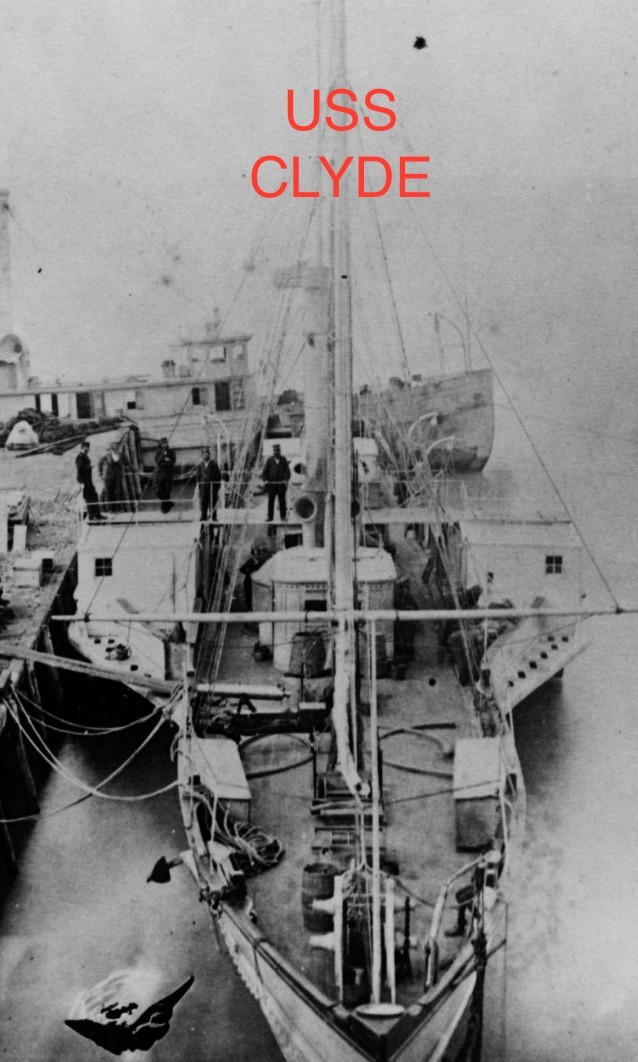
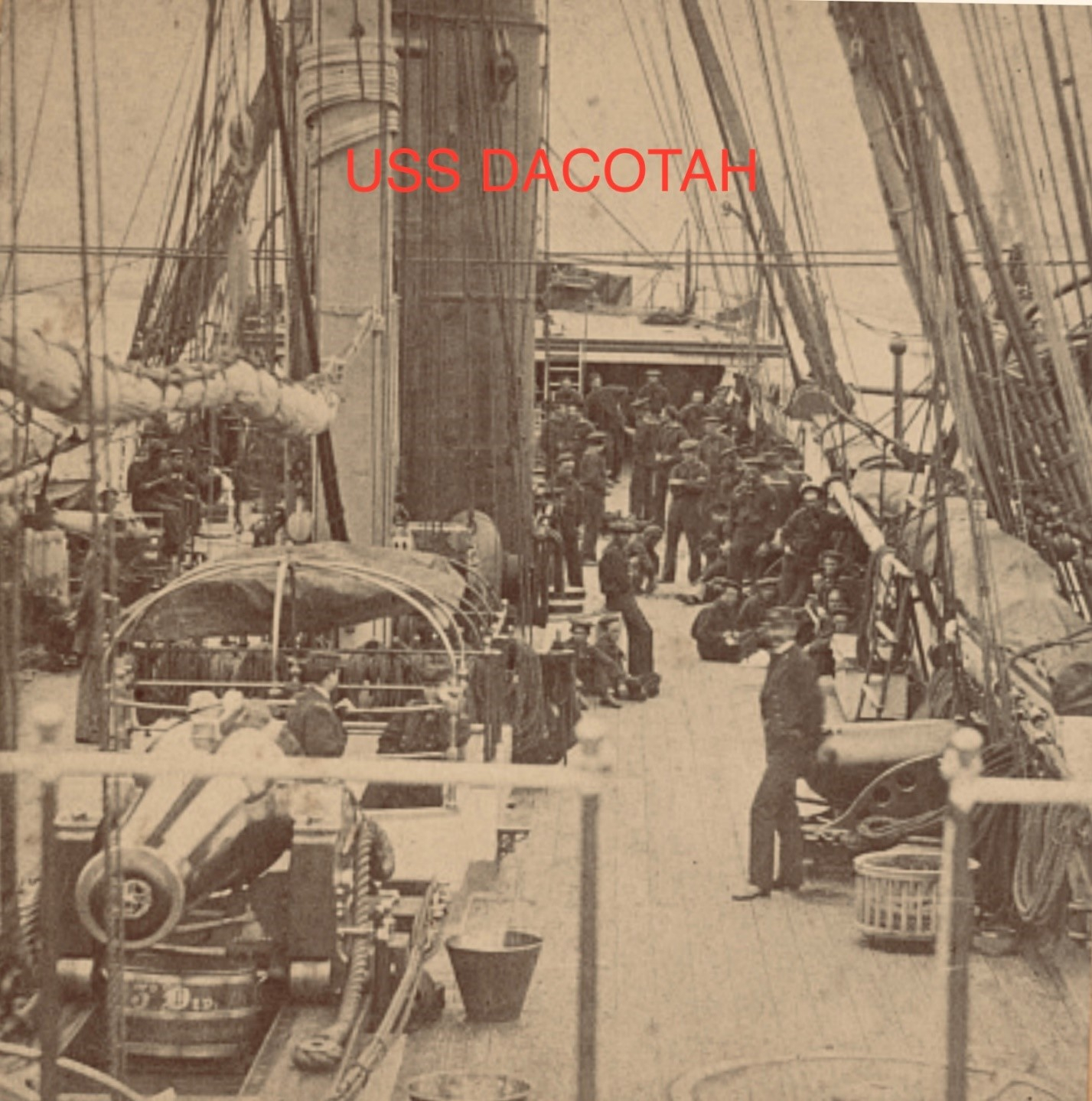
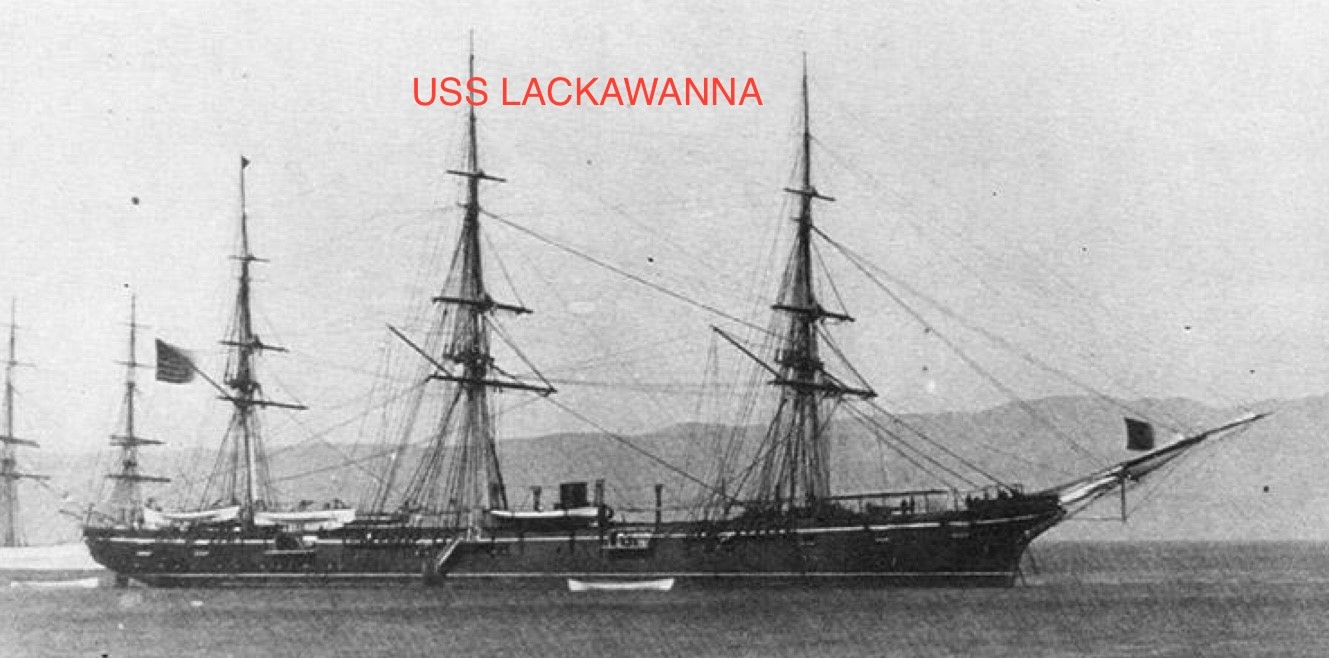
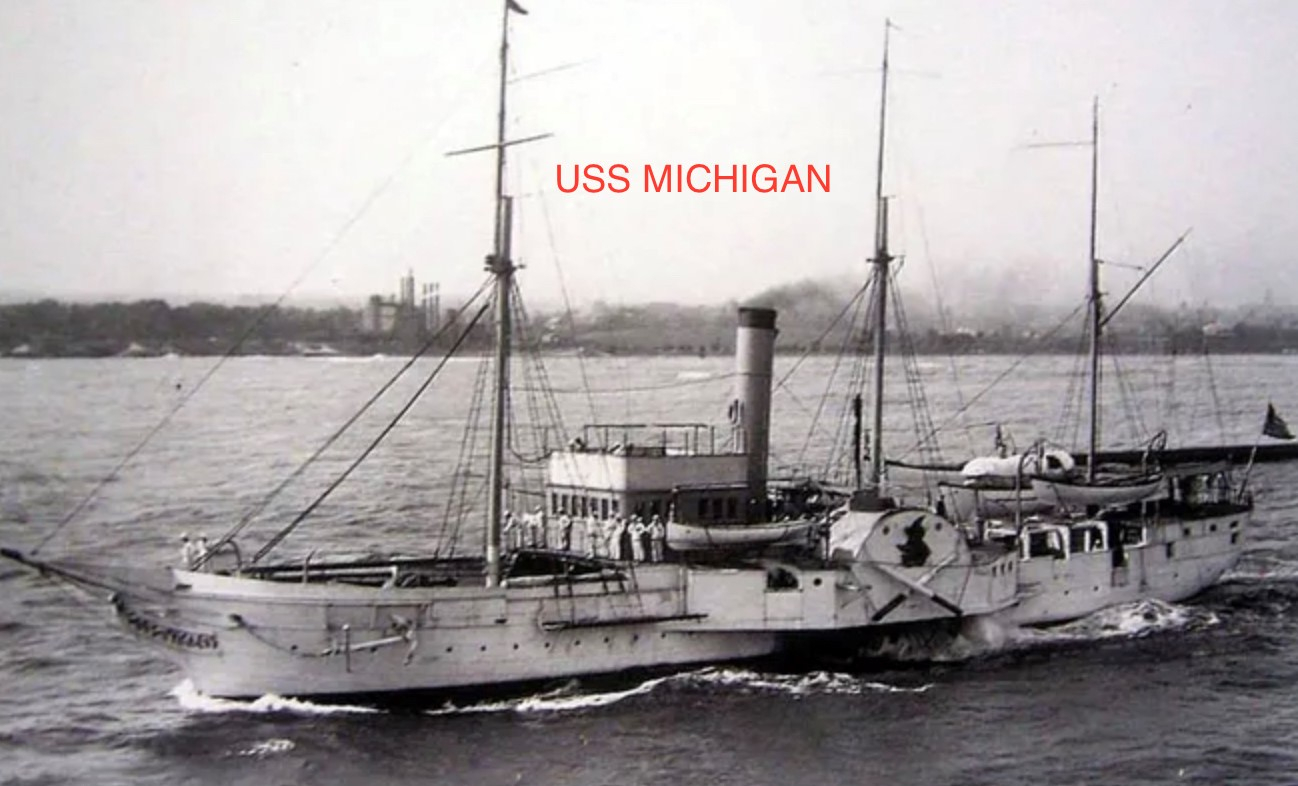
$32,000.00 ON HOLD
Quantity Available: 1
Item Code: 1179-262
This a very scarce, extensive, identified Civil War U.S. Navy grouping, once in the renowned Stamatelos collection and more recently exhibited in the Texas Civil War Museum. It has also been published several times: most notably in Ron Field’s Bluejackets and the Civil War Time-Life series, Arms and Equipment of the Union. If you are looking for a rare set and one not just like the one in the books, but the one in the books, this could be for you. It is very scarce, extensive, has a lot of active history associated with it, and has great eye-appeal.
George Washington Brown was born in New York City 4 July 1844 and was an apprentice mason when he enlisted in the US Navy at Erie, PA, on 1 April 1861. His entered service as a landsman, the lowest navy rank, on board the USS Michigan, the navy’s first iron-hulled vessel, a side-wheel gunboat with a crew of about 90, launched in 1843, commissioned in 1844, and tasked with patrolling the Great Lakes. (At first to keep an eye on the British who, for their own reasons had armed a couple of vessels, and act as law enforcement; eventually to guard against cross-border Confederate raids from Canada.) Brown was promoted to Ordinary Seaman in June, and served until discharged 5 February 1862, reportedly when the ship was briefly taken out of commission, perhaps to upgrade its armament. In any case, he re-enlisted at the Brooklyn Navy Yard on February 18, signing on as a Coal Heaver, a skill he likely picked up on the Michigan, which was later reported to consume as much as two tons of coal per hour.
With brief stints on the receiving ship North Carolina between tours of sea duty, and the Princeton while awaiting discharge on 27 February 1865, he had four different assignments, each with some action. He served on the screw-sloop Dacotah from February 28 to 27 October 1862 (we use the concluding date of last assignment as the first day of his next.) The vessel sailed from New York on March 9 to join the North Atlantic Blockading Squadron. According to the Dictionary of American Fighting Ships, “She served in the waters around Hampton Roads from 13 March to 14 September except for a cruise to New Orleans in May and June to carry messages to Flag Officer D. G. Farragut. From July 19 she was assigned to the James River Flotilla. She had several skirmishes with the Confederates including those in which a company of her sailors and Marines, destroyed a Confederate battery of 11 guns at Harden's Bluff, Va., on July 2 , and one of 15 guns at Day's Point, Va., the next day.” Silverstone’s Ships of the Civil War Navies does not mention those actions, but credits the vessel with taking part in the bombardment of Sewell’s Point in May. The ship was ordered to Nassau in early September to cruise in search of Confederate commerce raiders.
Brown was on board until October 27, when he went back to a receiving ship until January 9, 1863, when he was assigned to the USS Lackawanna, on which he served until June 20. That ship sailed from New York on January 20 to join the West Gulf Blockading Squadron based at Pensacola and was stationed off Mobile Bay. Brown was on the ship when it took blockade runners as prizes on two successive days: the Neptune, after a long chase on June 14, and the Planter on June 15.
Following another stint on a receiving ship, On July 30 Brown joined the Potomac Flotilla, a fleet of light-draft vessels operating on Chesapeake Bay, the Potomac, and various tributaries, with numerous expeditions up the Rappahannock and other waterways and some fighting with Confederates on shore. Brown’s ship assignment is not given, but there was some excitement during his month-long service with the Flotilla: on the night of August 22 CSN Lt. John Taylor Wood captured the US gunboats Satellite and Reliance off Windmill Point on the Rappahannock.
After leaving the Potomac Flotilla on 5 September 1863, Brown was directly assigned to the USS Clyde, a reunion of sorts: the ship was former Neptune, captured by the Lackawanna back in June. Brown served on the vessel as a Coal Heaver until June 30, 1864, when he was promoted to Second-Class Fireman. The Clyde sailed from Washington on September 6 (Brown’s assignment with the Potomac Flotilla had been precisely to Sept. 5) and arrived at Key West September 13 for duty with the East Gulf Blockading Squadron. She patrolled the coastal and inland waters of western Florida and among the Florida Keys. During Brown’s service, the vessel captured the Confederate schooner Amaranth, carrying sugar and cigars, 27 September 1863, and participated in two boat expeditions up the Suwanee and Waccasassa rivers, capturing nearly 200 bales of cotton.
Brown was promoted to Second Class Fireman in June 1864 and remained on the Clyde until 31 January 1865. He was discharged at the Philadelphia Navy Yard on 27 February 1865, and returned to civilian life, but joined the navy once more in January 1877, serving for a year in his old position as Second Class Fireman onboard the screw frigate Franklin and monitor Ajax. He returned to his trade as mason in Brooklyn and married in 1878. The 1880 census picks him up as plasterer, living with wife Harriet and 11-month old son Herbert. The 1910 census picks him up still in Brooklyn with wife Harriet and three sons: Herbert, Frederick, and George, and lists him again as a mason. His wife seems to have died in November 1911, and he some time in 1915 or 1916.
The grouping includes the following material:
SENNIT HAT
A broad-brimmed straw hat with 3” tall crown with flat top. 3 ½” wide brim, with the edge bound in narrow black with pale blue stitching the matches the cloth on the underside of the brim. 1” wide silk band around the bottom, tied in a bow against the base of the crown with two forked tails, 7” and 8” long. Floral pattern cloth lining the sides with short overlap to crown, sewn to and bottom. Under side of top is card stock sewn to straw with broad spiral stitching. 1 ¾ inch black patch on top.. oxidizing slightly to brown. Two superimposed five pointed stars in white blue and orange, maybe orig red, with ten small crosses (stars) between the points. Sewn in place stitching visible.
FATIGUE CAP
Indigo-dyed wool cap made of six triangular pieces sewn together for cap body, with scalloped flap along the sides and back that can be turned down to cover the ears and back of the neck. A separate flap at the front is turned up and secured with a single mother-pearl button. The edges are trimmed with braid having a faint light blue cast. The same trim surrounds a padded rondel at top center of the cap that has a single mother-of-pearl button at center, in imitation of the embroidery often added by sailors to the standard flat cap. The condition is very good, with just some scattered pencil-point moth nips exposing some slightly lighter blued thread underneath, with one ¼” spot on the lower front edge and a similar one on the wearer’s lower left front.
BLUE JUMPER
This features an embroidered pocket on the upper left chest lined with red cotton drill. The wide collar is trimmed with narrow white braid stitched along the edge, fastened down with a small multicolored button on each side on the front and with the rear corners each bearing an embroidered white star. The cuffs are functional, each fastening with two mother-of-pearl buttons. The yoke has a machine-stitched bib design on the upper chest and the lower edge of the yoke has a machine stitched scallop design border of symmetrical straight lines and semicircles. Brown’s initials, GWB, are stenciled in white twice on the underside of the collar, and once on the lower front exterior of the body. The left sleeve bears a white, faded pink, and blue embroidered star over a white line and bordered with a with oval, likely indicating Brown’s rating as a Second Class Fireman. The condition is excellent. We see just a bit of moth damage on the left rear skirt near the hip. Nothing egregious or in need of backing either for stability of display.
BLACK SILK KERCHIEF
Made of wide black silk folded or rolled several times lengthwise to a 2-inch width. A turk’s head cord knot that would be on the back of the wearer’s neck holds it in shape. Hung straight, this measures about 20 inches, but would be much shorter of course as looped around the neck. The lower ends are tied in a flat knot and have lines of black stitching crossing to form diamonds at the tips. Condition is very good, though with a slight bit of wear/fraying on the left edge about 6 inches down from the cord knot, likely from wear against the shoulder.
PATRIOTICALLY EMBROIDERED FATIGUE OR UNDERSHIRT
Field calls this a yoke-pattern undershirt. Short-sleeved and with a collar-less crew neck, it is rather like a heavy weight modern T-shirt, though with white thread used along the border of the yoke and both the neck and sleeve ends decorated with lines of red and white stitching. Prominently embroidered on the upper front at the neckline is a United State shield, with wide embroidered edges, scallop top and upper canton embroidered with tiny white crosses for stars on the blue field, and seven vertical stripes embroidered in red, white, what is now a pale pink or gold. This is flanked on either side by crossed stars and stripes U.S. flags embroidered in red and white on the underlying blue fabric, with the fly ends of the flags curling back to the staffs to end at their crossing point. Brown’s GWB initials are partially visible on the exterior of the lower right tail. The condition is good- stable and very displayable, though this was clearly his work shirt and there is a large moth hole, about 2 x 3 inches on the wearer’s left and 1 x 3 on his right, at front edge of the armpit where sweat obviously attracted moths in storage. Other than that there are just a couple of smaller moth bites, and even these blend in pretty well with overall dark blue fabric of the shirt and it displays quite strongly as a great example of sailor art.
BLUE TROUSERS
Dark blue drop-front trousers with two mother-of-pearl buttons fastening the waistband and fourteen securing the flap. The waistband is lined with a wide band of tartan pattern cloth and the inside of the flap with blue calico, or dungaree. The rear waist is adjusted by a black silk ribbon feeding through button holes on either side of a split. The condition is very good with only a few small moth holes on the wearer’s right leg at the top near the crotch and a couple more lower down on either leg. None are particularly large or in need of backing.
WHITE CANVAS DUCK TROUSERS
The front flap is secured by four buttons (Field called these mother-of-pearl, but they look bone to us) with another two securing the wide waist band and two more below them hidden by the flap. The waist is adjusted by cloth ties through sewn eyelets and the split in the waist band is backed with blue “nankin.” This is used to line portions of the front flap as well so that is shows as a narrow blue edging from the front. The flap is also decorated with stitching along its lower front edge that loops up to create three slightly oval curves creating something of a horseshoe effect. The condition is very good. The fabric is an off-white or cream color with scattered thin brown stains. The interior is stenciled several times with Brown’s GWB initials, though he seems to have amused himself by using blue for his middle initial, and the number 55. A larger number in blue, 162, is also present, as well as the name “Austin” in block letters with a reversed “N,” indicating the trousers had been issued first to another sailor. The waist band shows a small sewn grommet at either side, likely to secure thongs or cords to hang these up for drying. Condition is very good, though showing soiling and stains, as should be expected.
WHITE SUMMER WEIGHT TROUSERS
A summer weight pair of white trousers. No pockets. Fall front closed by 12 bone buttons with 4 more from the waist band down the front behind the flap. Lined in the waist, seat, and half length in the legs with a blue striped white fabric. Decorative lines of stitching creating a border about 1 ½ inches wide encompassing the buttons of the flap and then running back up on each side creating the illusion of a pocket at the side. Condition is excellent. Minor stains.
WHITE CANVAS DUCK WORK TROUSERS
Flap fastened with eight bone buttons with four more on the waistband and fly. The waist is adjusted by a brown silk tie running through small metal, likely pewter, grommets. A similar grommet on either side of the waist secures a small cord for hanging them up to dry on wash days. Brown’s GWB initials and number 55 are stenciled and stamped repeatedly in black inside the waistband. The condition is very good, with minor overall stains.
TOOLS
The group includes and assortment of small tools. Four wood fids- turned conical spikes used to splice rope, including one very large one about 23 inches long, and two small narrow ones with metal end caps. Wood mallet. Large sewing needles in cylindrical wood case. Two bone handled crimpers. Block of wax. Twist of thick string or cord. Two small tools. Heavy weight sewing needles in two cord-wrapped cylindrical cases. Three sailor’s palms made of leather and metal, used for sewing sails. Wood chisel or wedge. Small block of wax. Small dried sponge.
This group is extensive, historic, and has a great deal of eye appeal, particularly in the sailor’s personally added decoration to his issue clothing.
[sr] [ph:L]
May require additional shipping charge.
~~~~~~~~~~~~~~~~~~~~~~~~~~~~~~~~~~~
THIS ITEM, AS WITH ALL OTHER ITEMS AVAILABLE ON OUR WEB SITE,
MAY BE PURCHASED THROUGH OUR LAYAWAY PROGRAM.
CLICK HERE FOR OUR POLICIES AND TERMS.
THANK YOU!
Inquire About IDENTIFIED CIVIL WAR US NAVY GROUP OF G.W. BROWN, PUBLISHED IN TIME-LIFE AND IN BLUEJACKETS, EX-STAMATELOS COLLECTION AND TEXAS CIVIL WAR MUSEUM
Most Popular
Historical Firearms Stolen From The National Civil War Museum In Harrisburg, Pa »
Theft From Gravesite Of Gen. John Reynolds »
Selection Of Unframed Prints By Don Troiani »
Fine Condition Brass Infantry Bugle Insignia »
featured item
CONFEDERATE OFFICER’S CAVALRY SABER WITH BRASS SCABBARD, MADE BY THOMAS GRISWOLD & CO., NEW ORLEANS
The company manufactured swords to sell at retail on the New Orleans market. It is also known that Thomas, Griswold & Company made swords for the Confederate and various Southern state governments. The operation continued until the fall of New… (302-124). Learn More »
site search
Upcoming Events
The shop is currently closed so that we may conduct our annual inventory. We are available by phone… Learn More »


